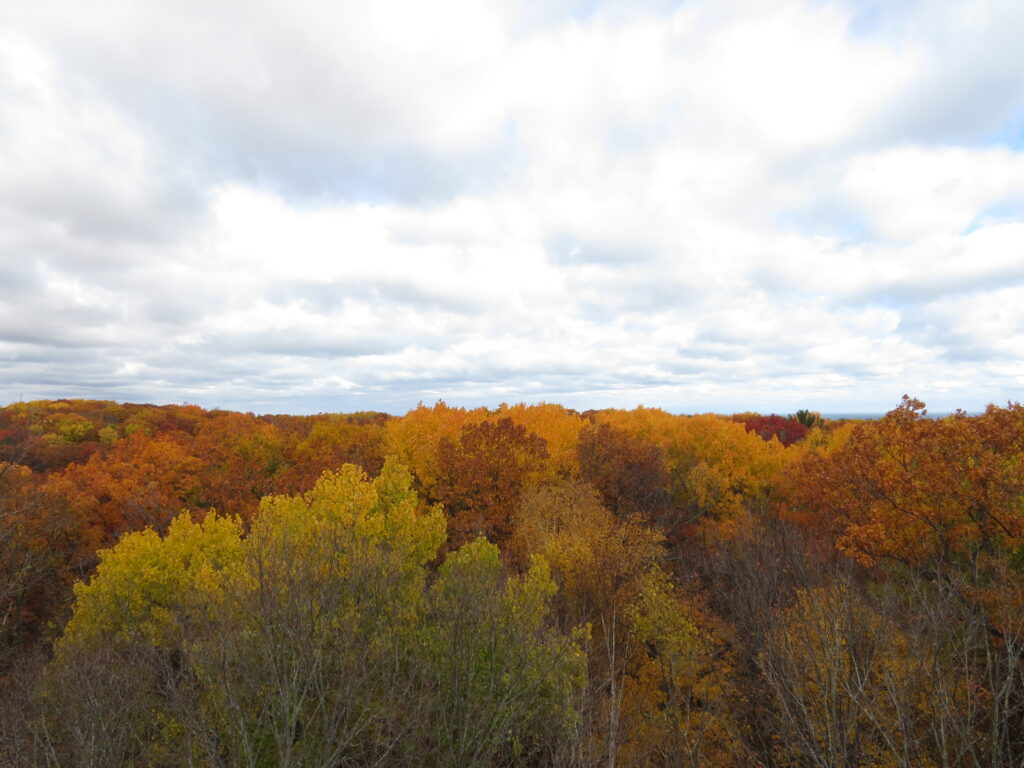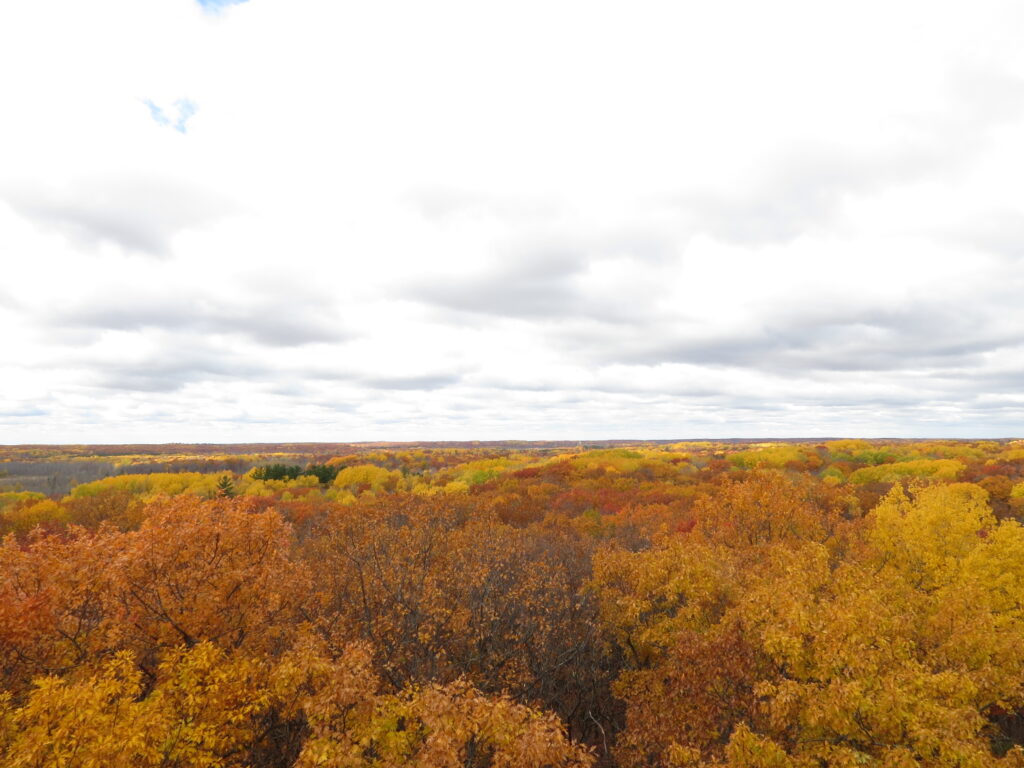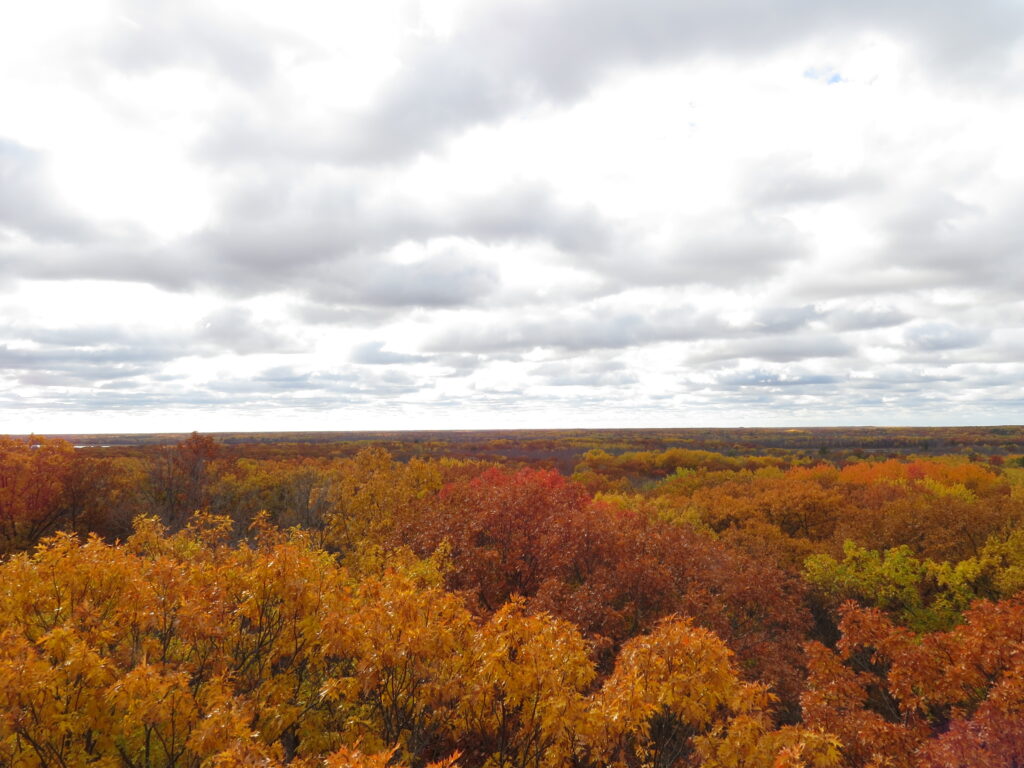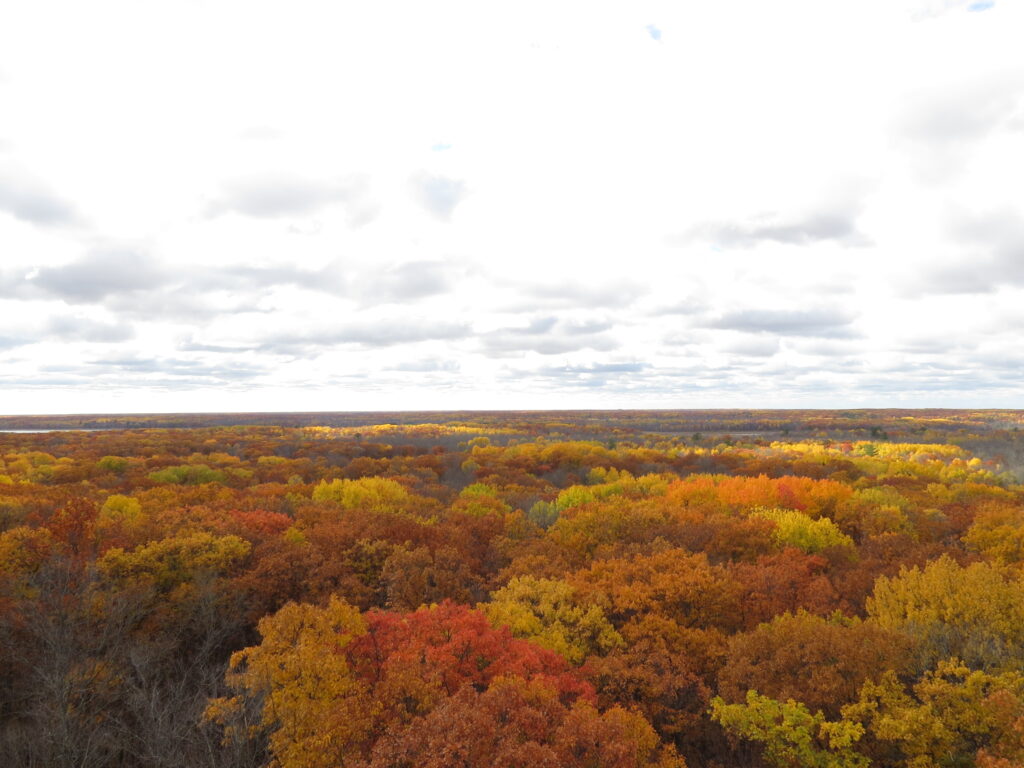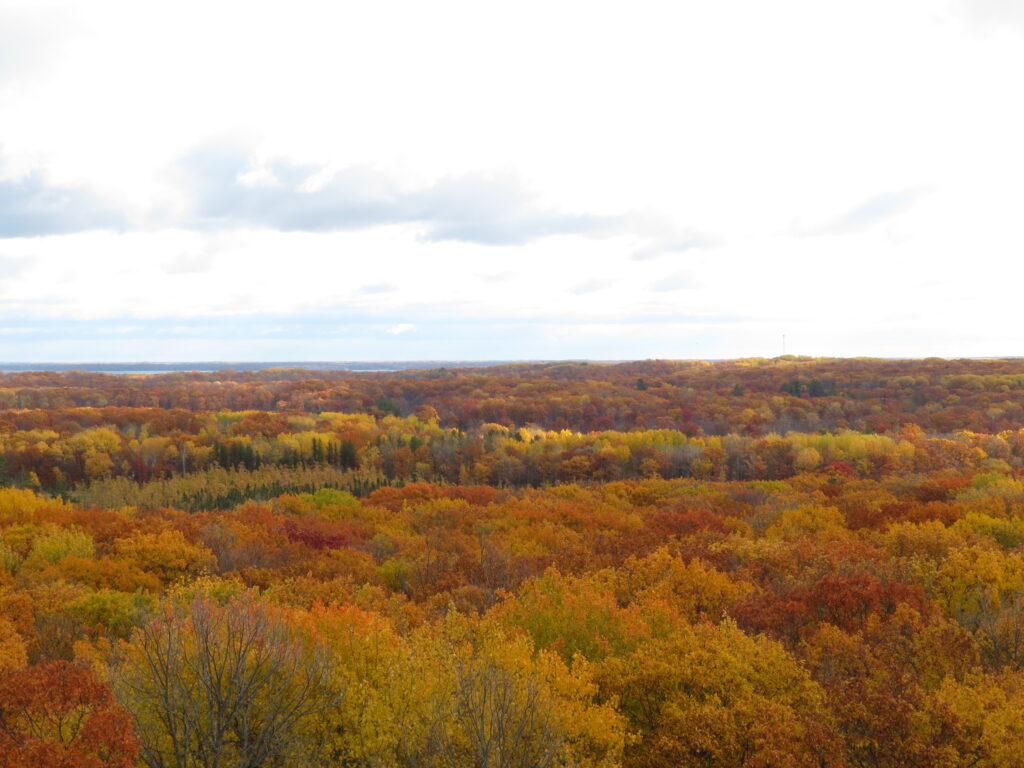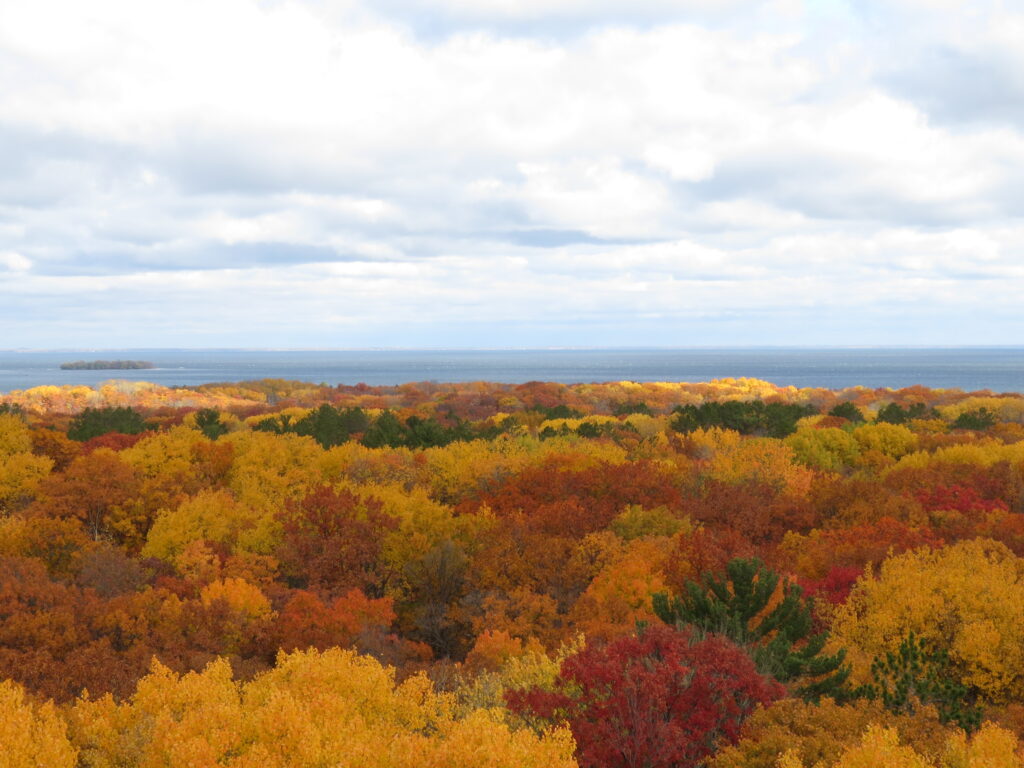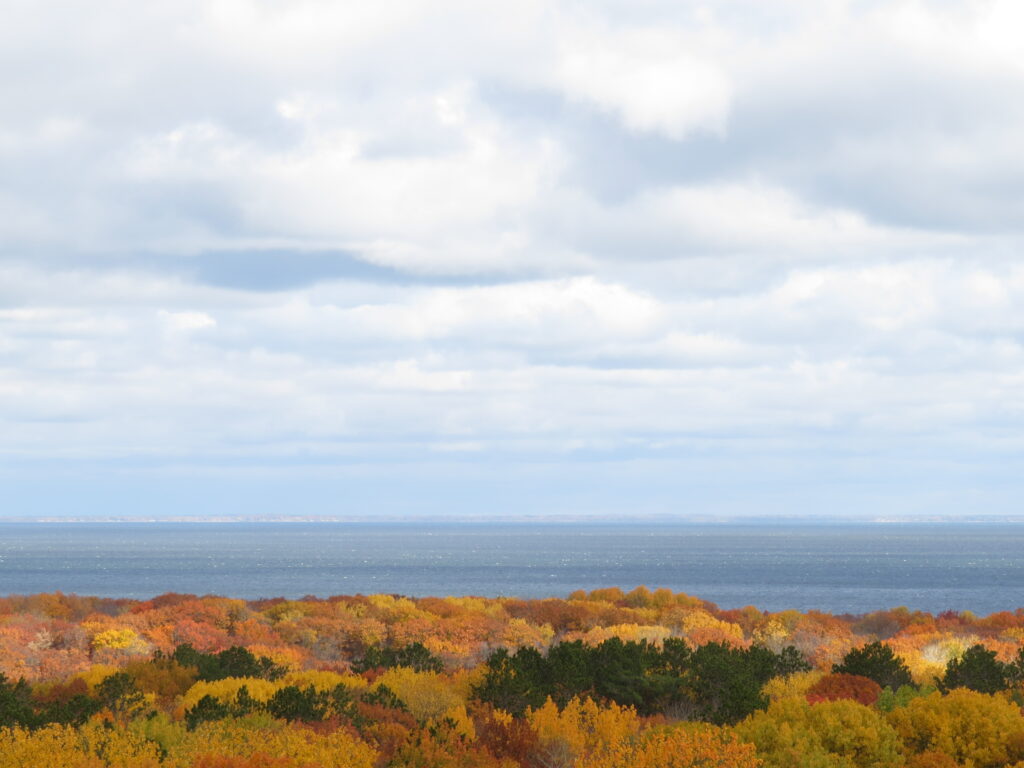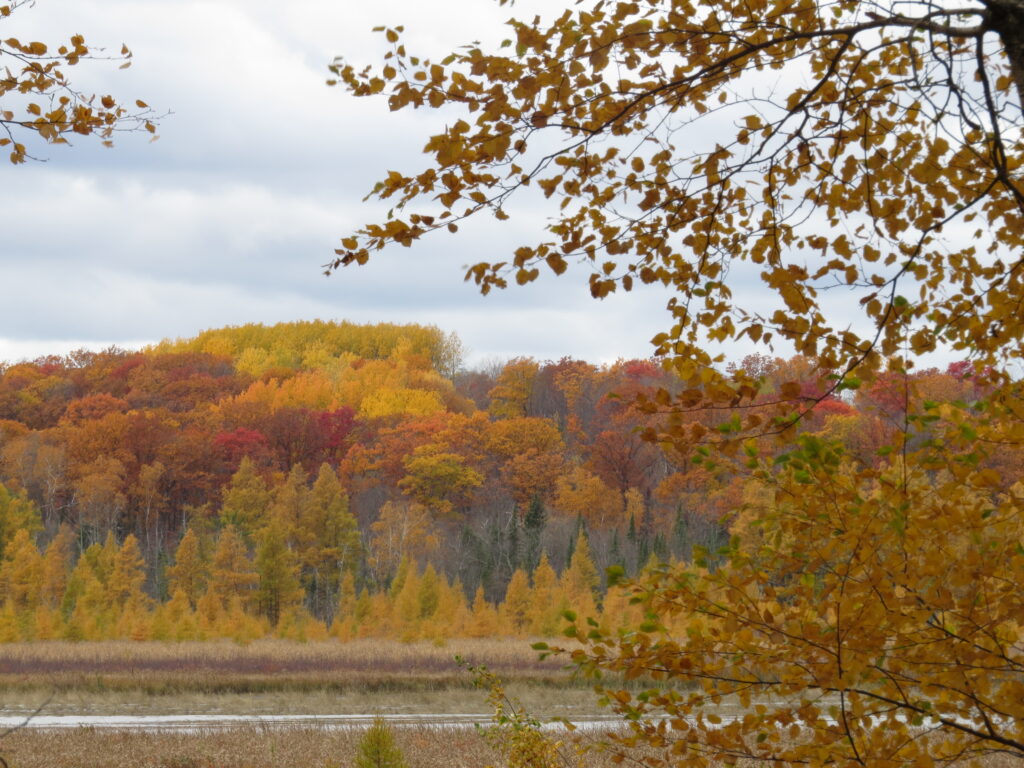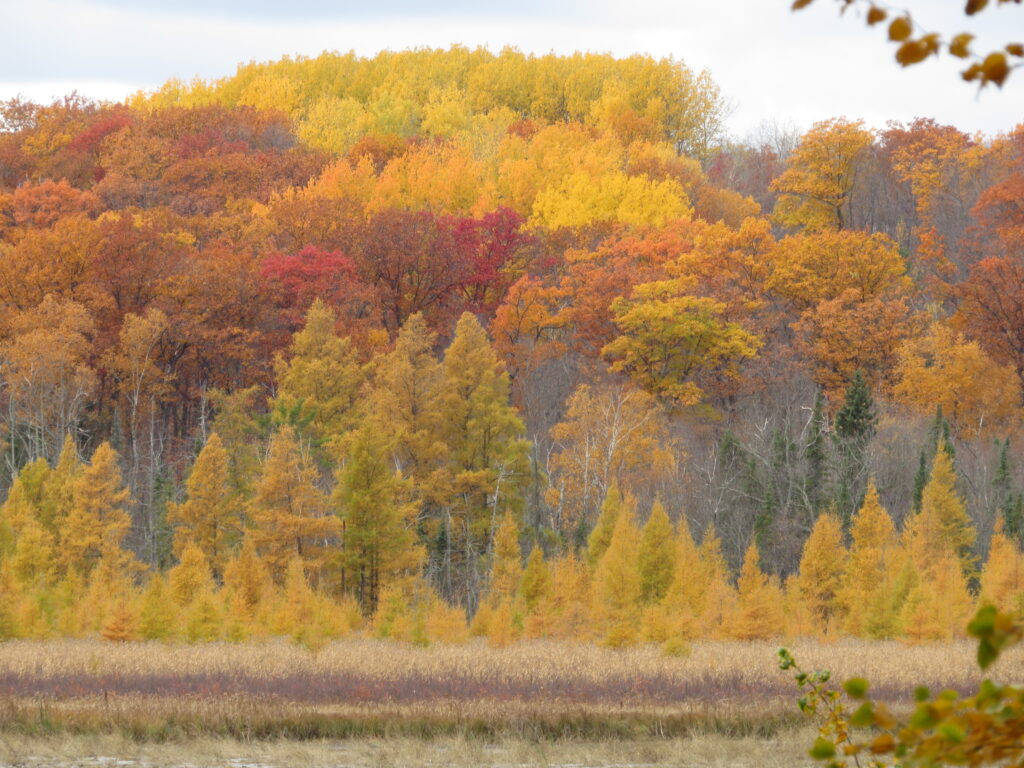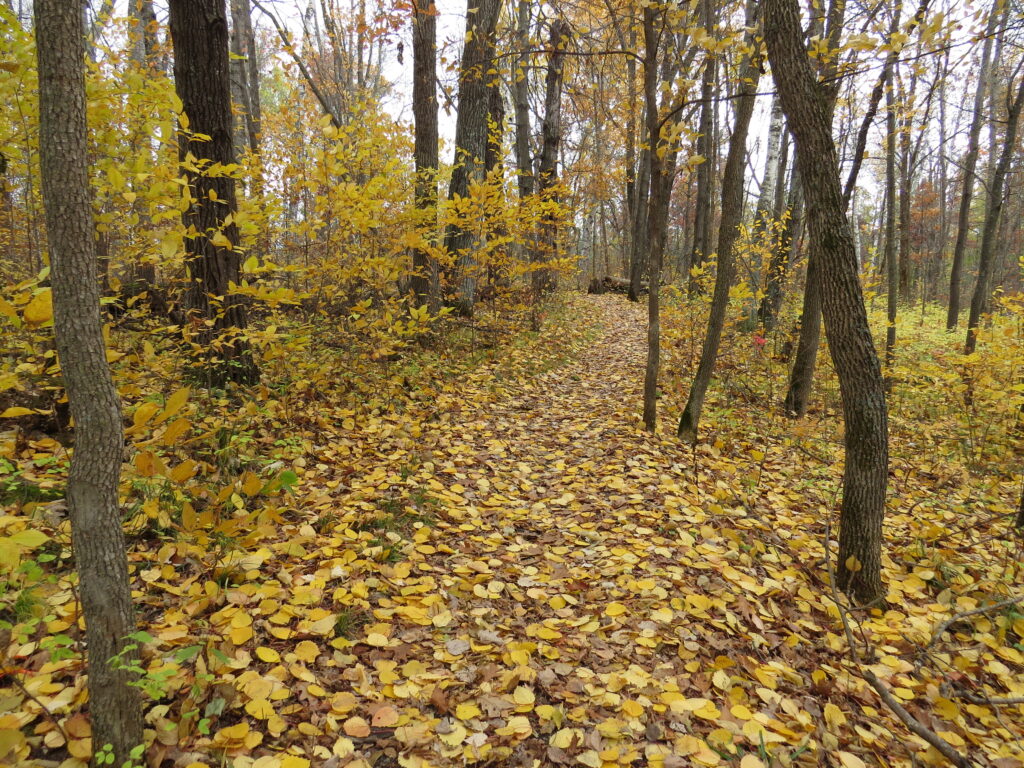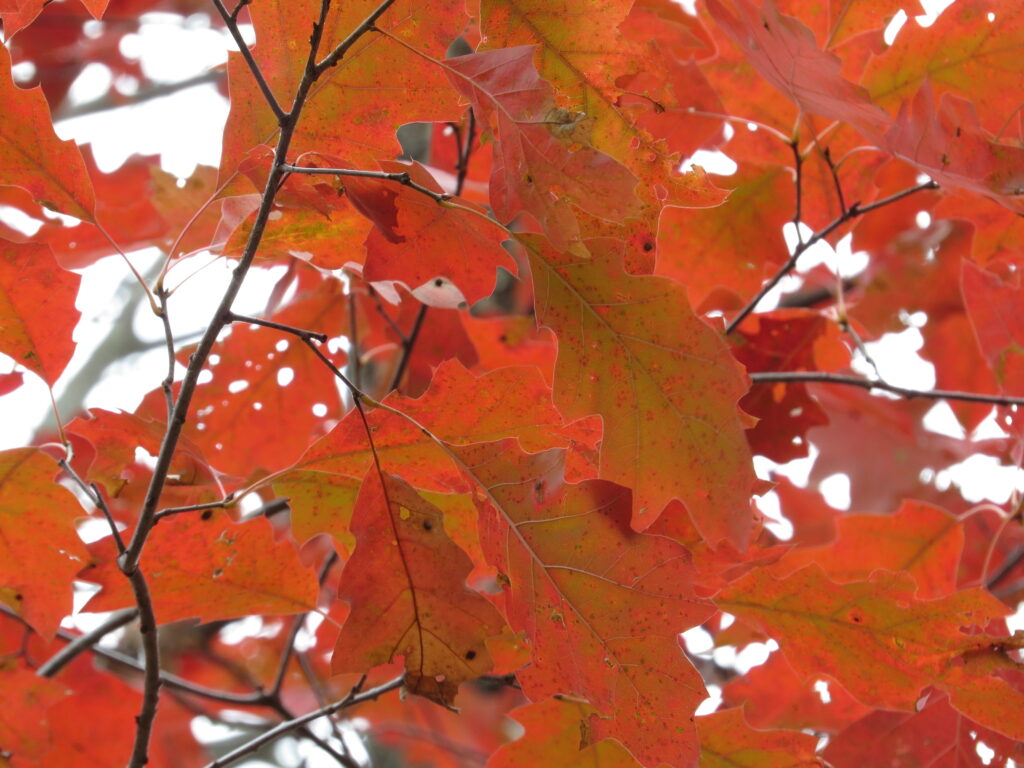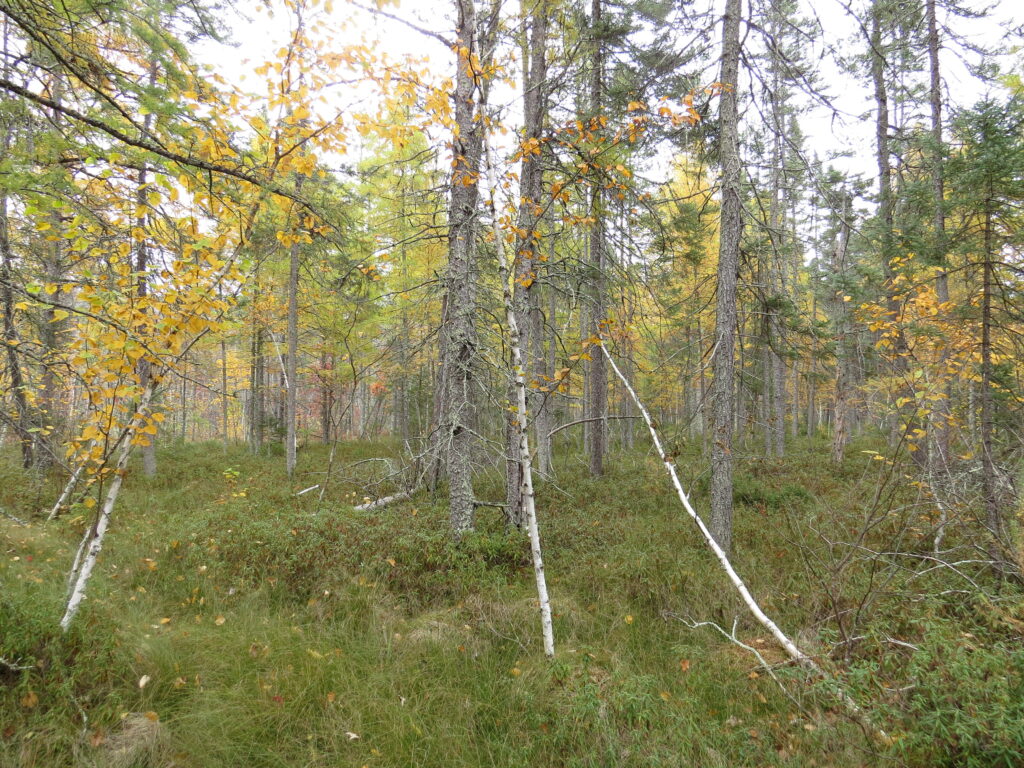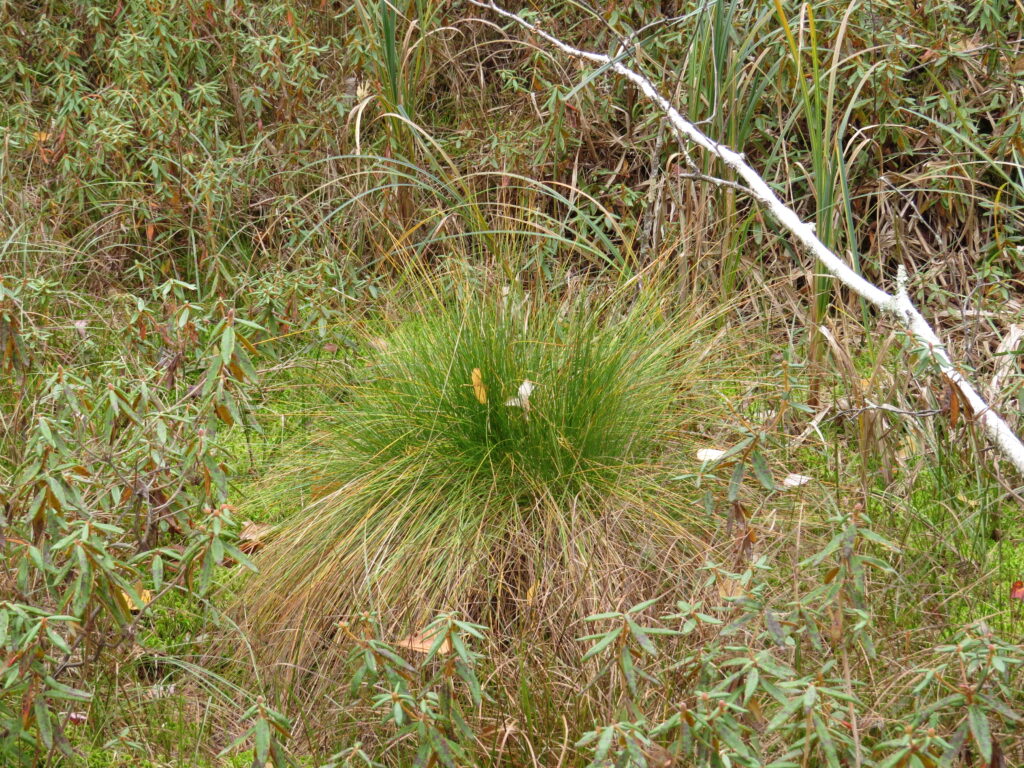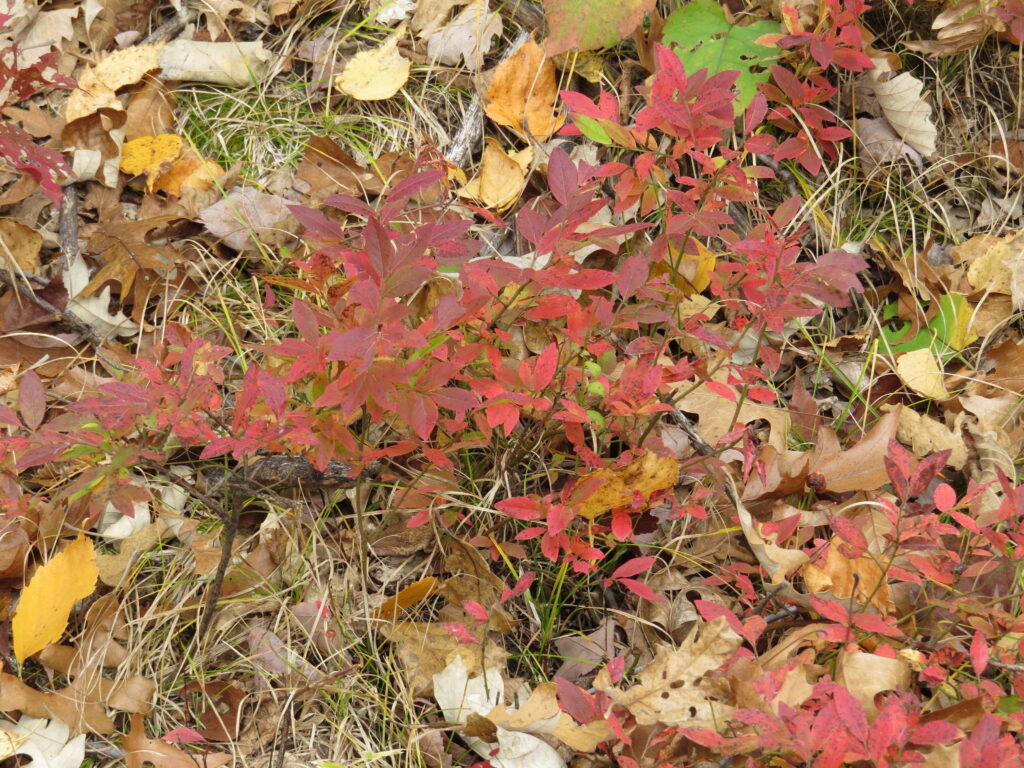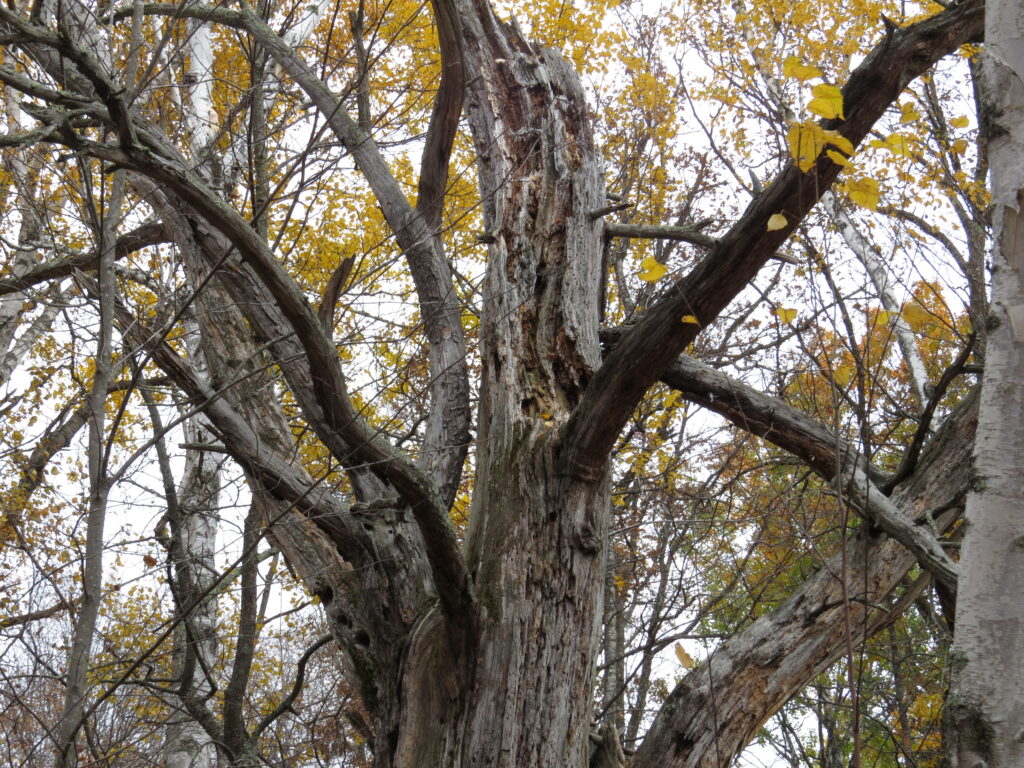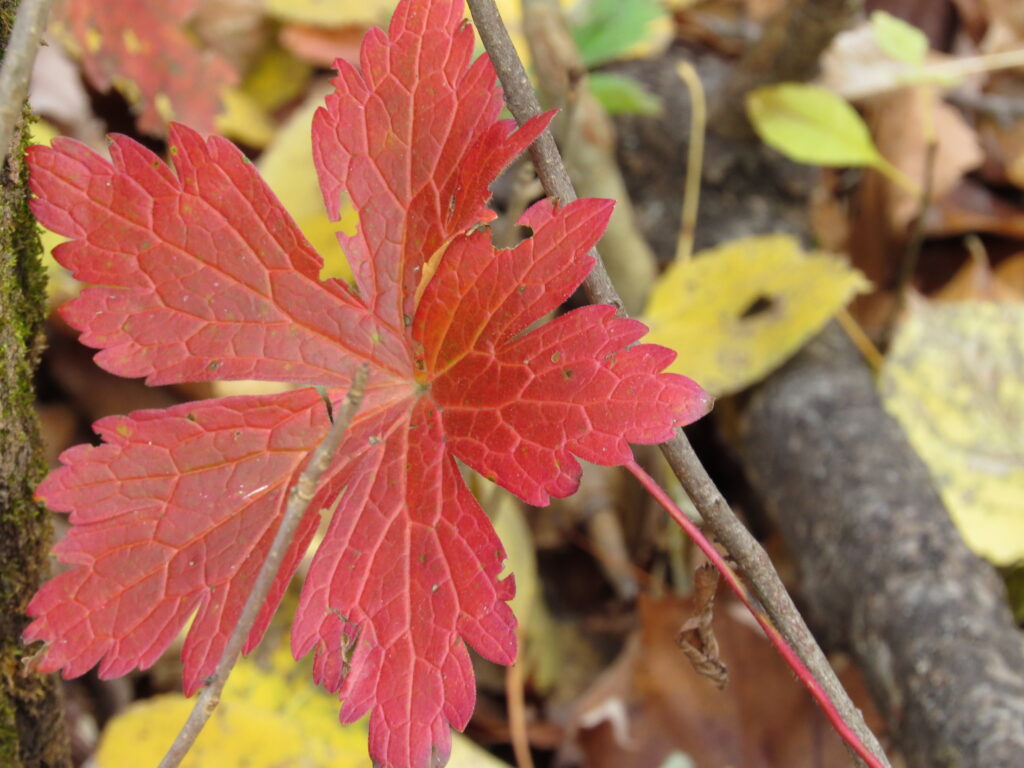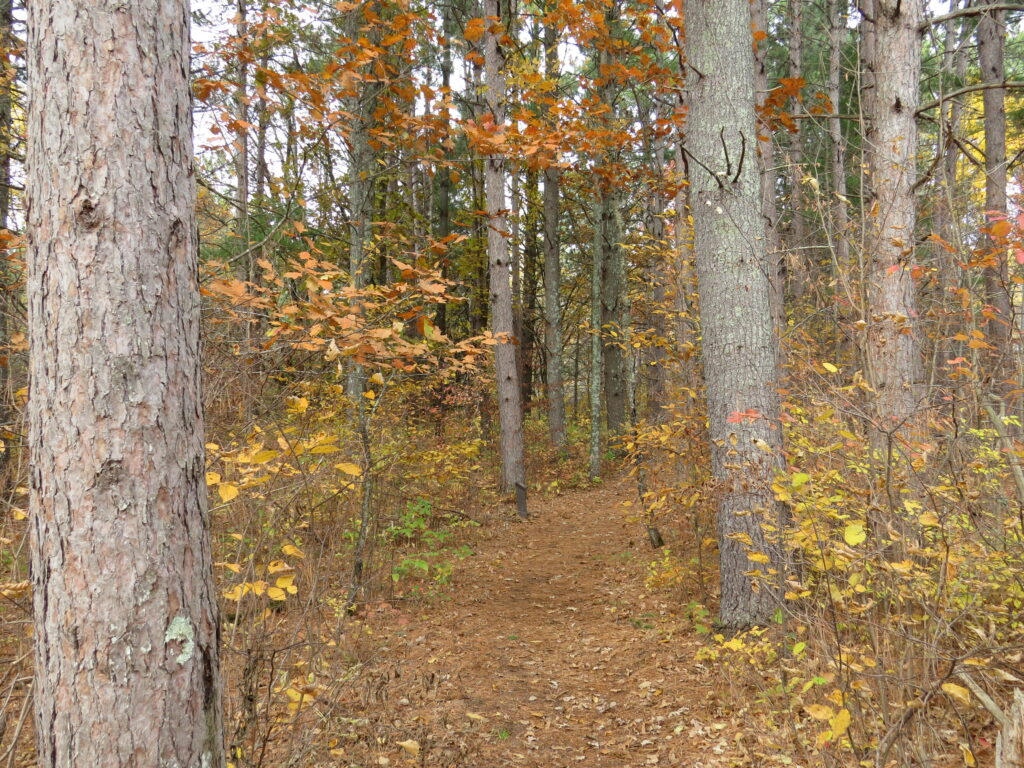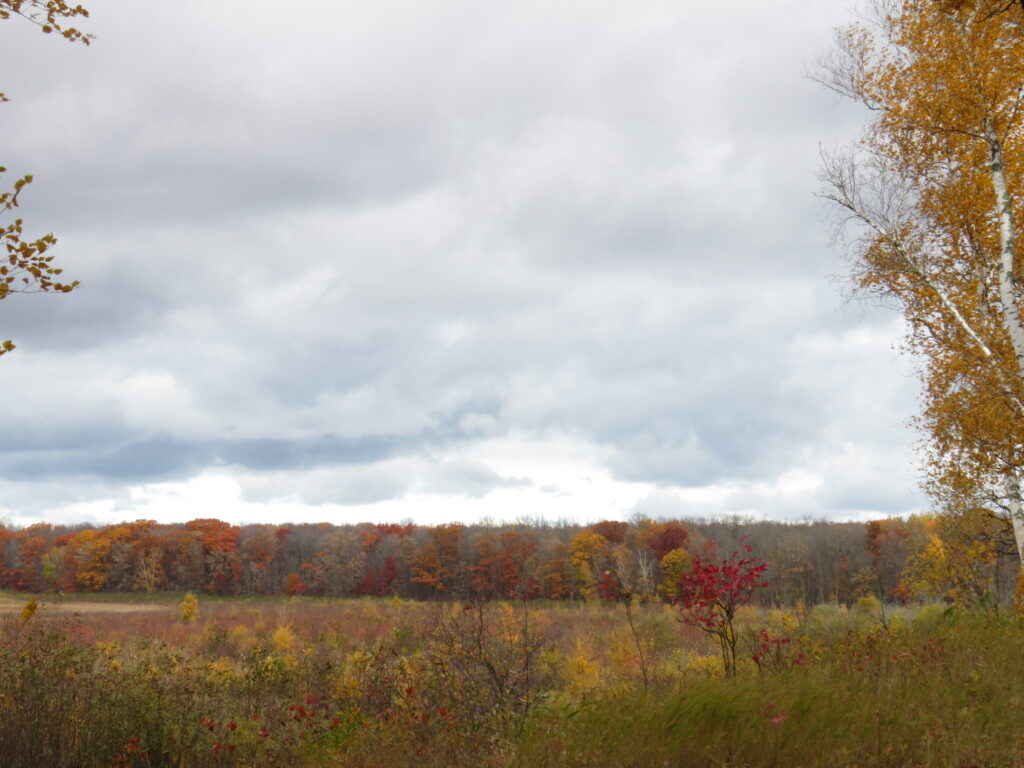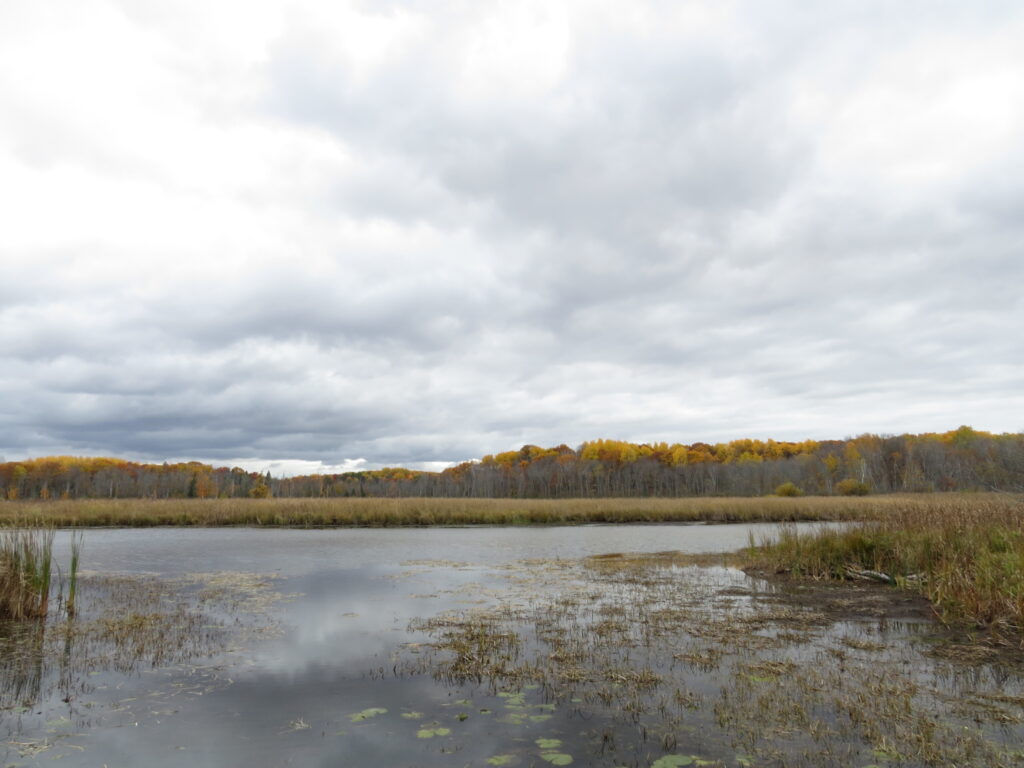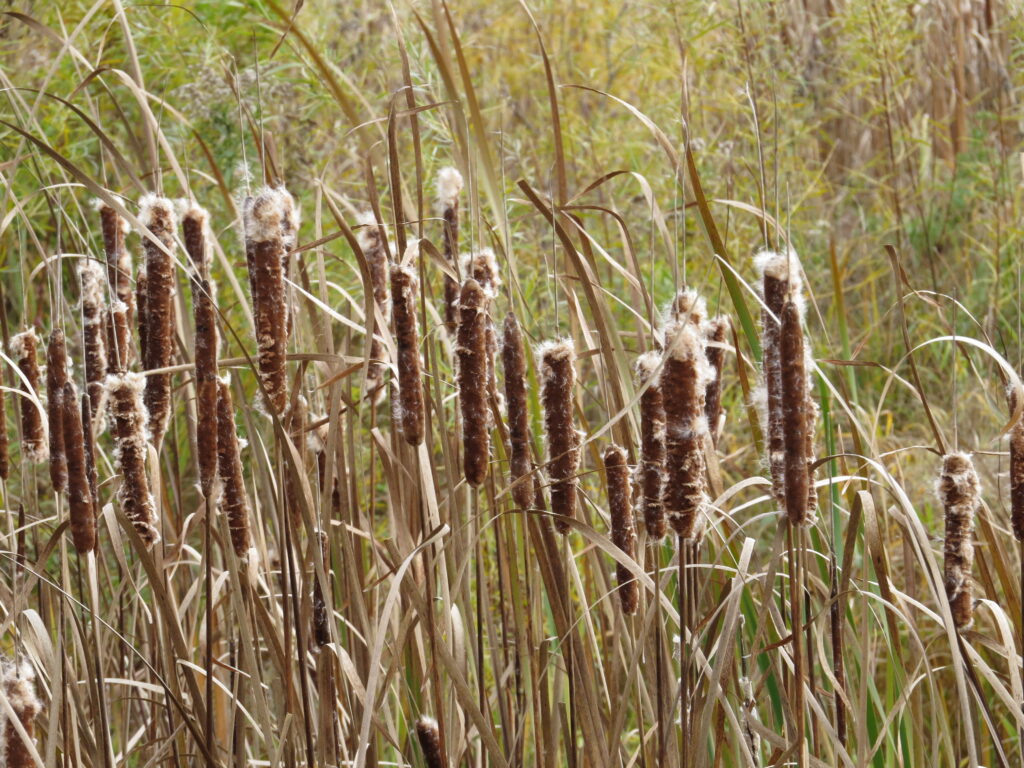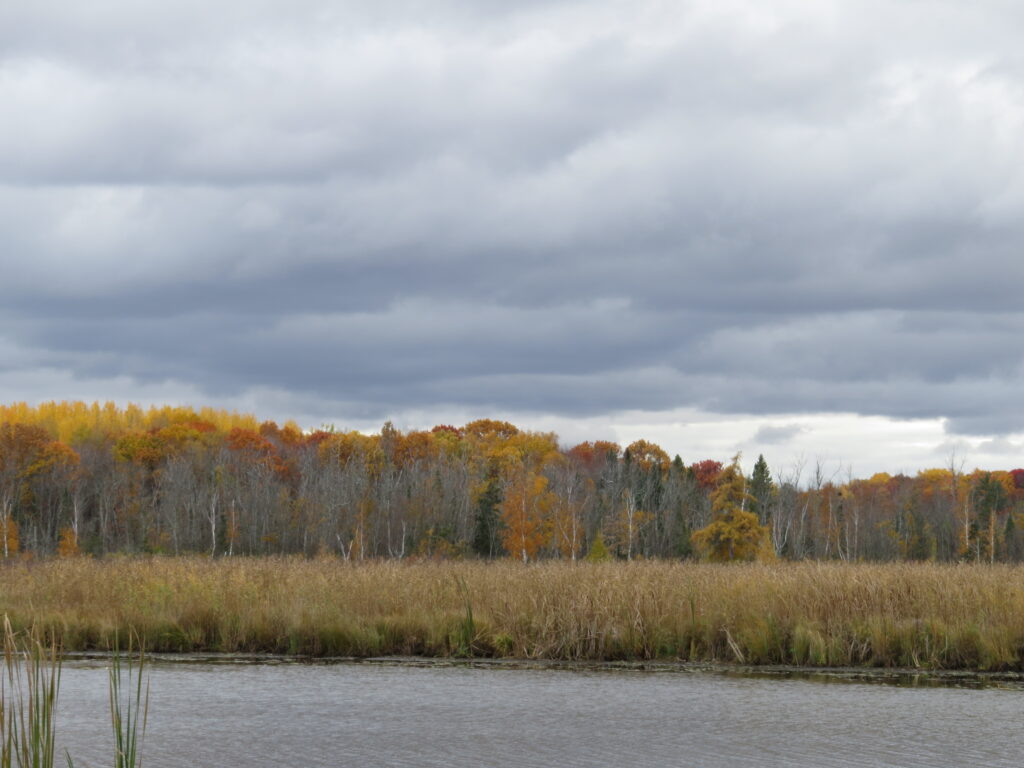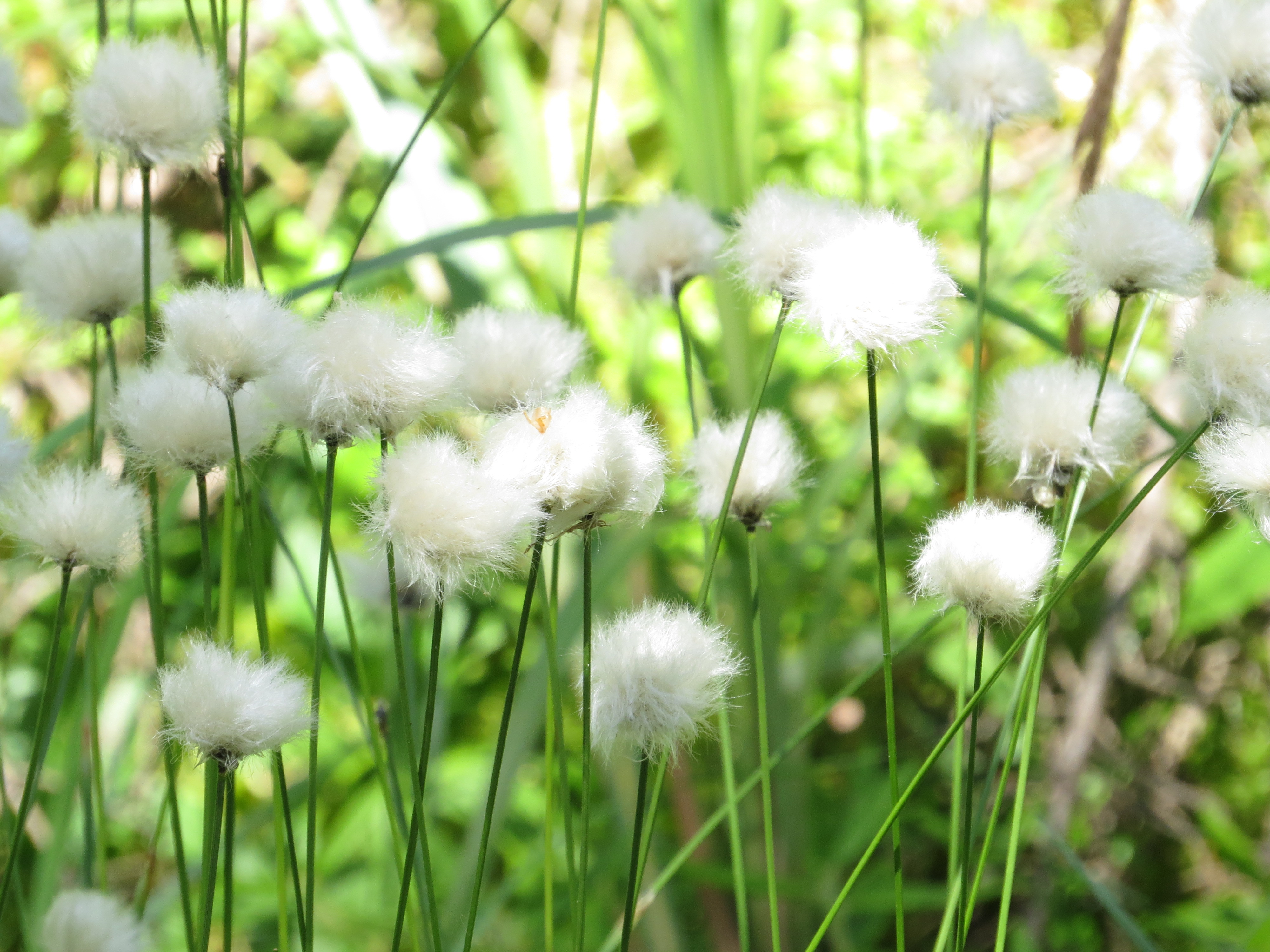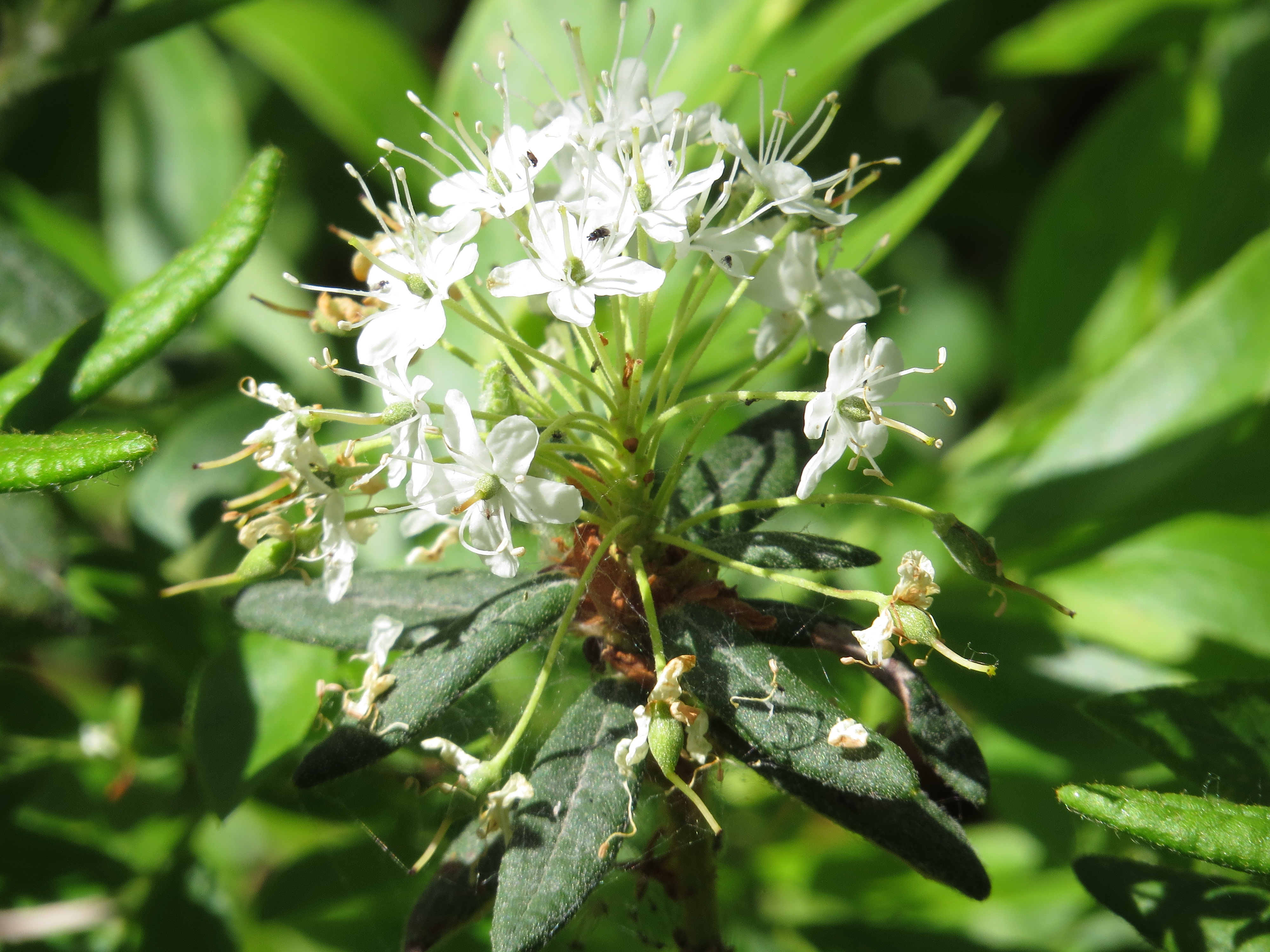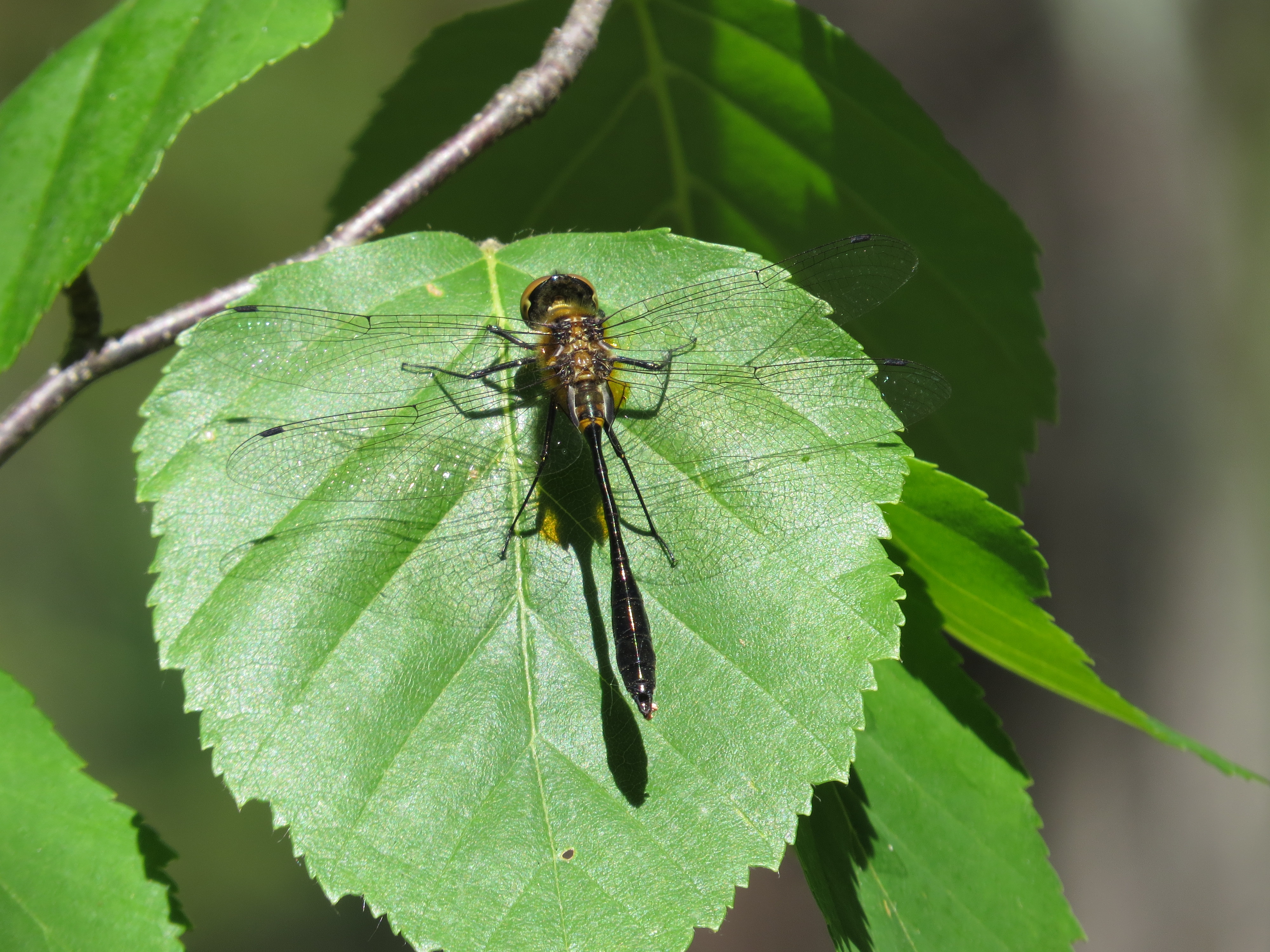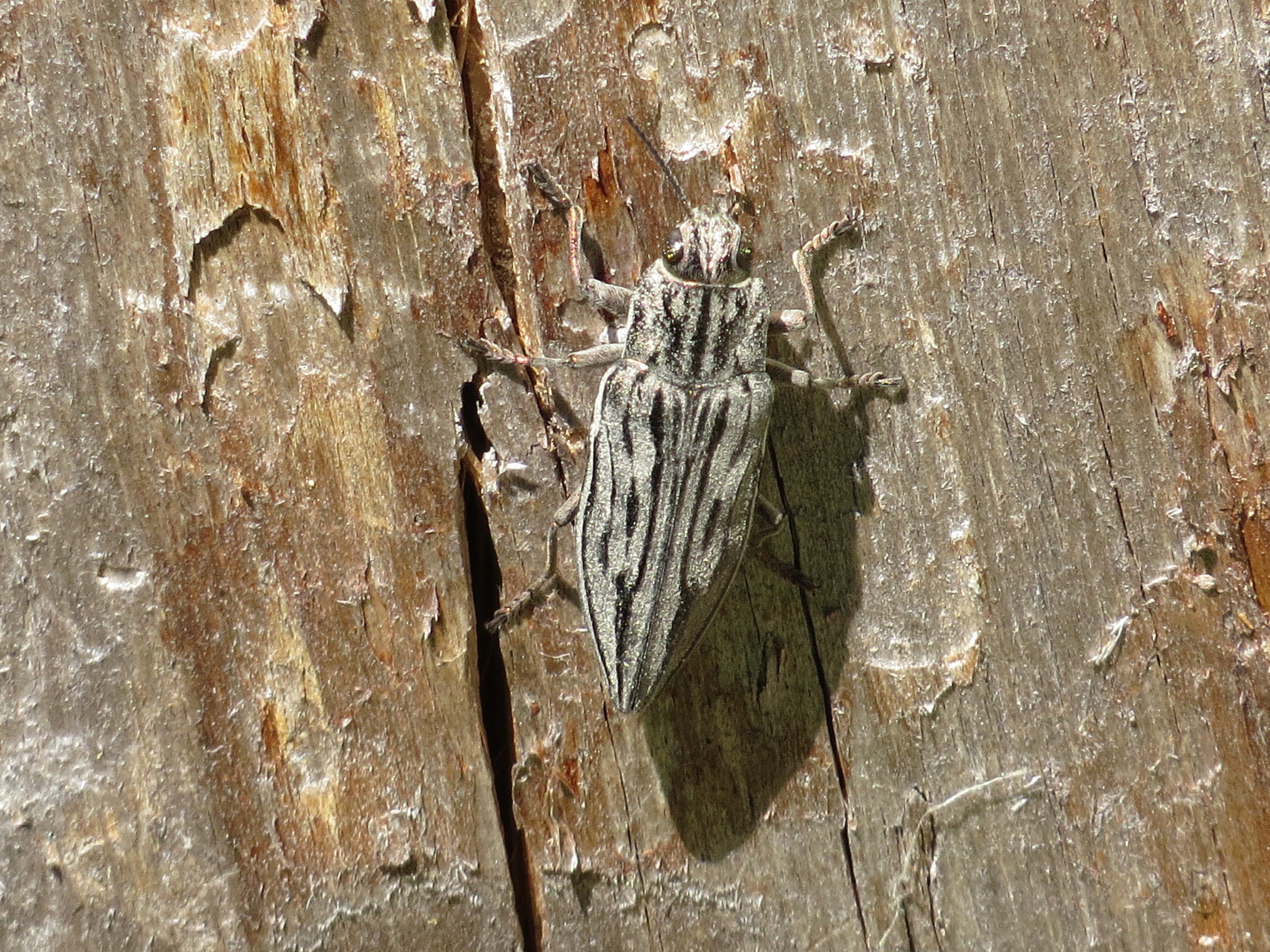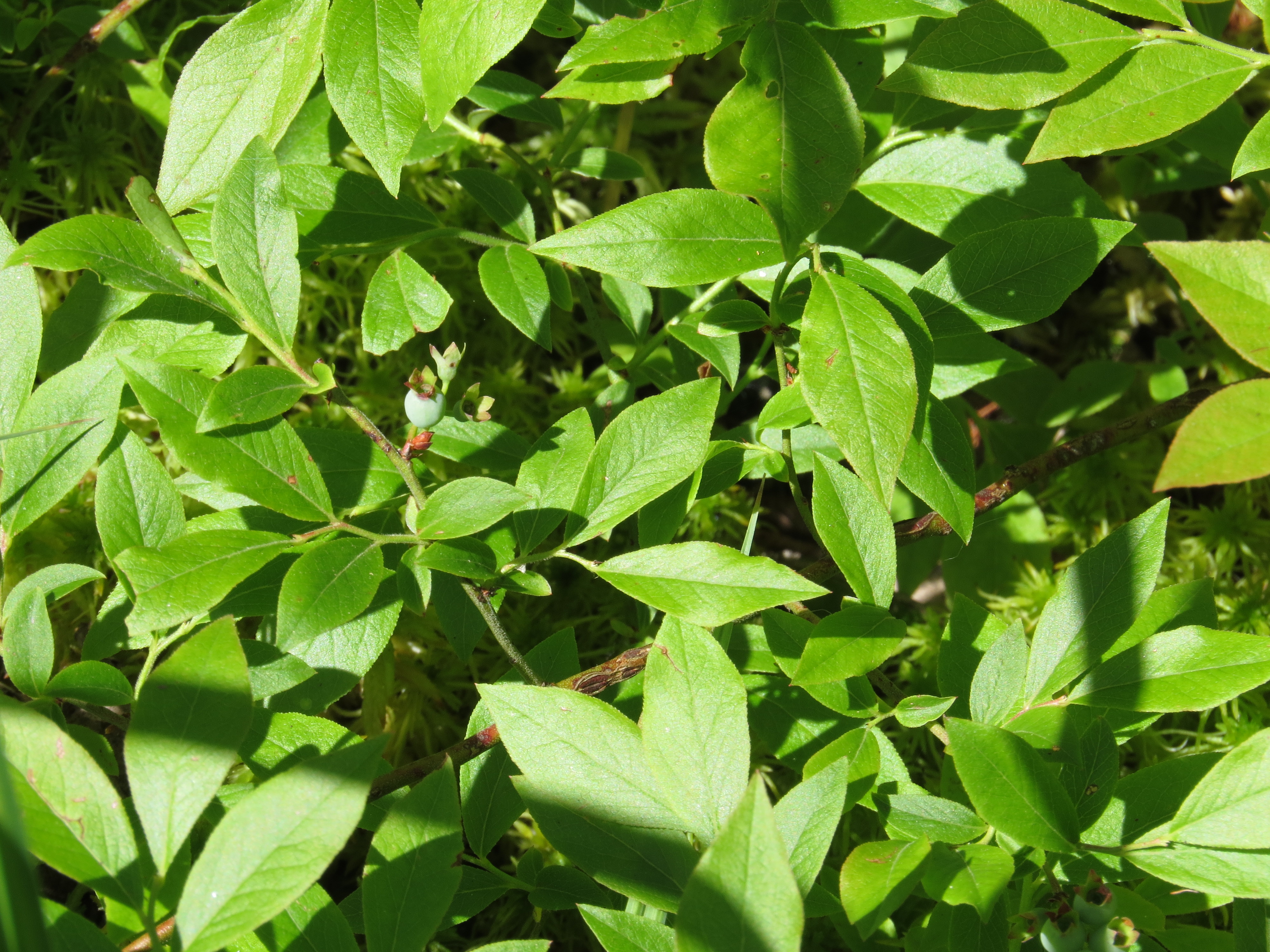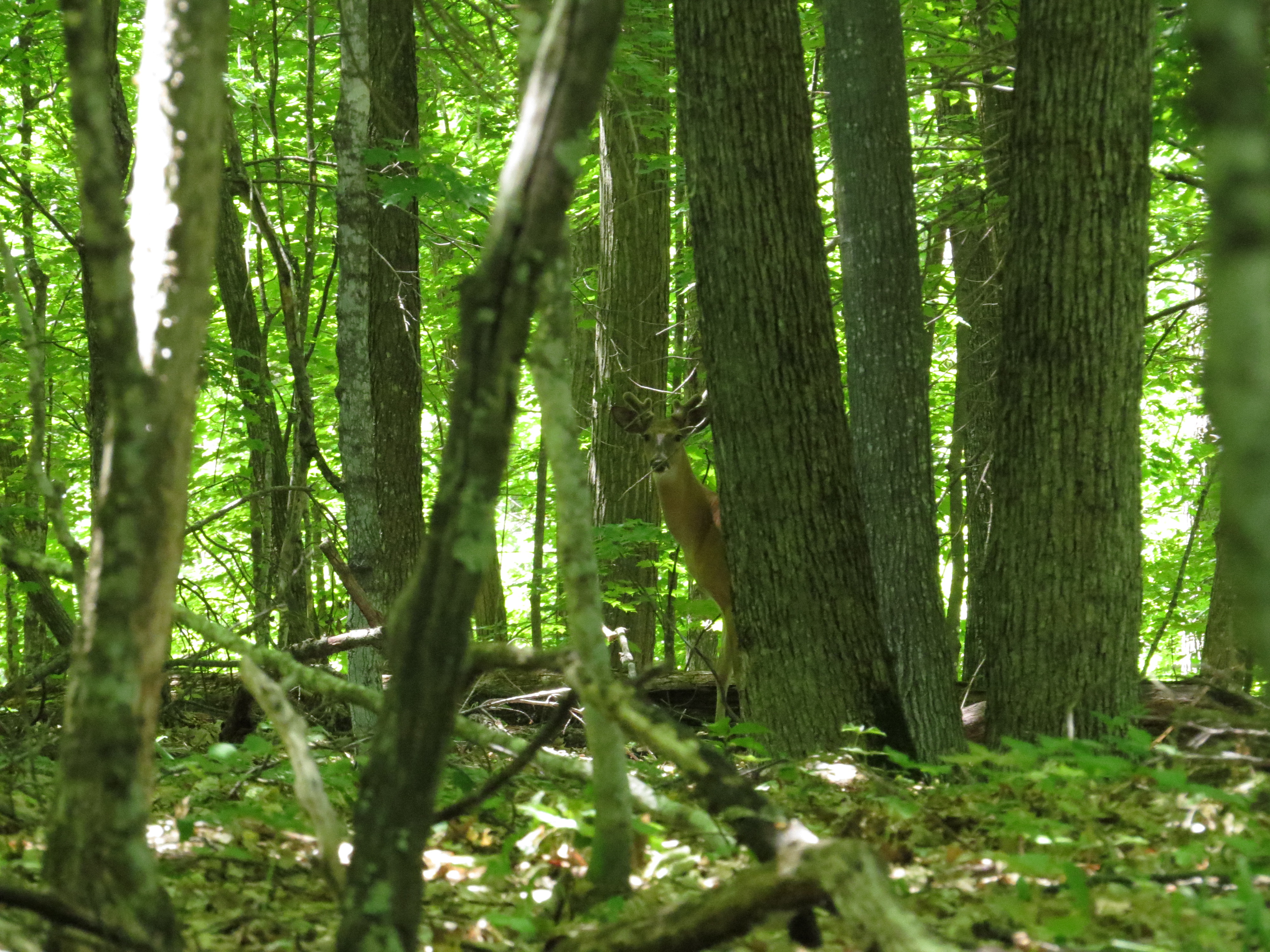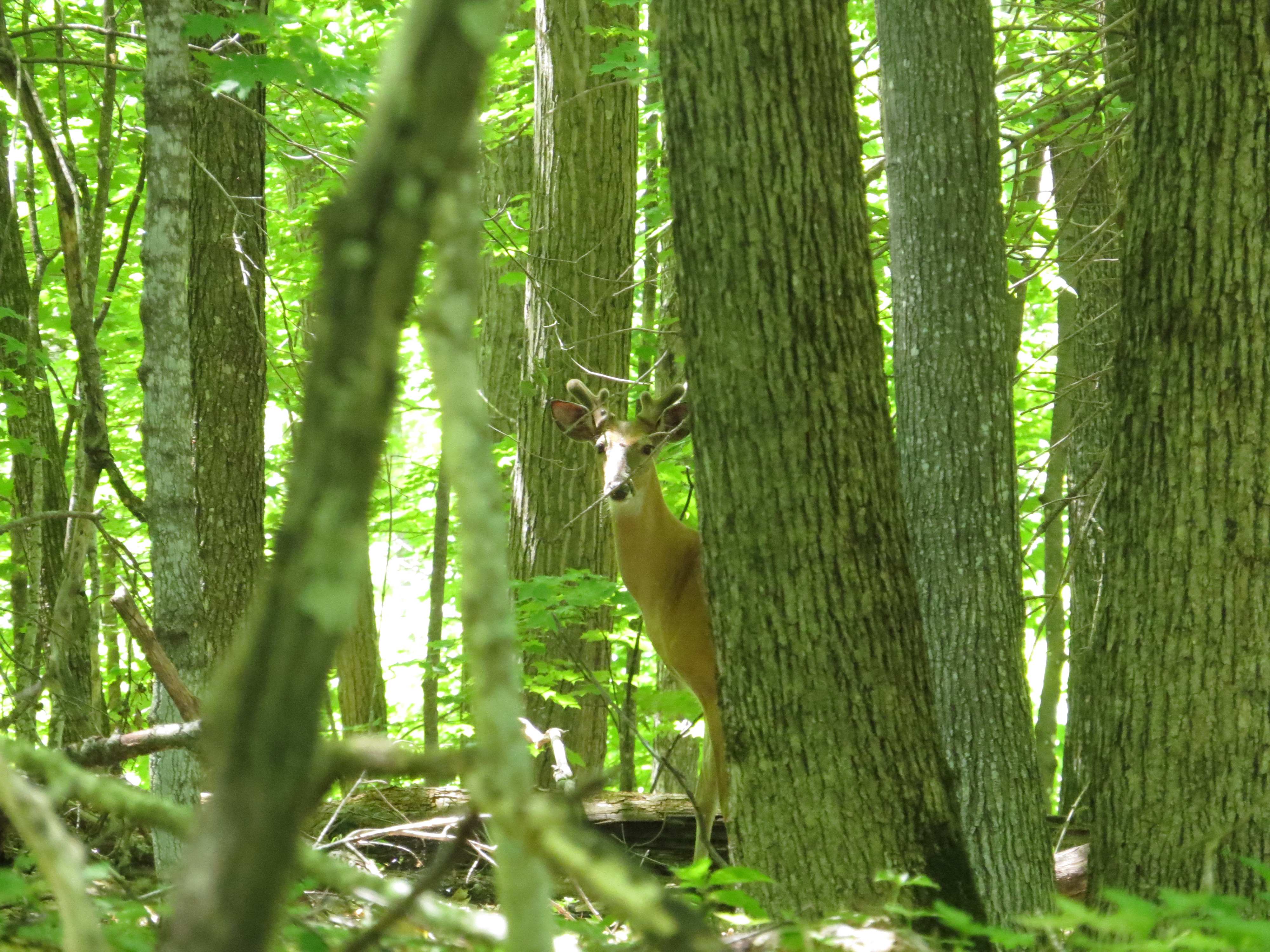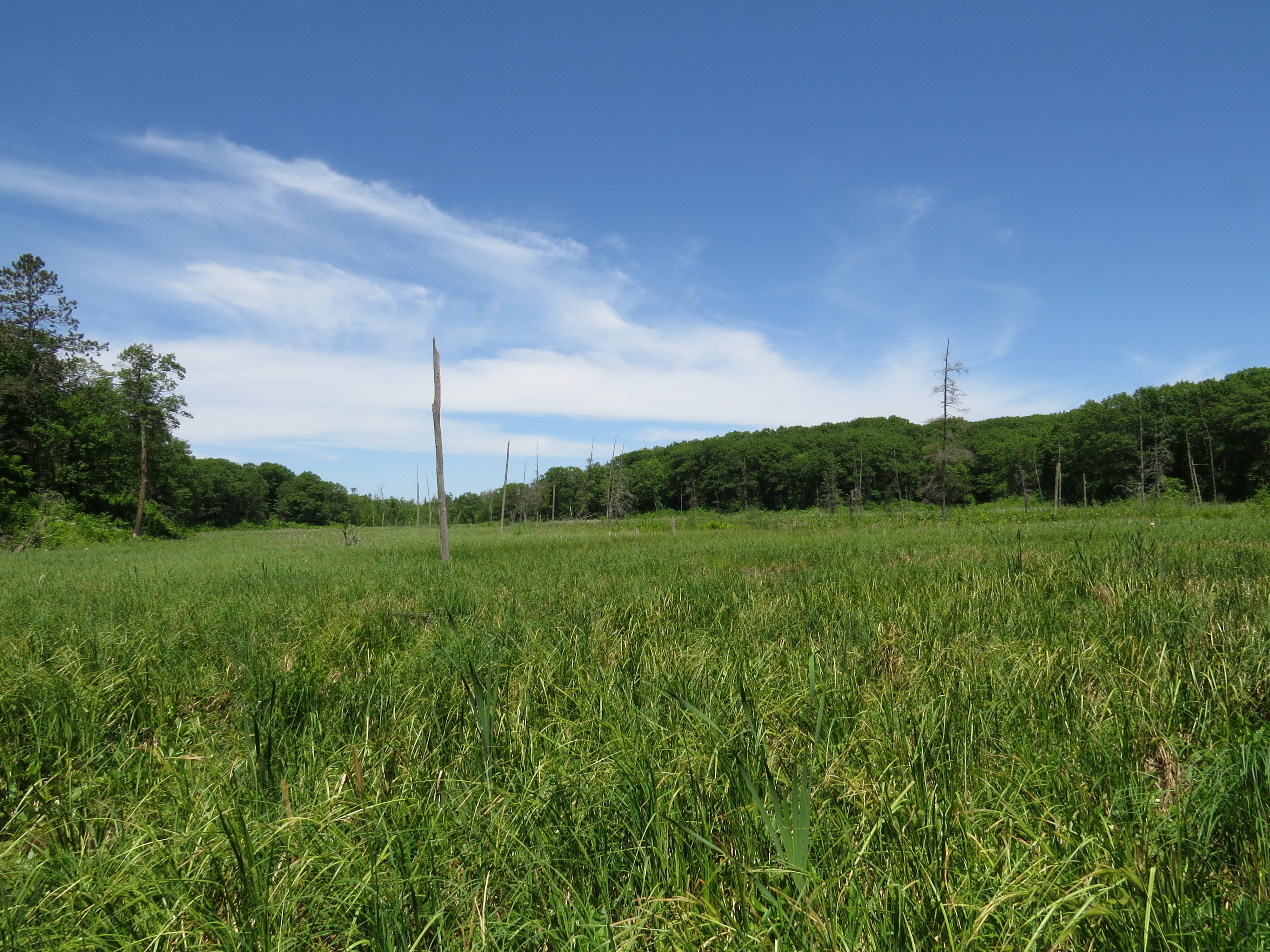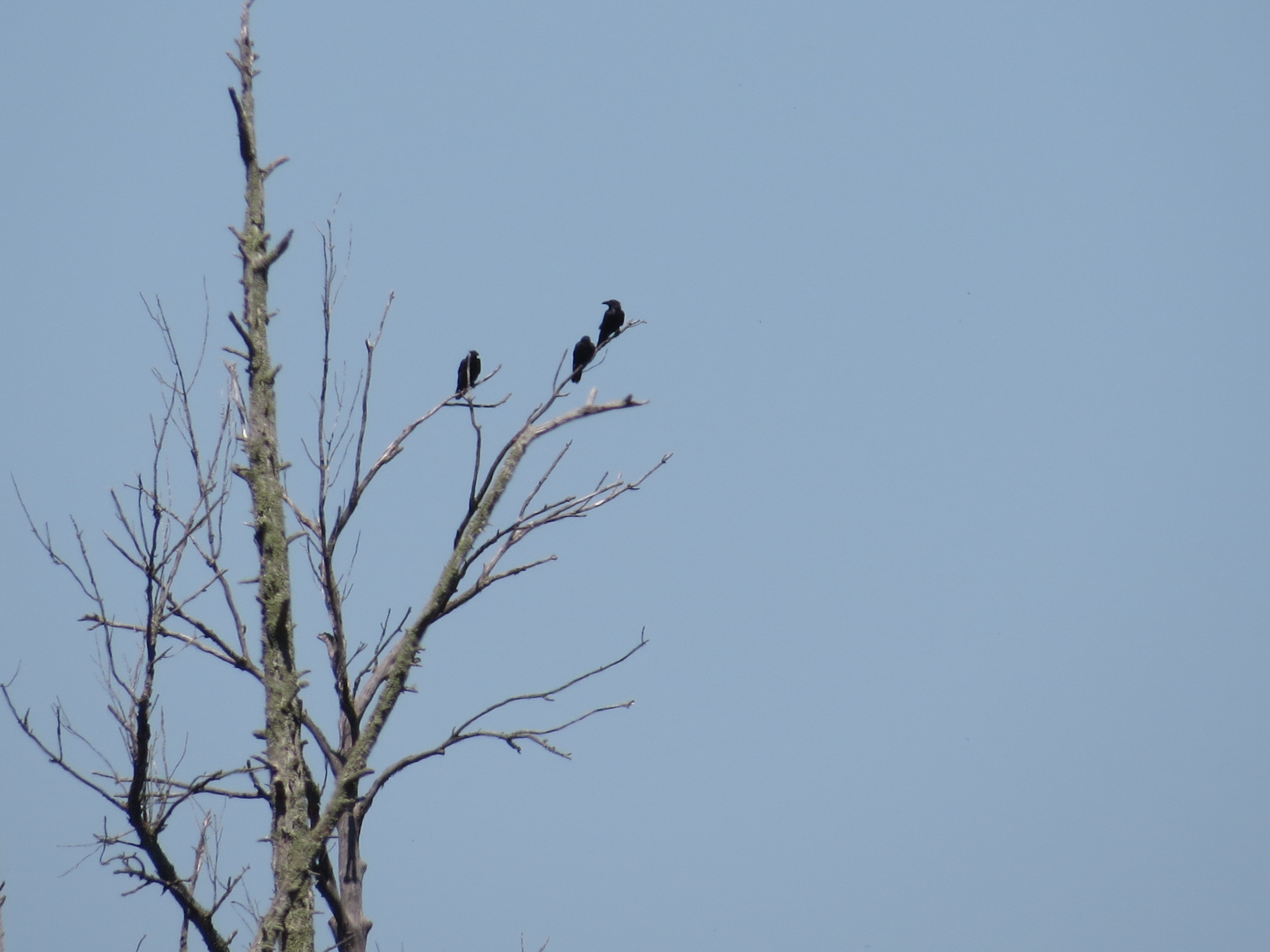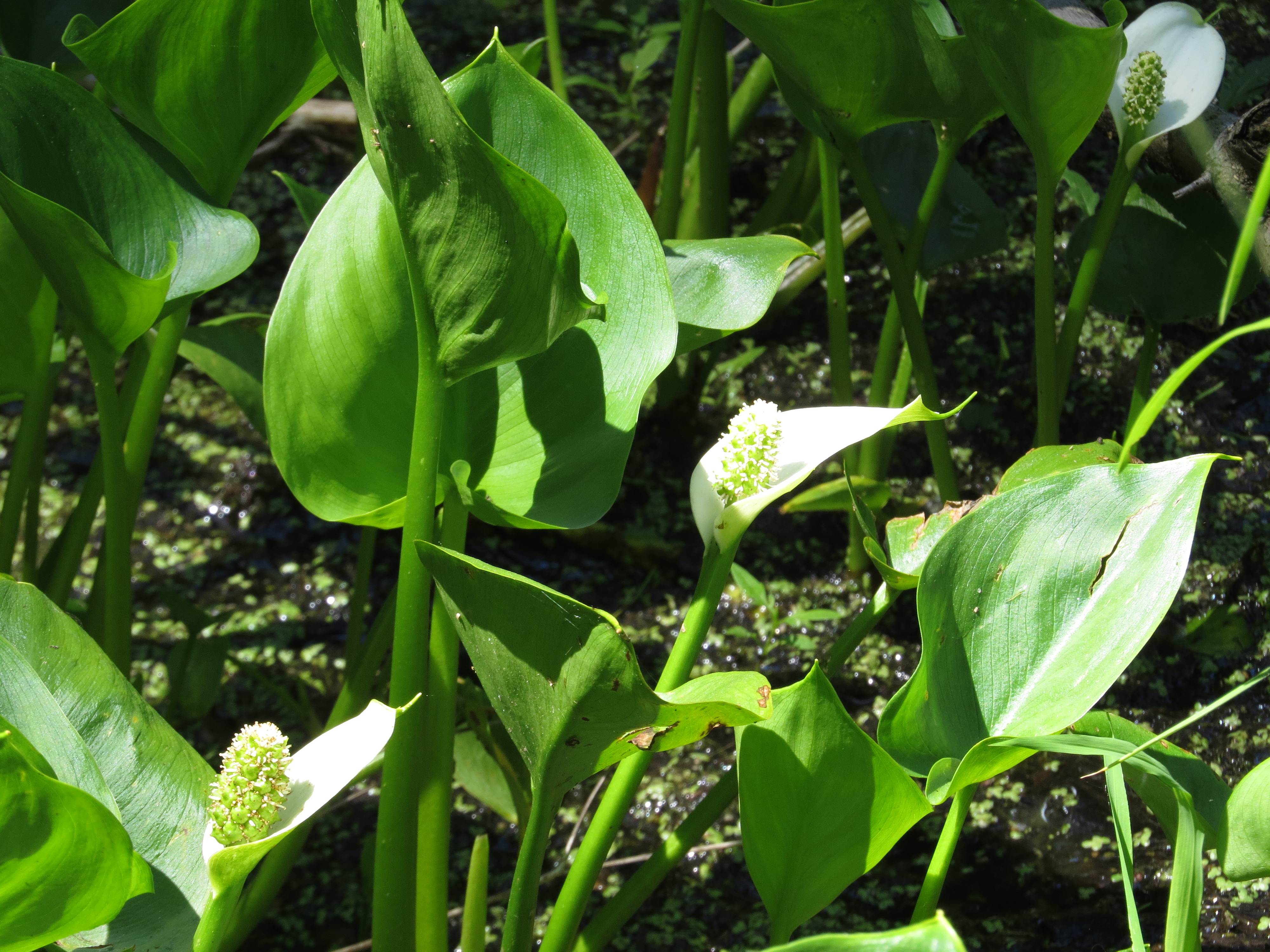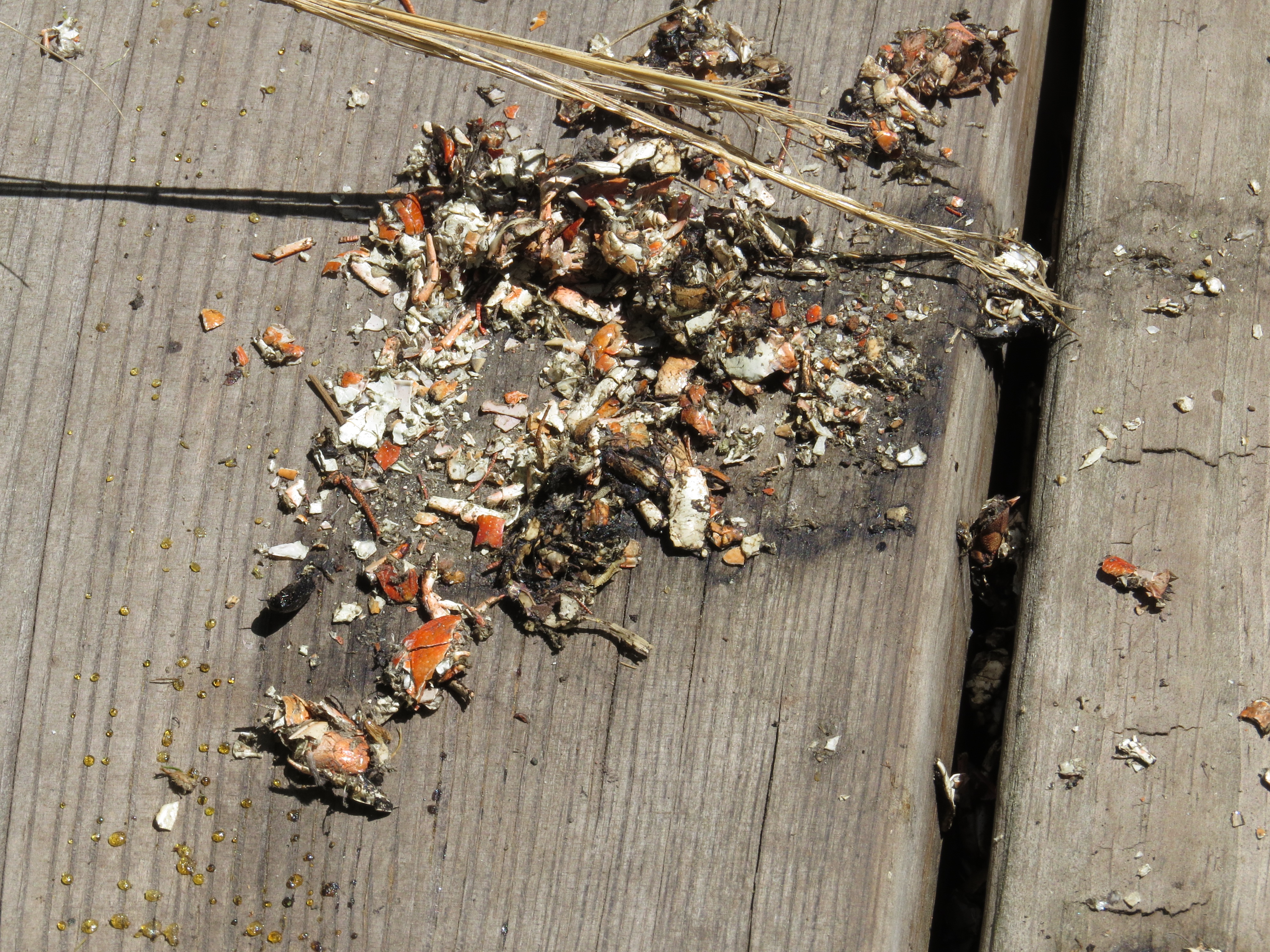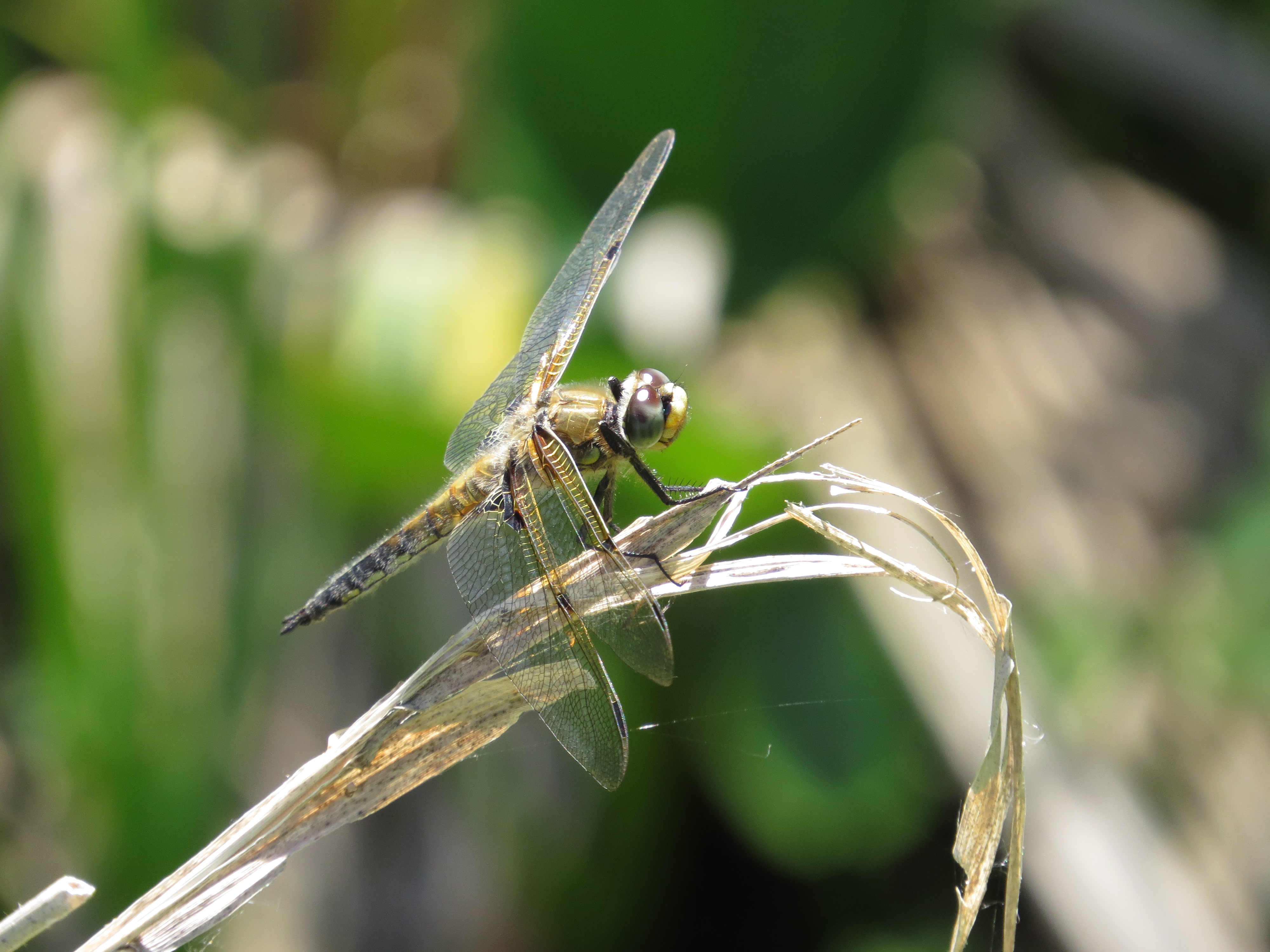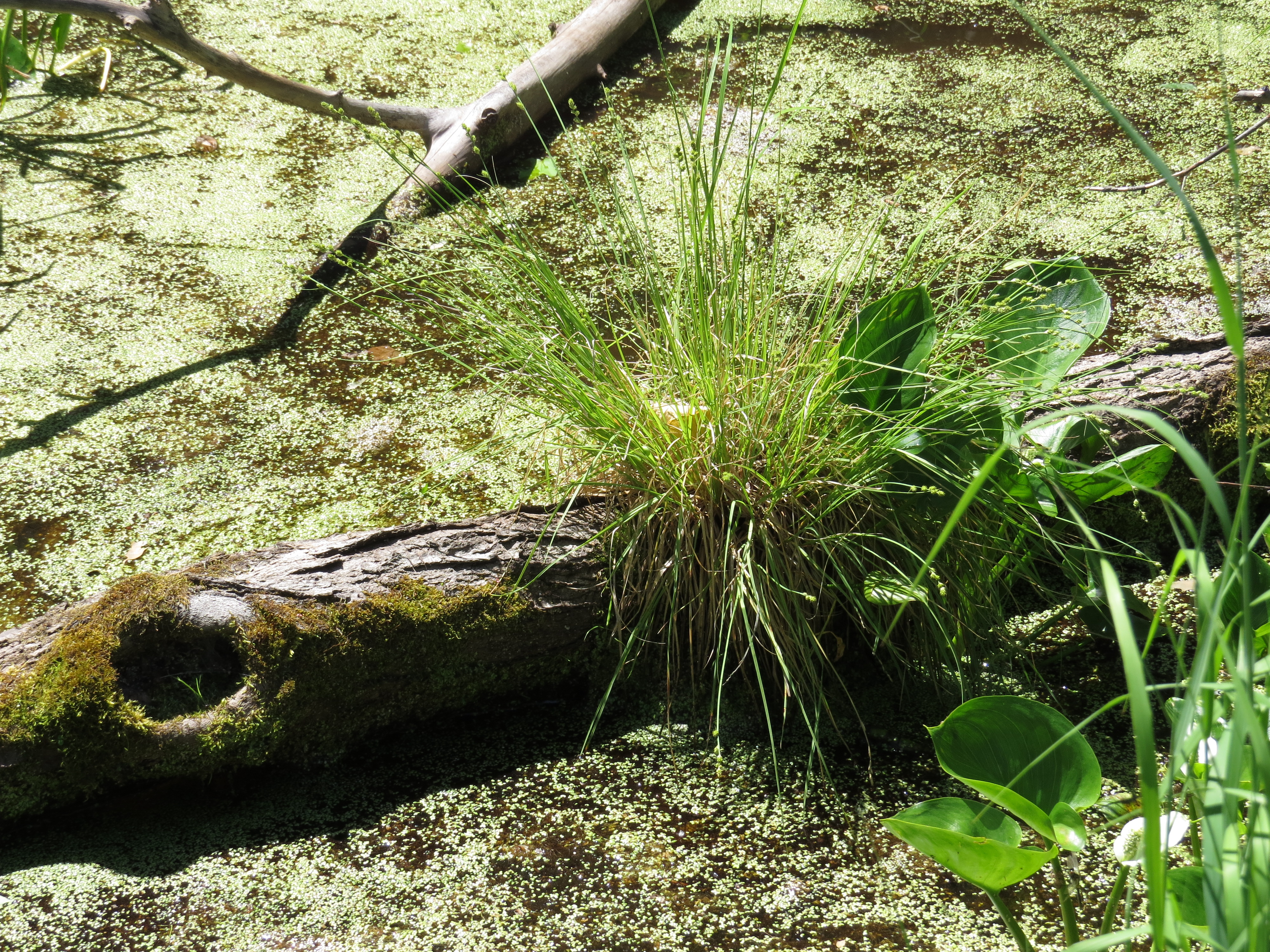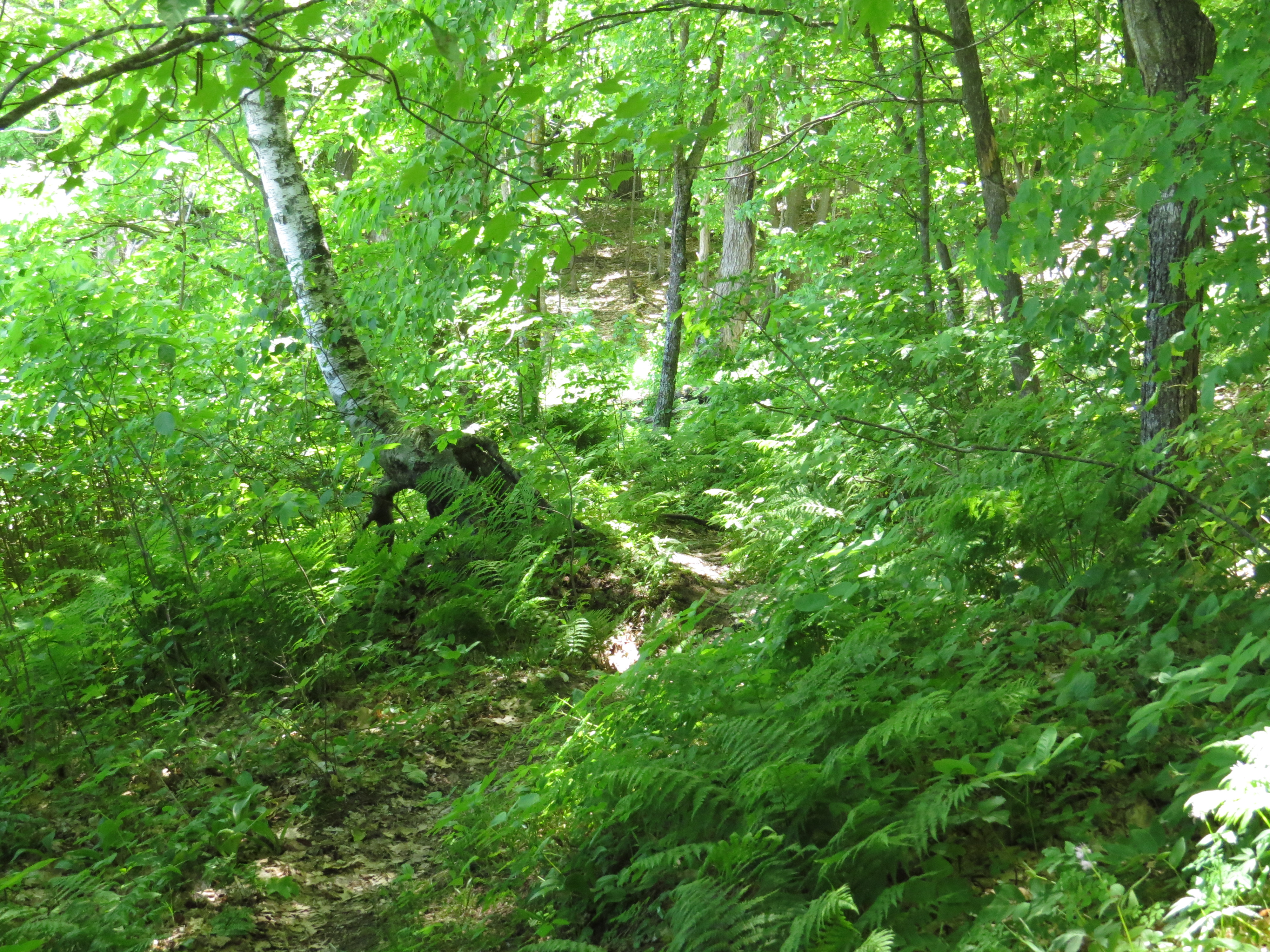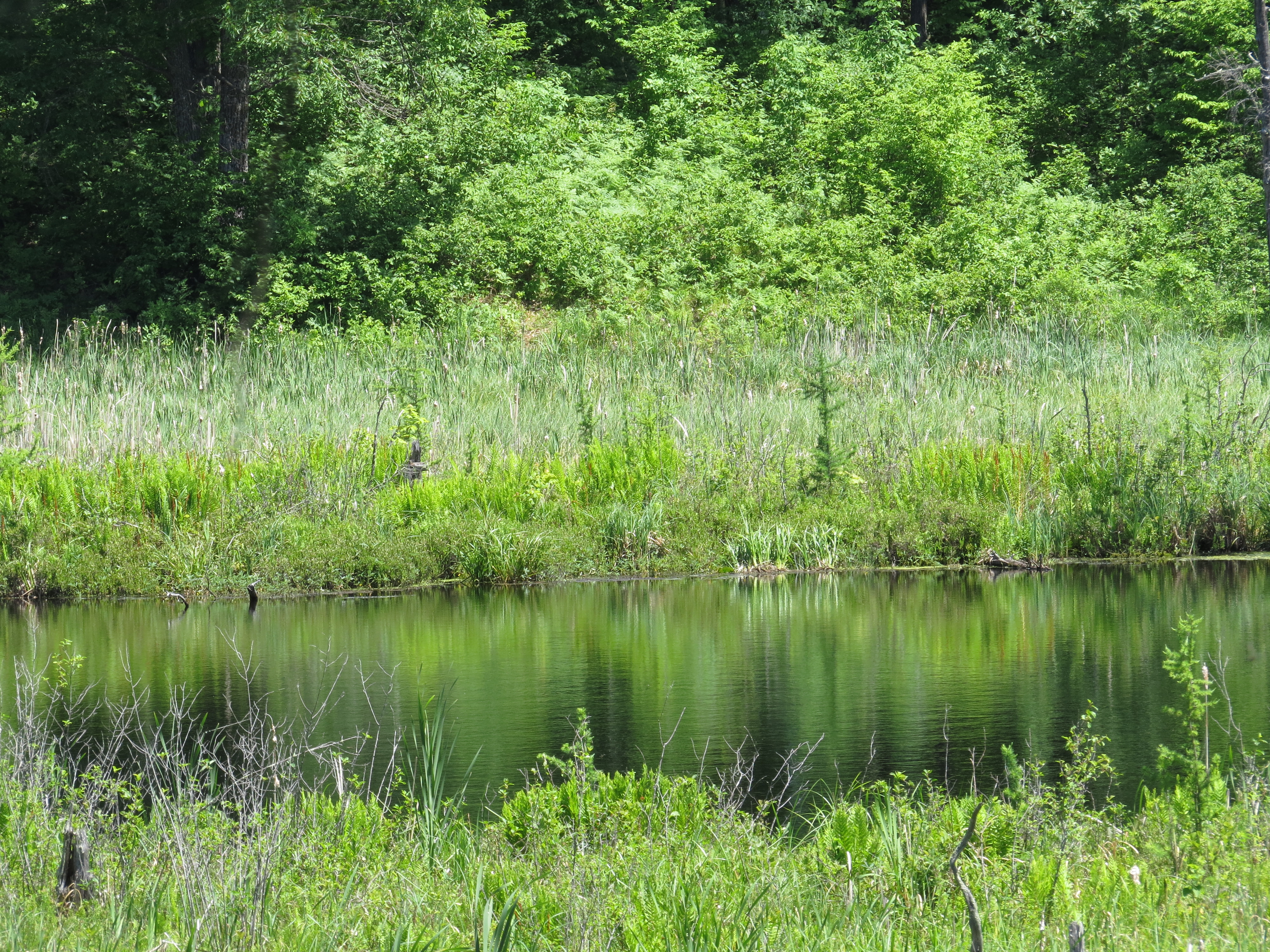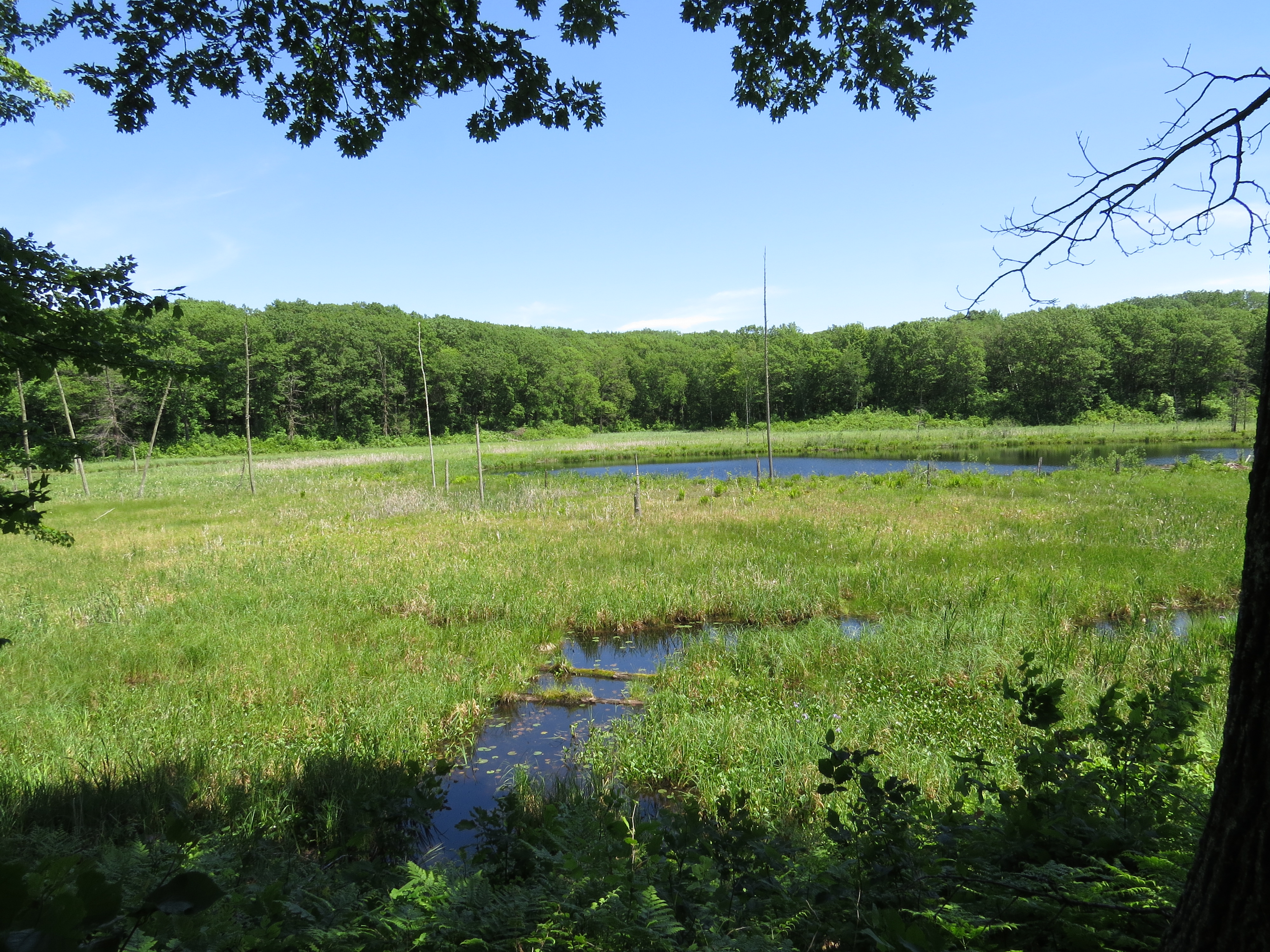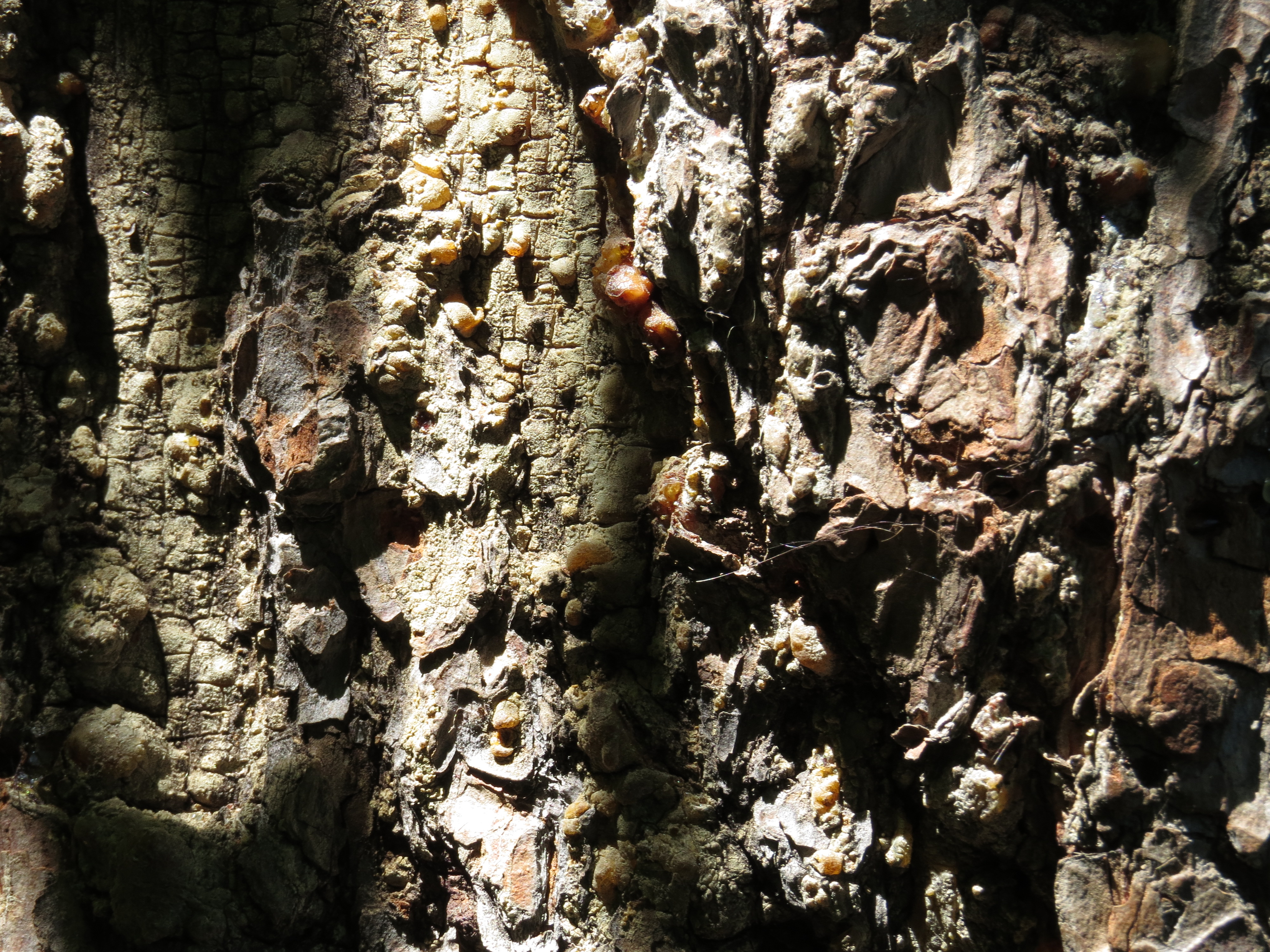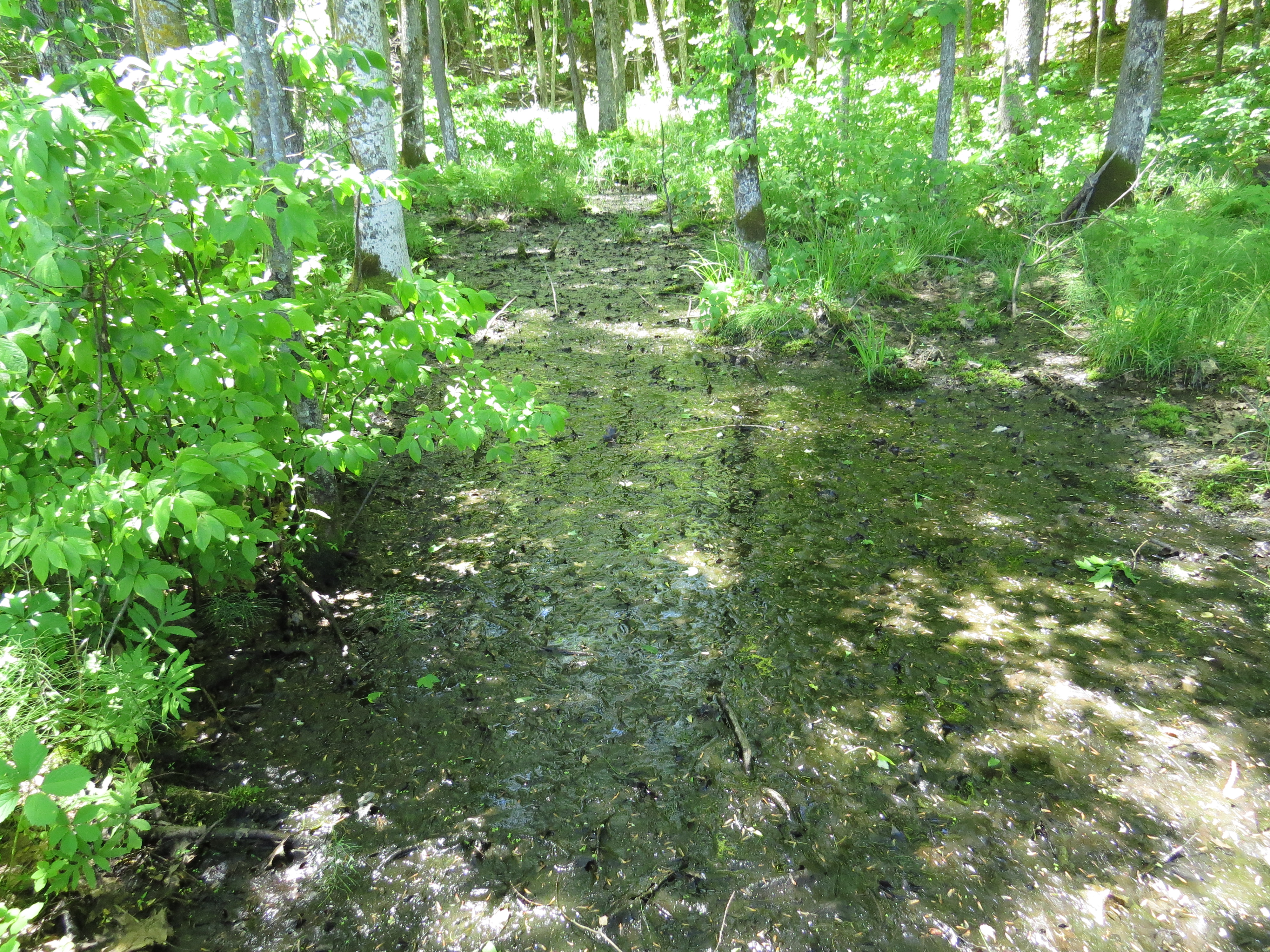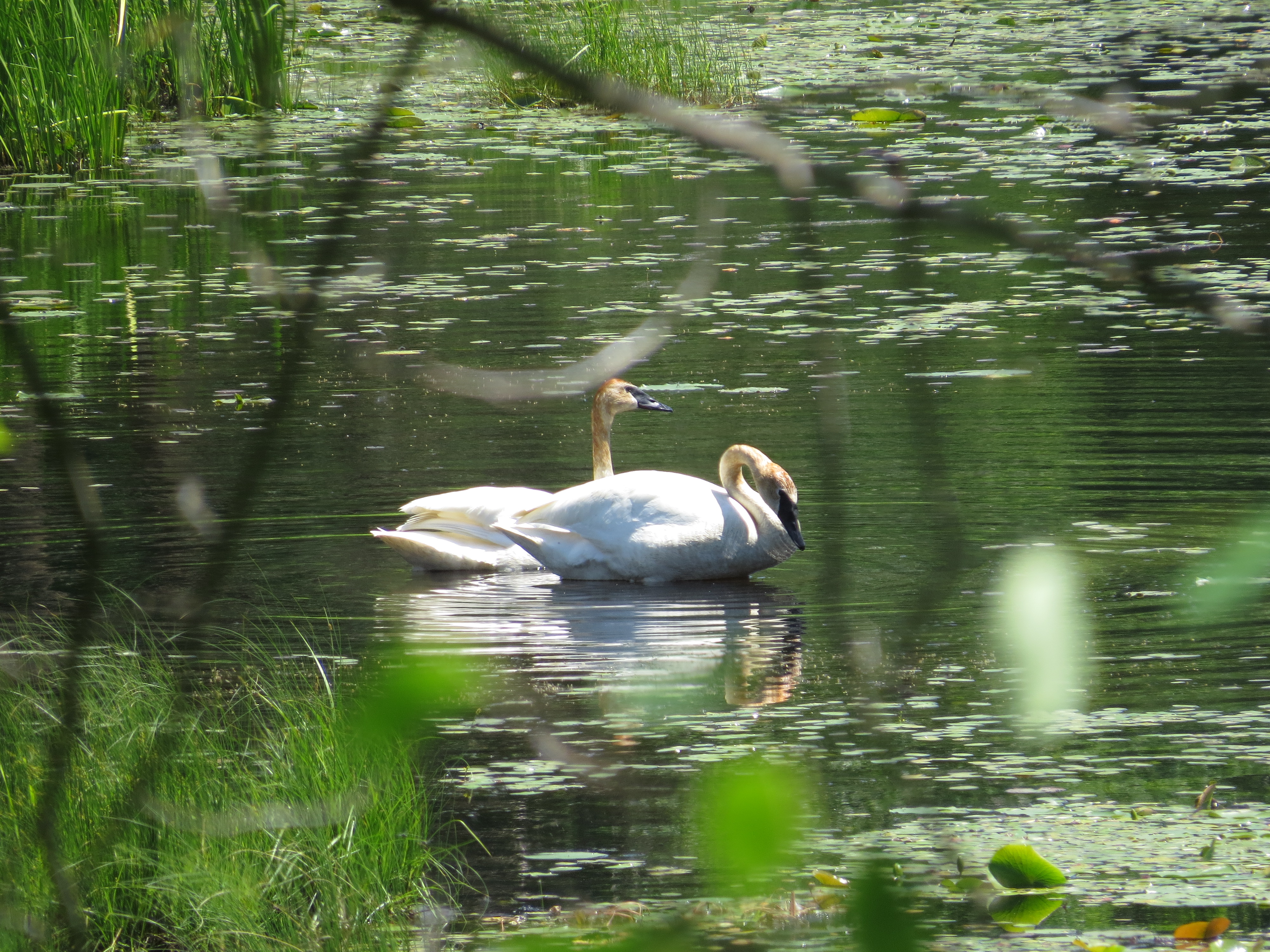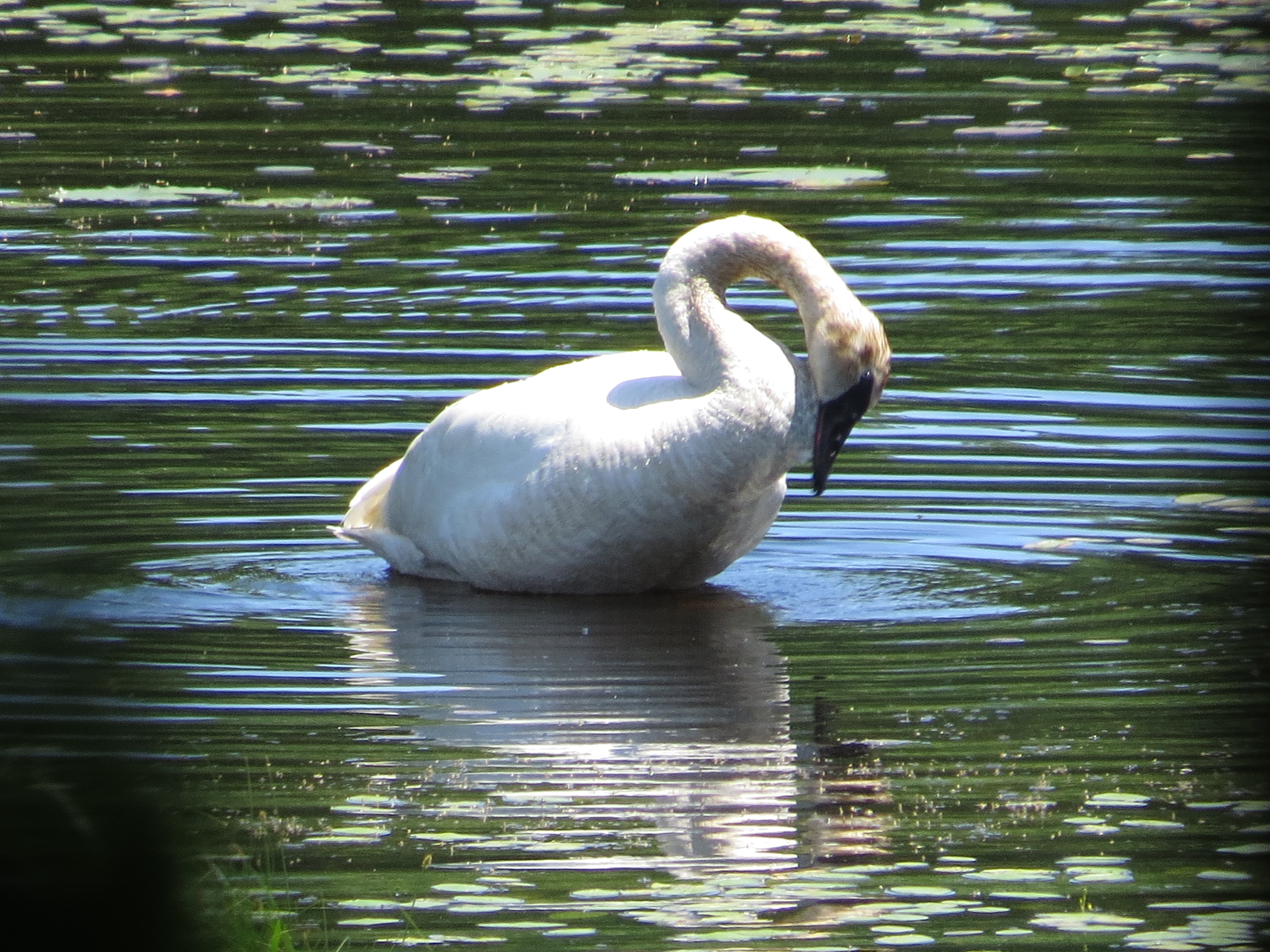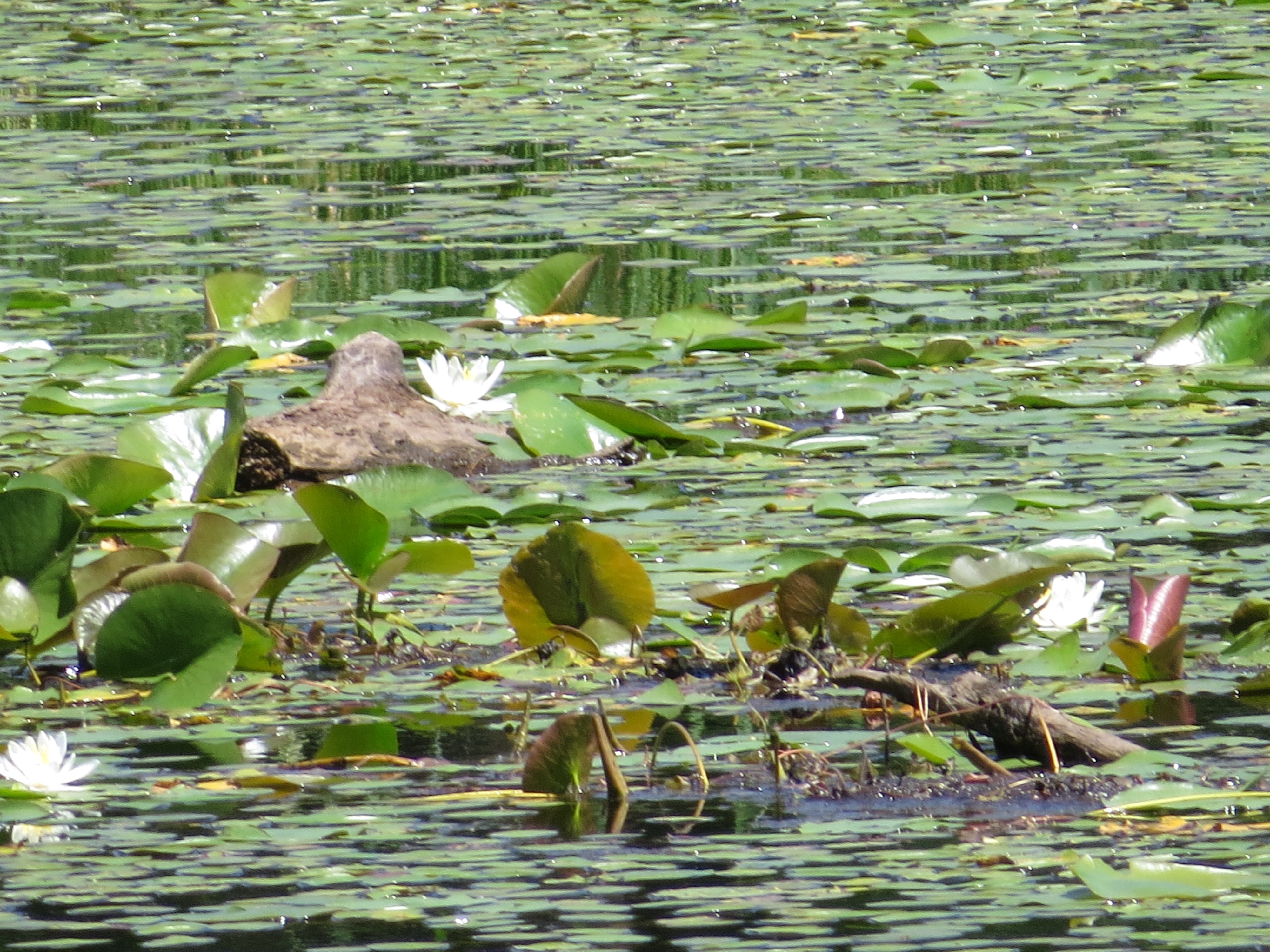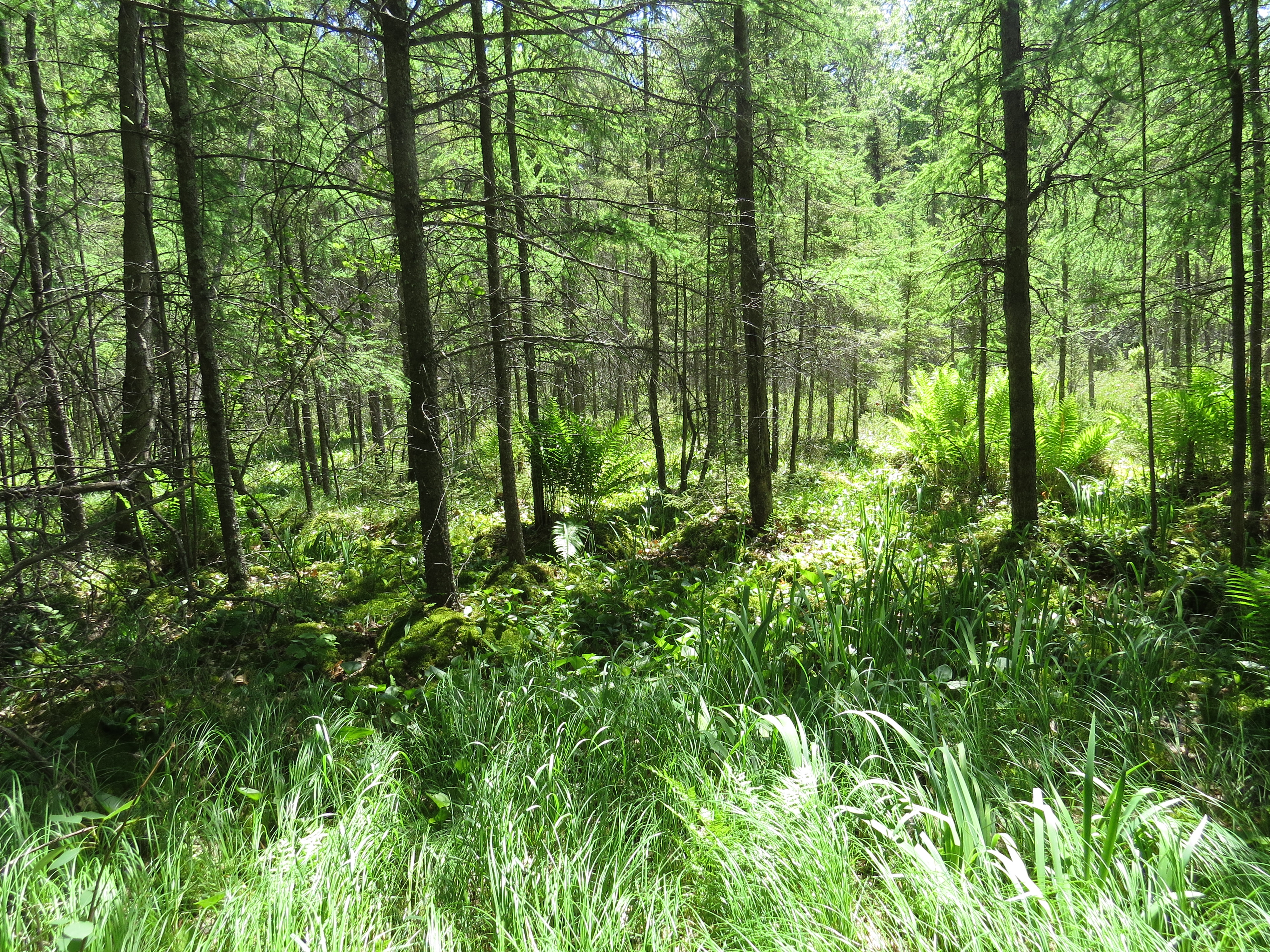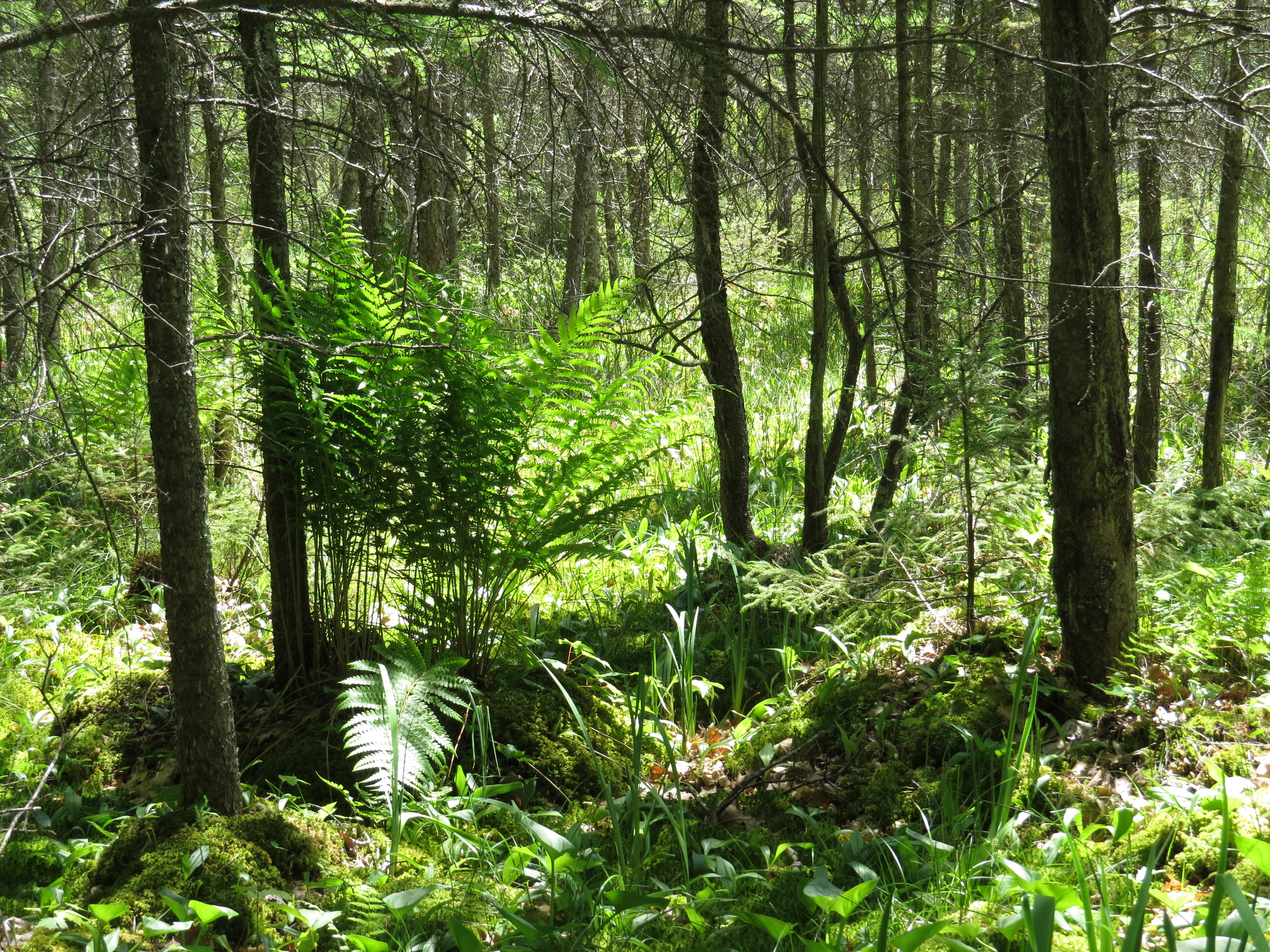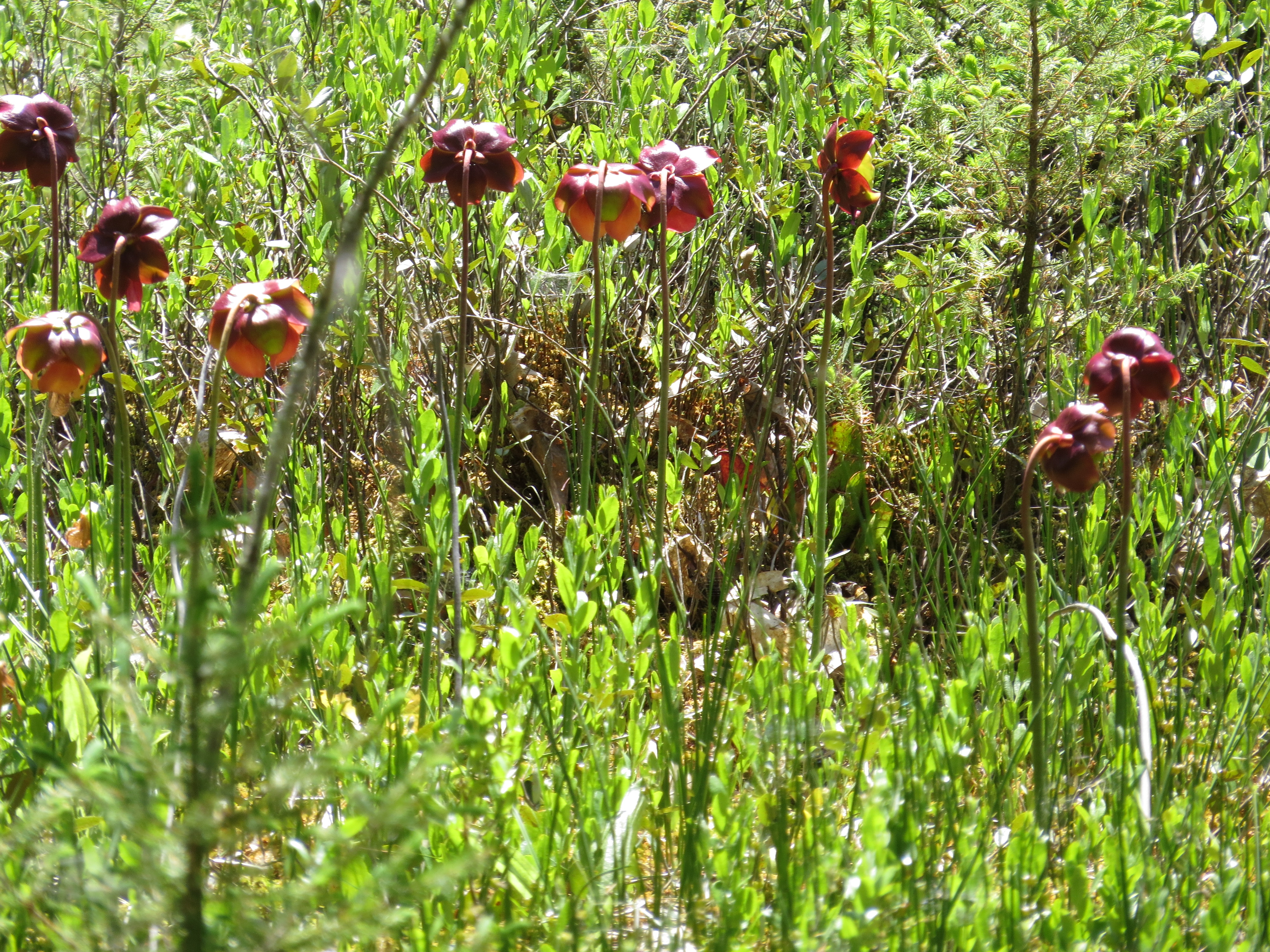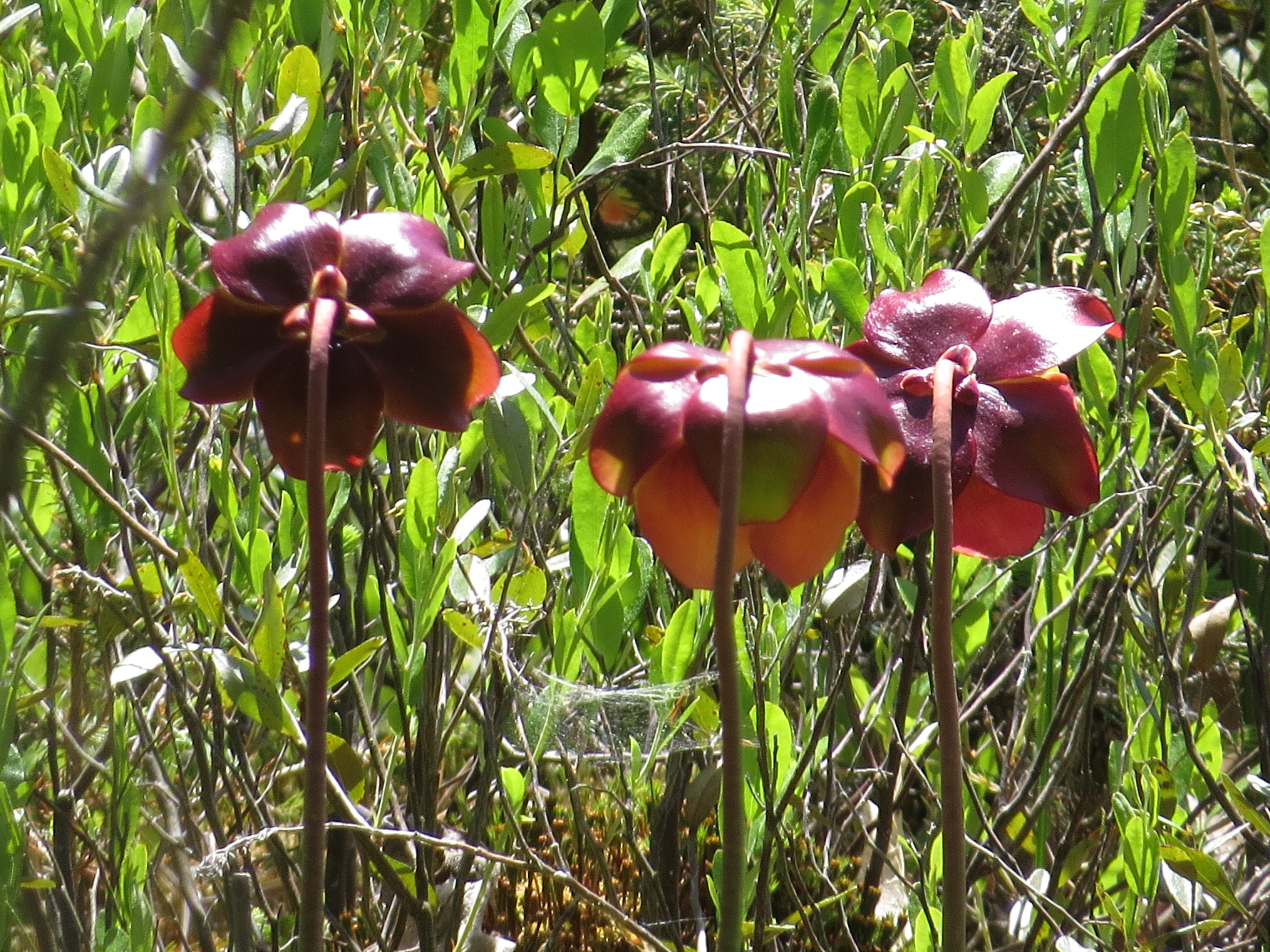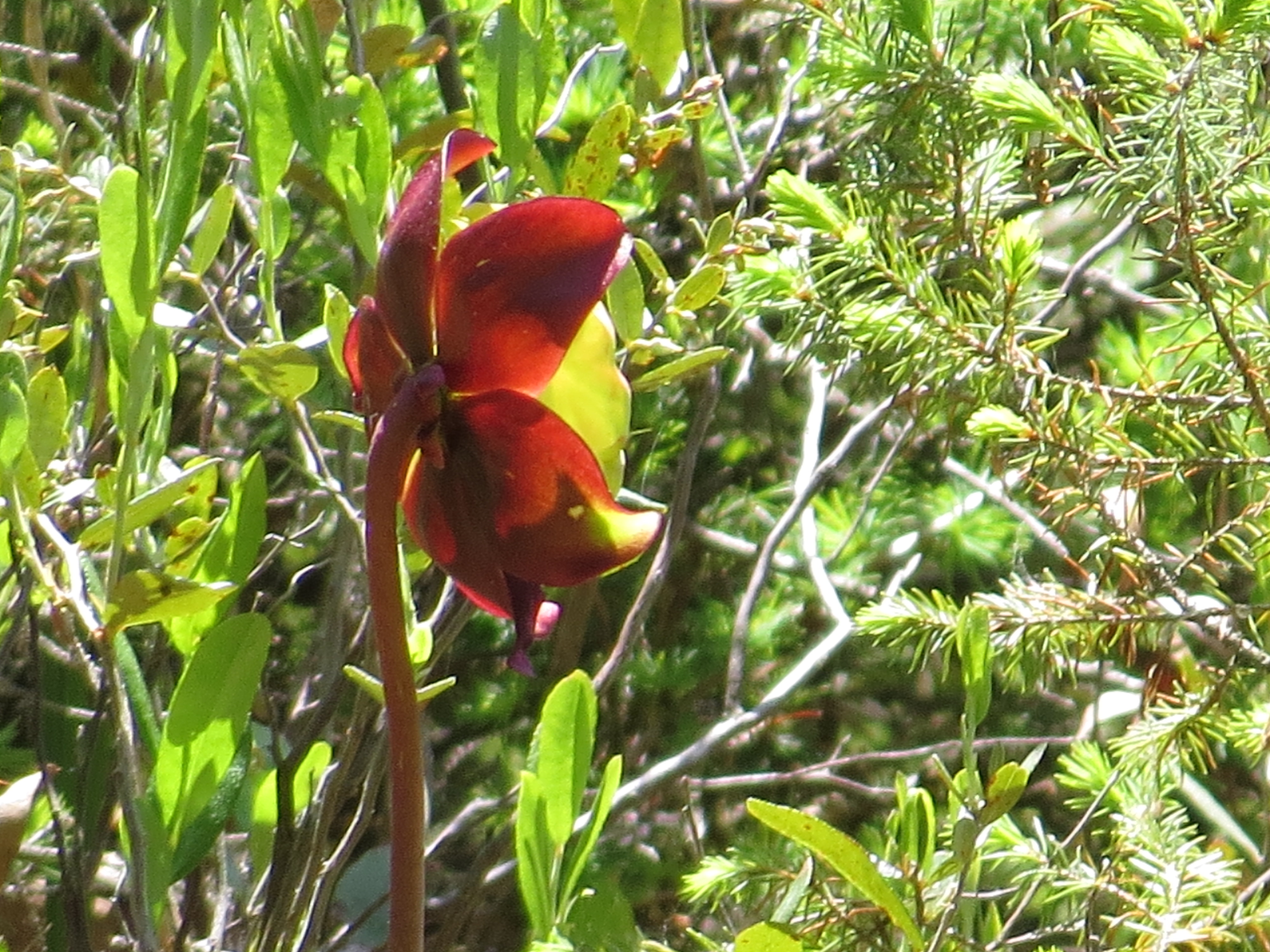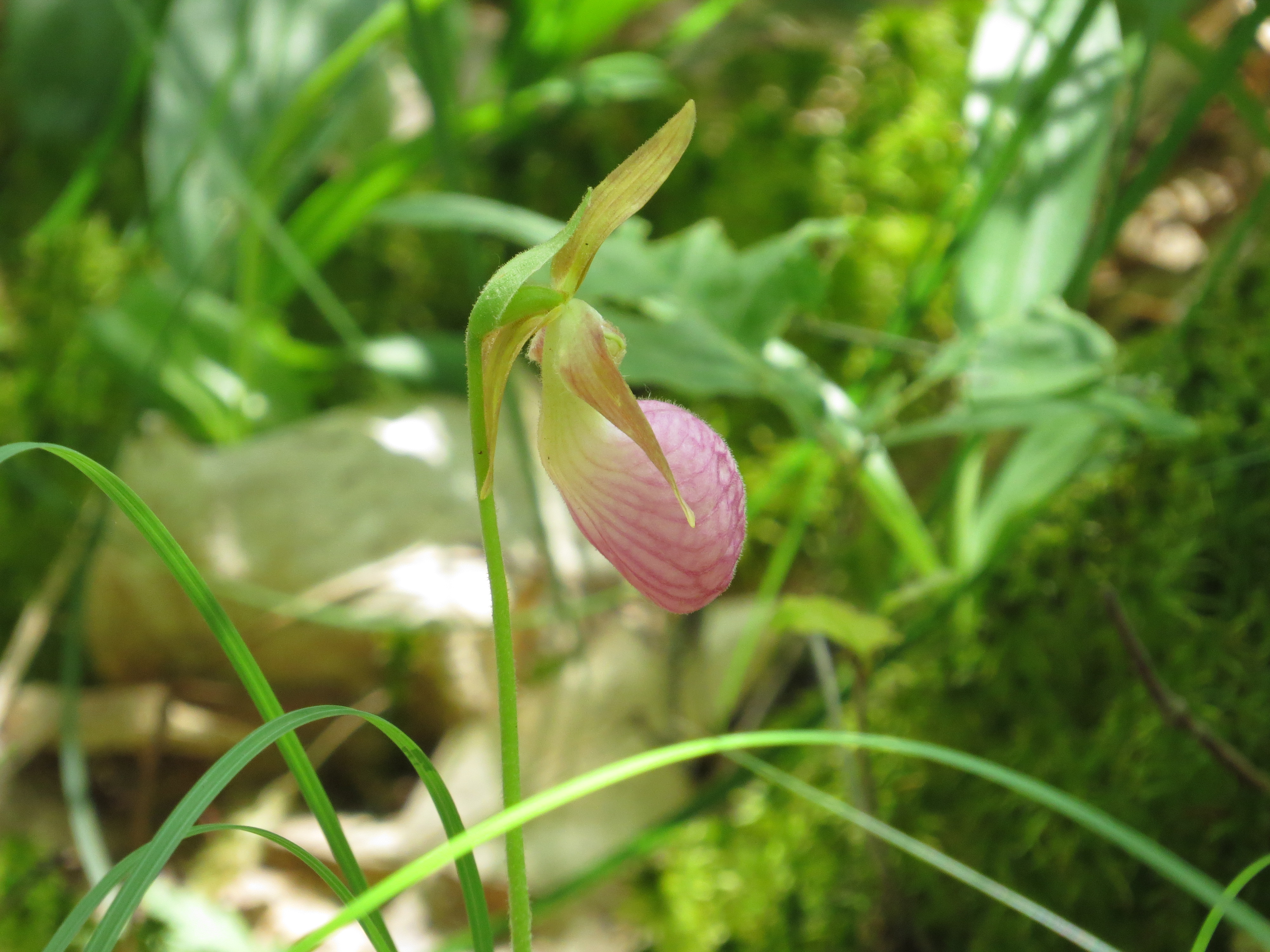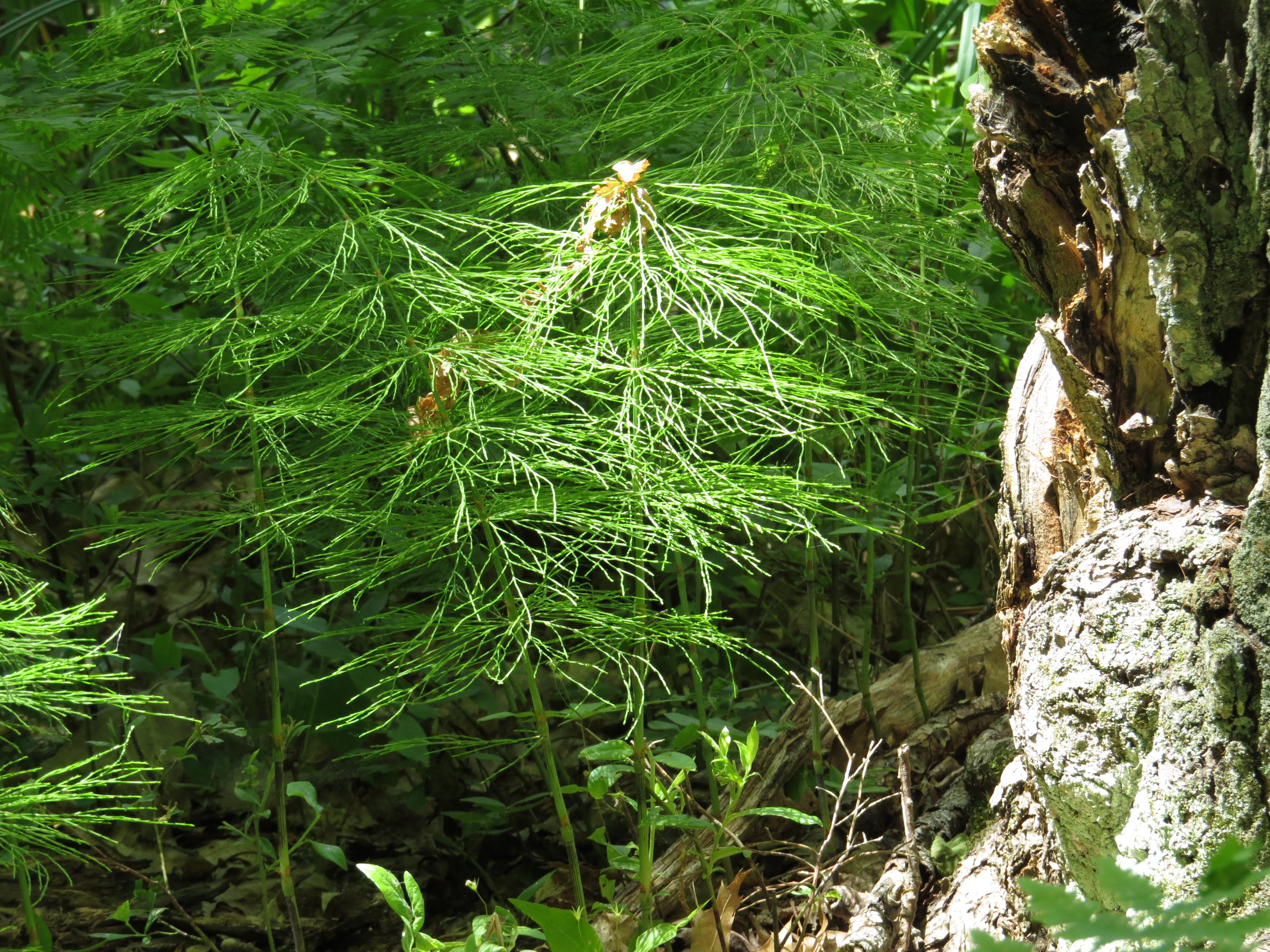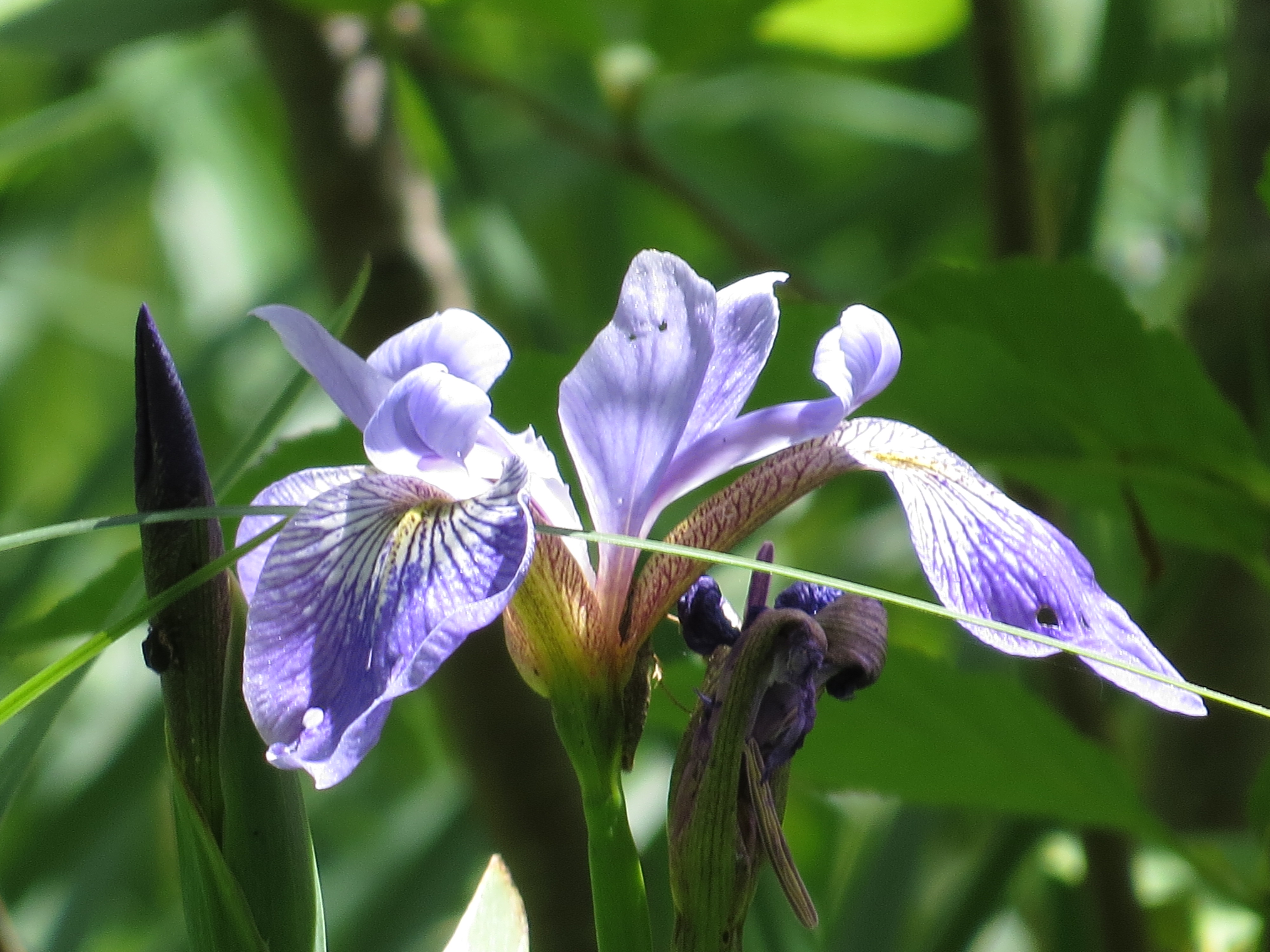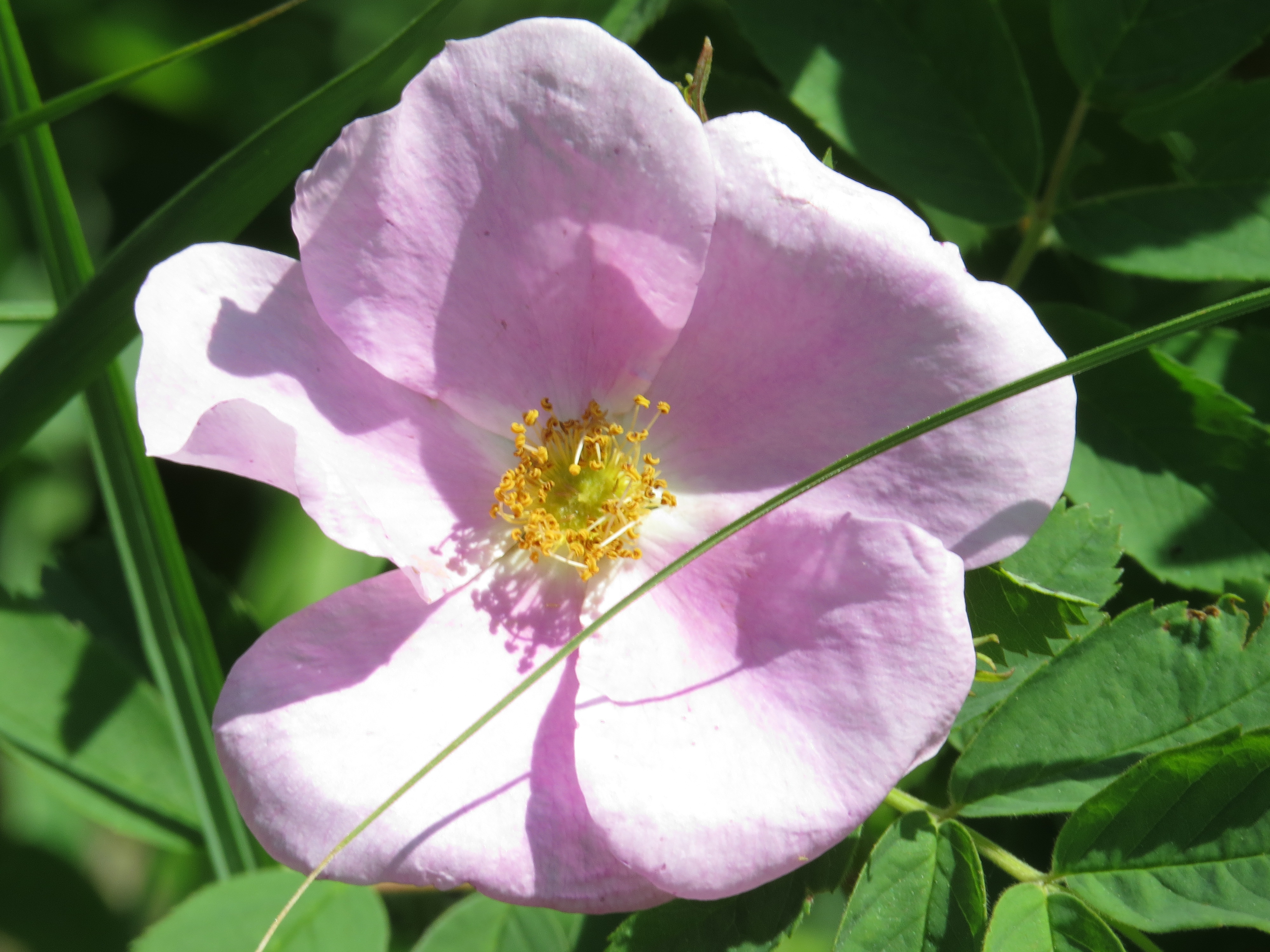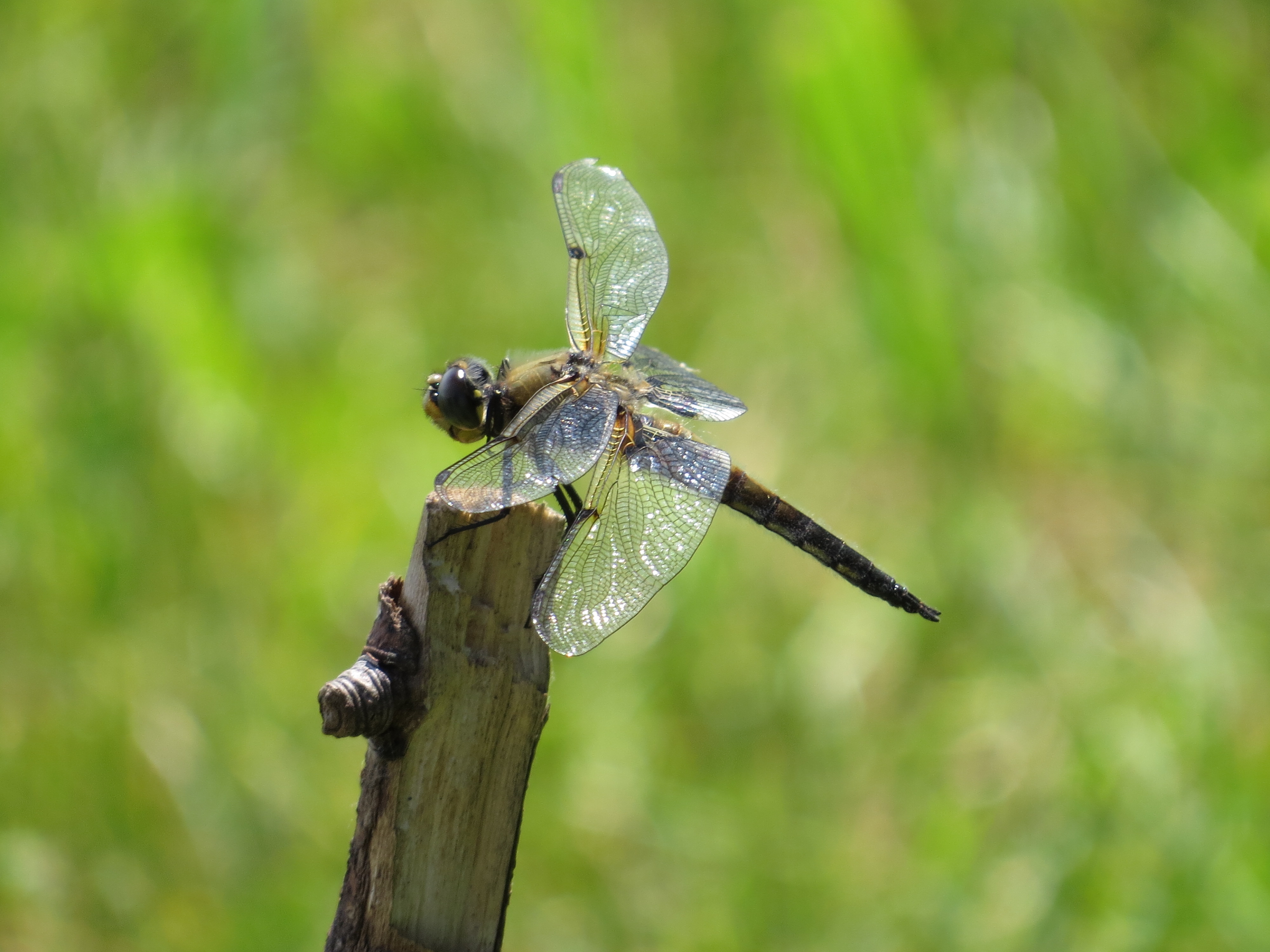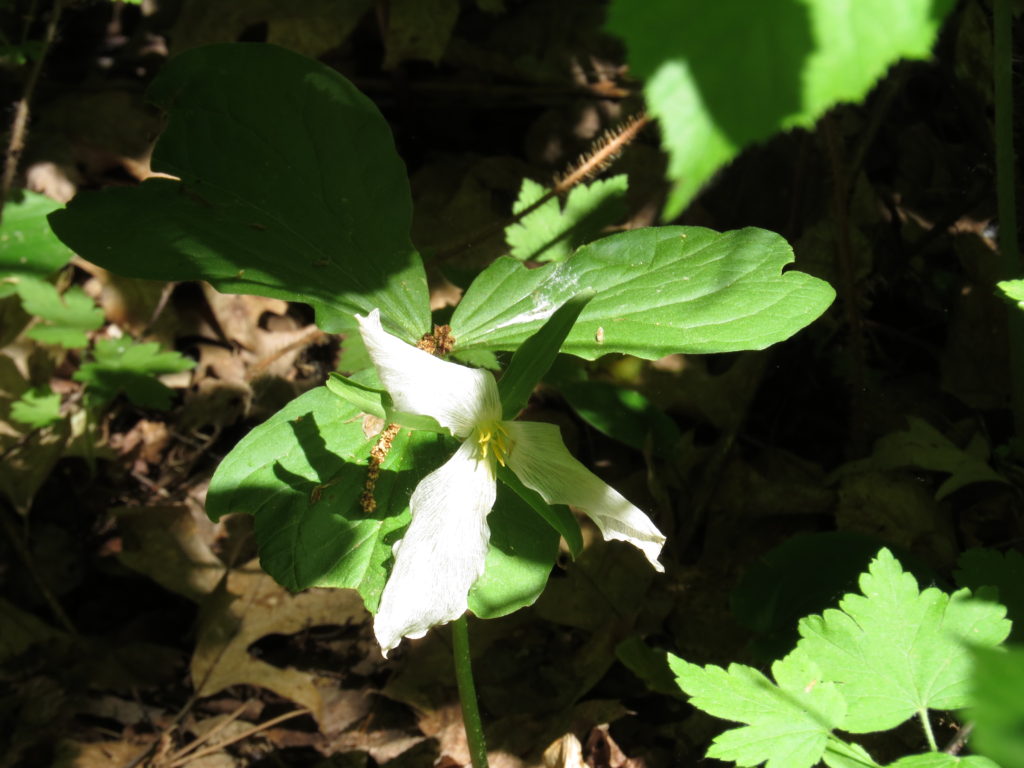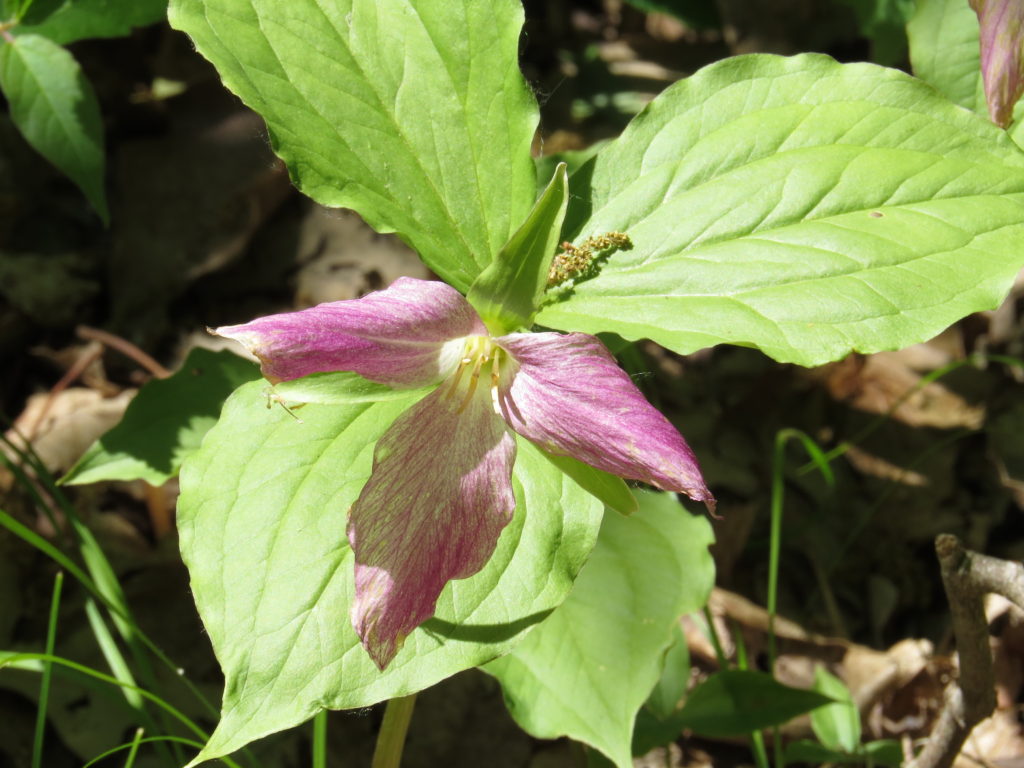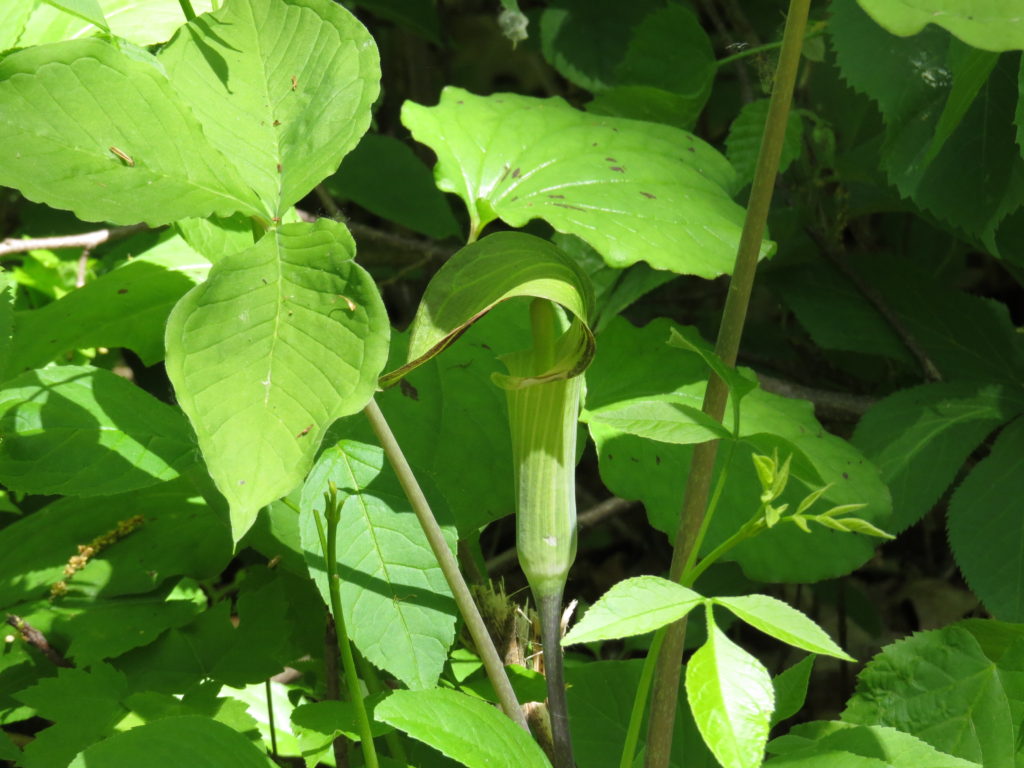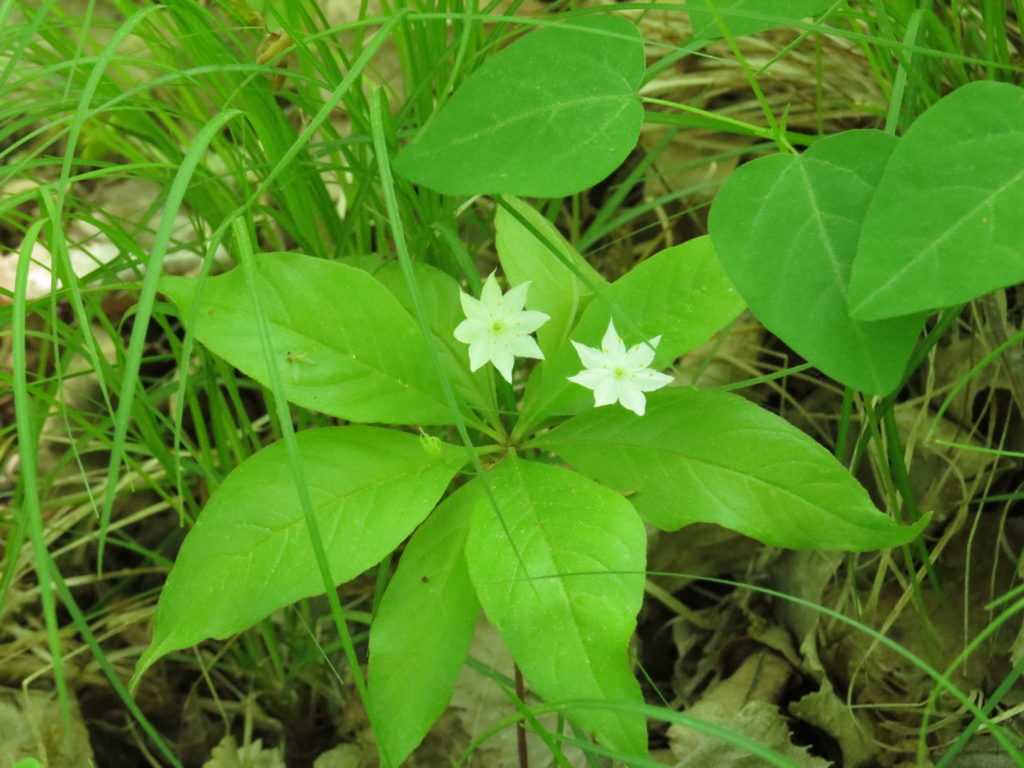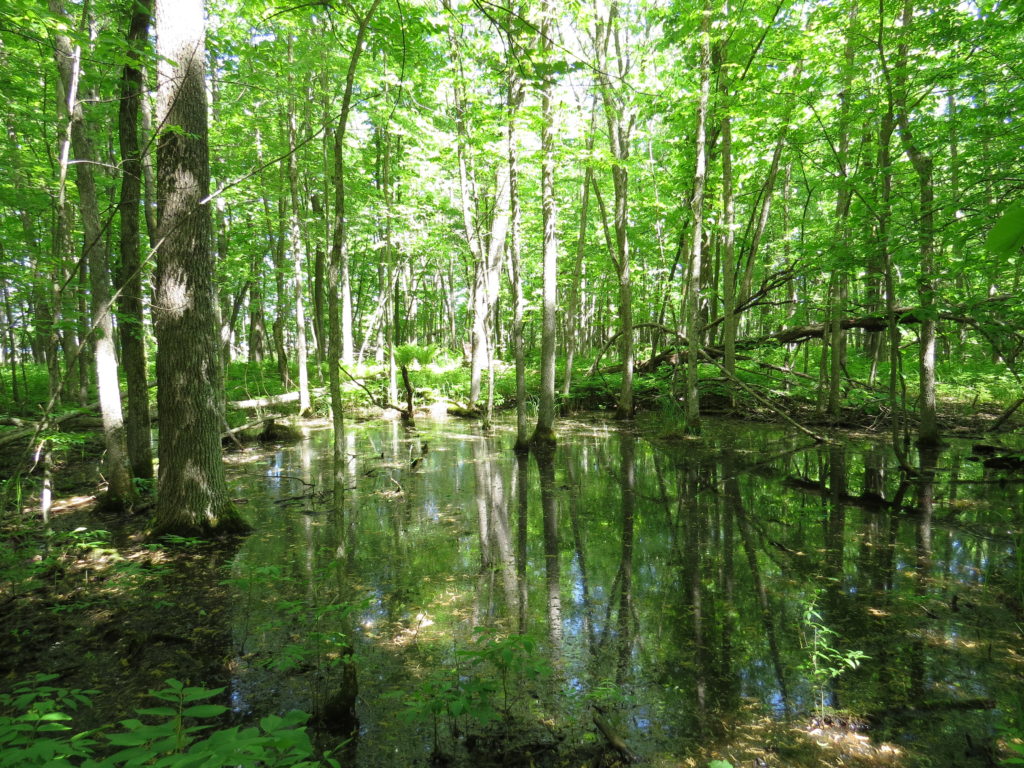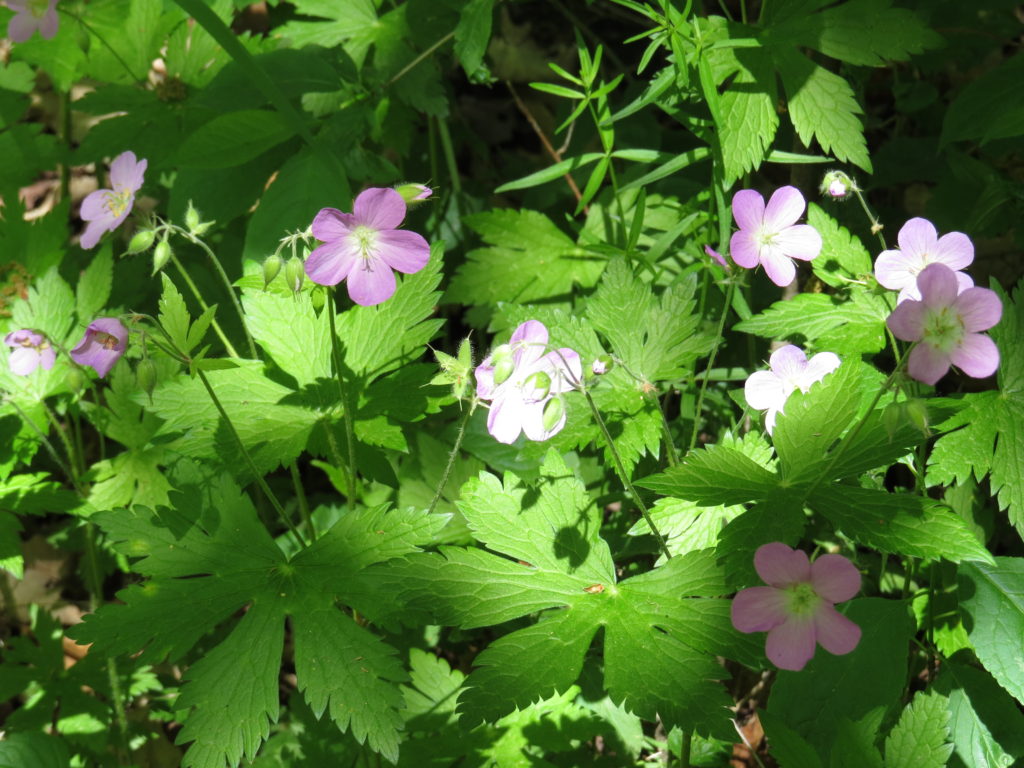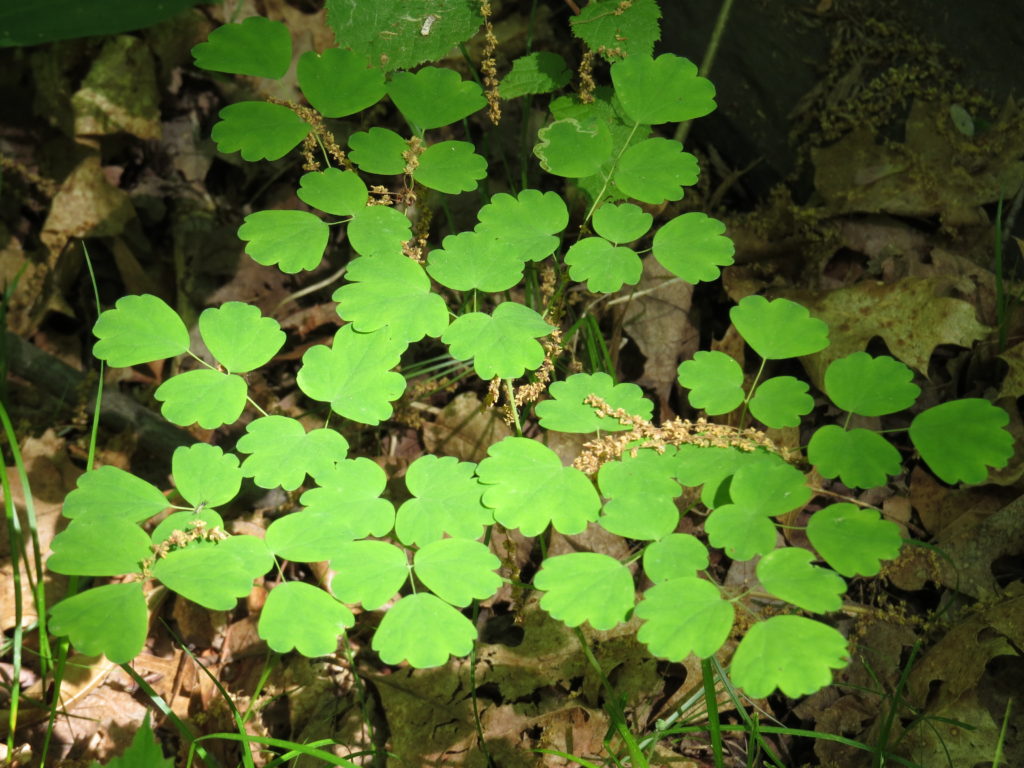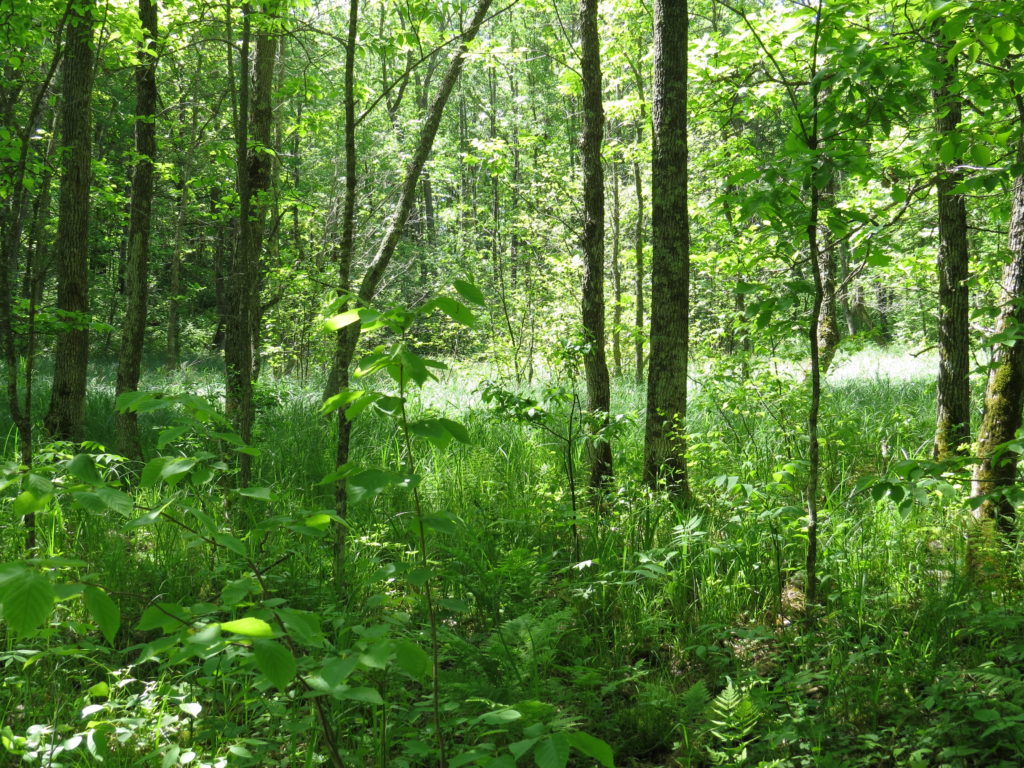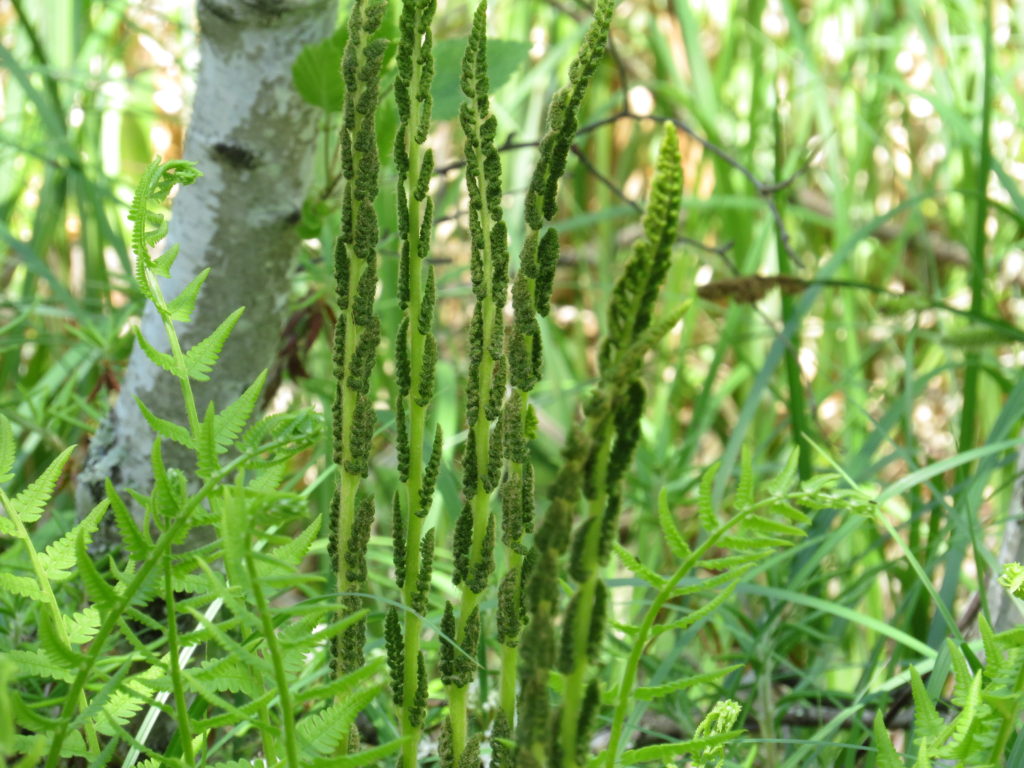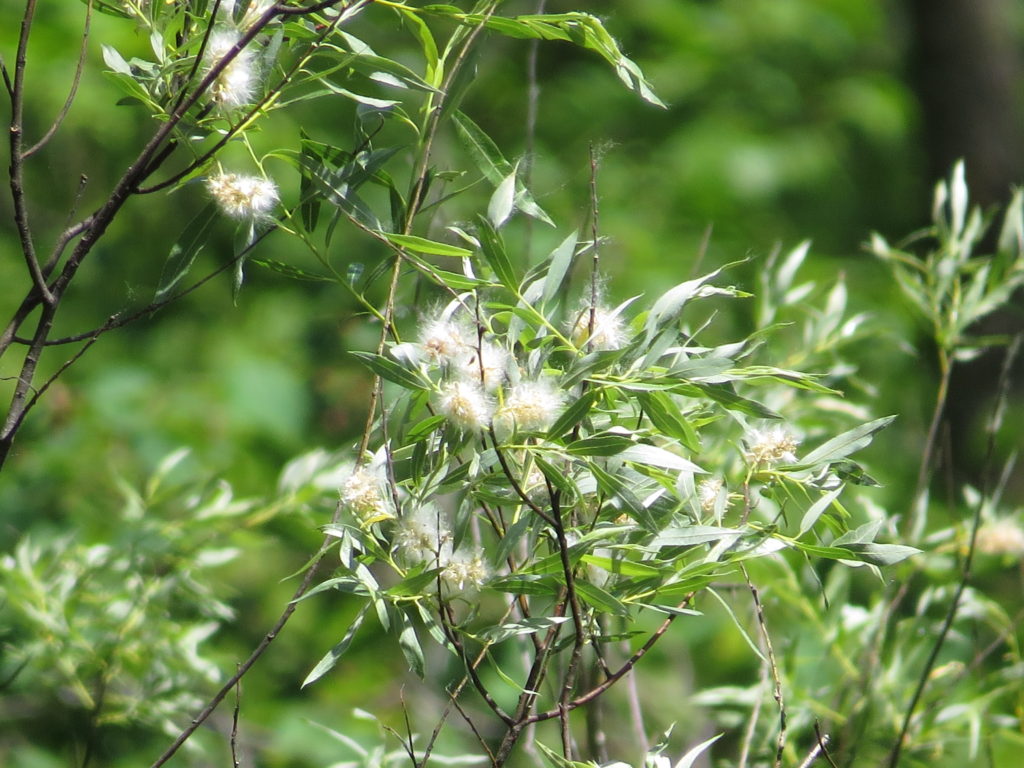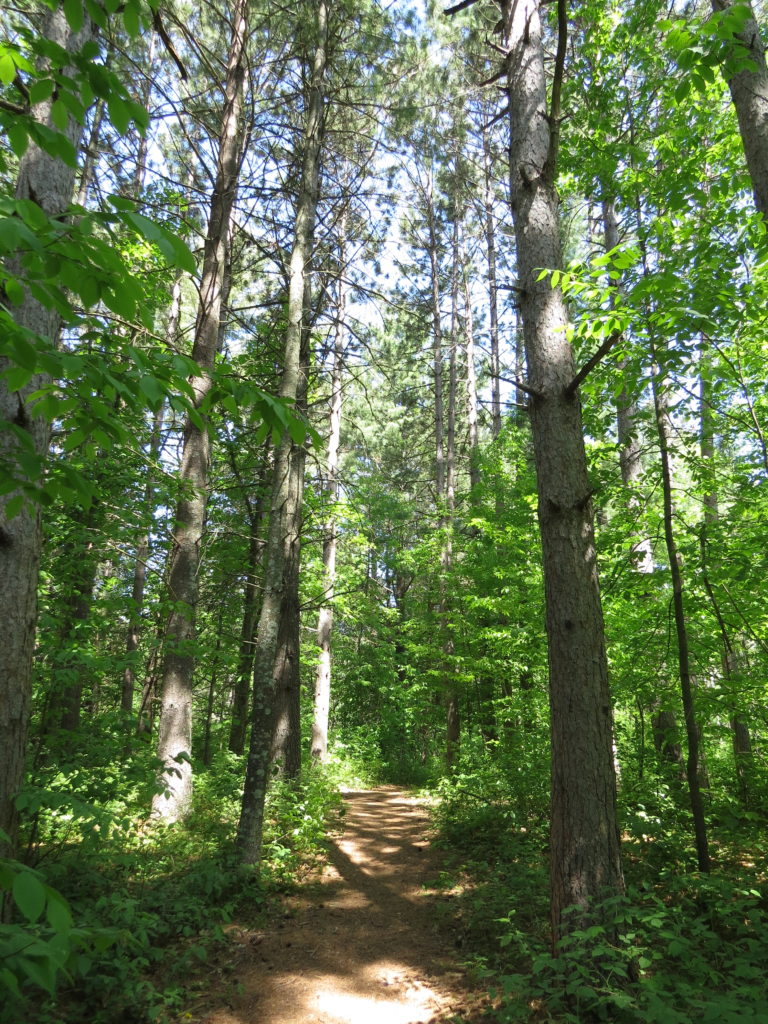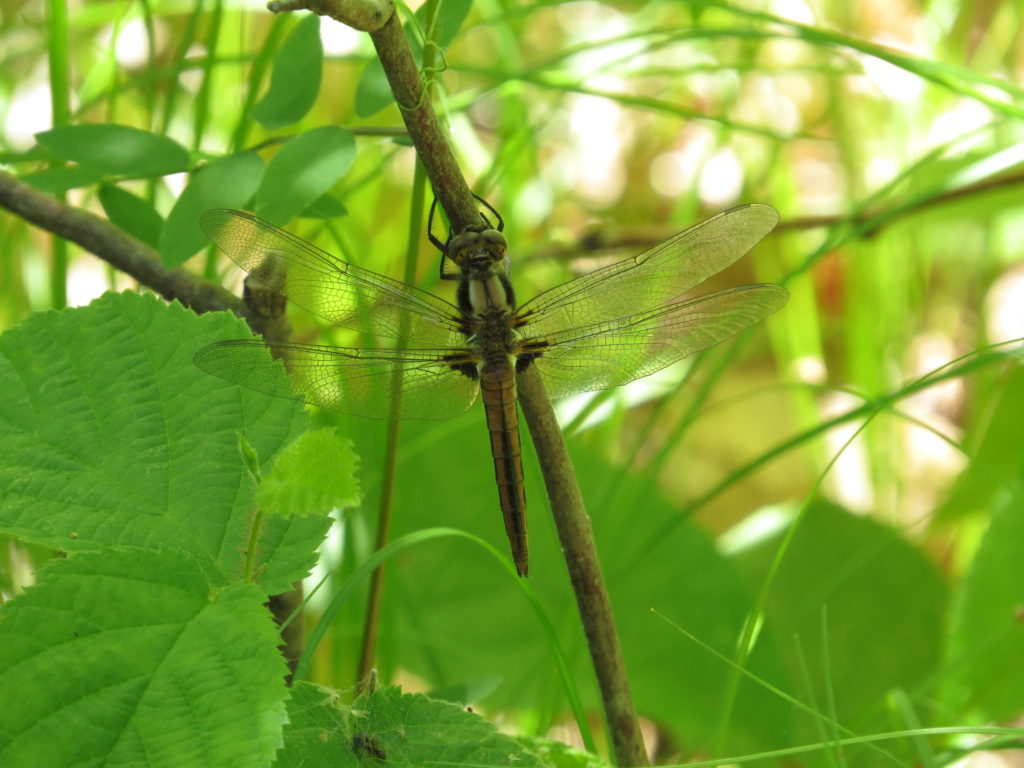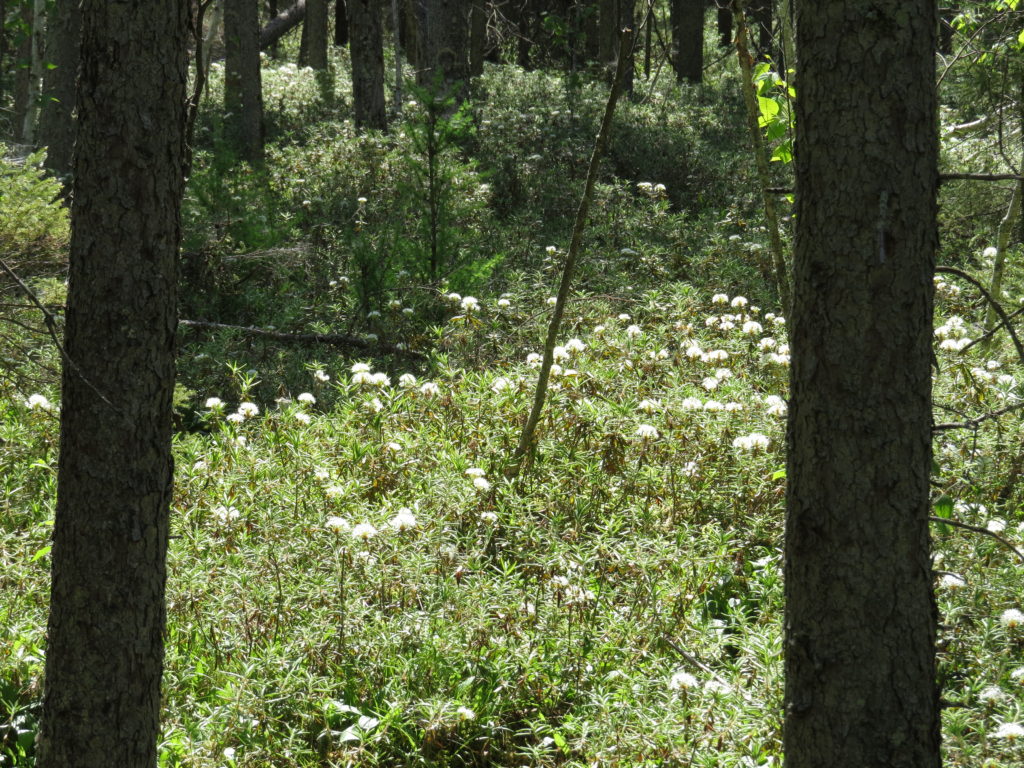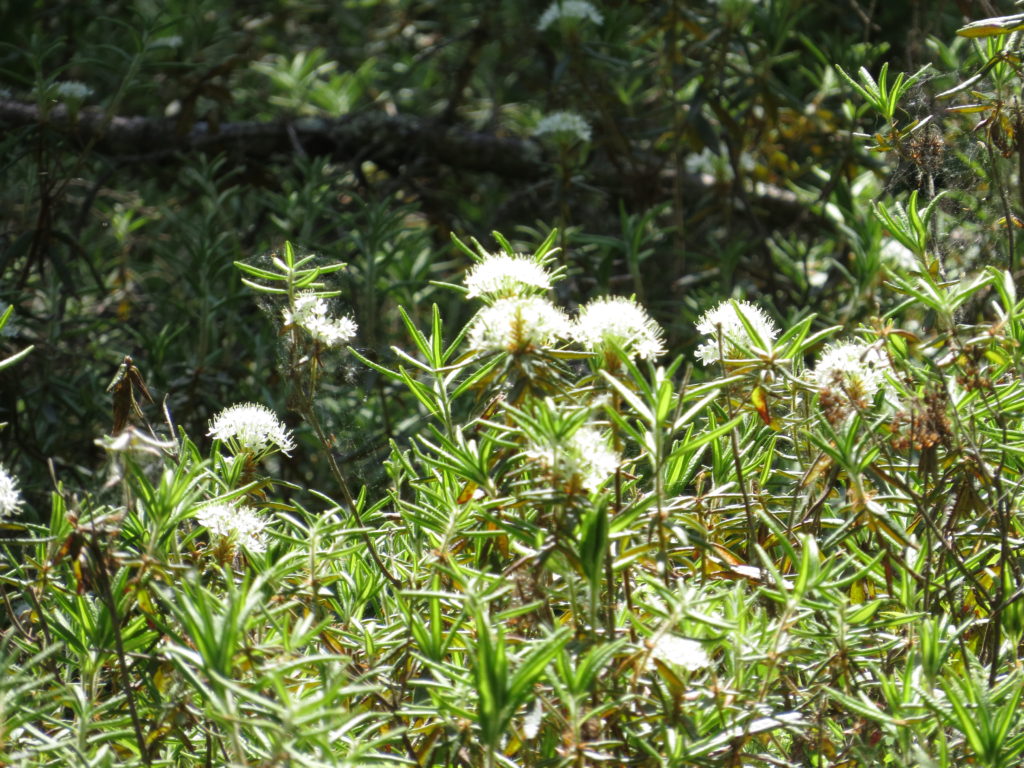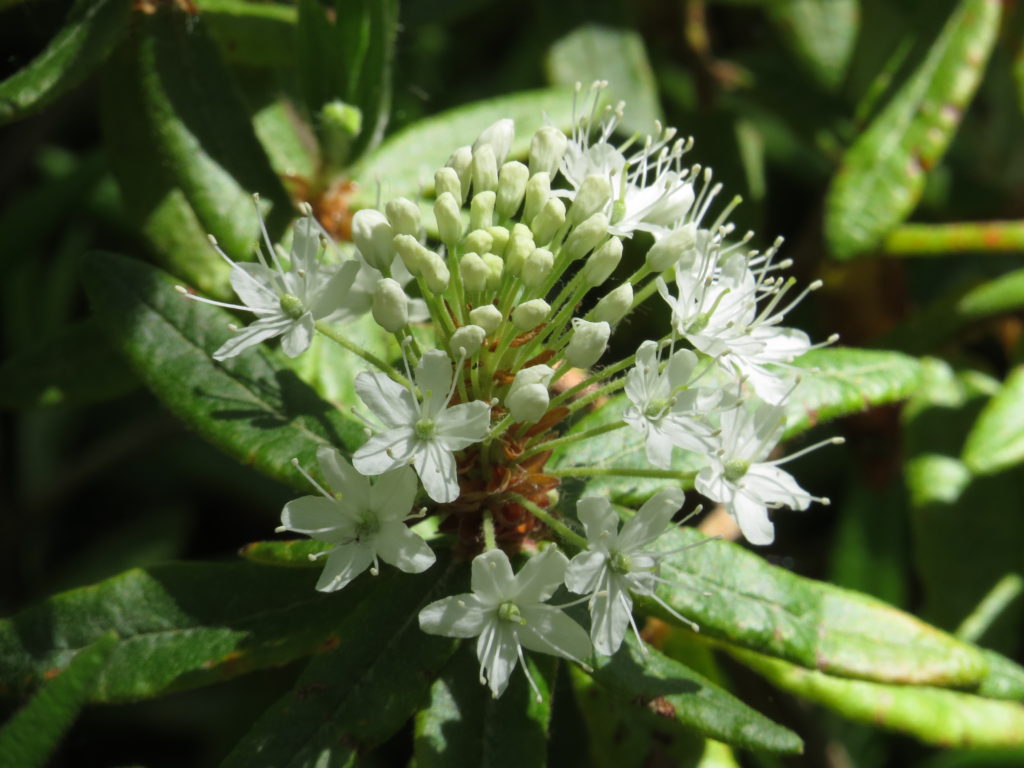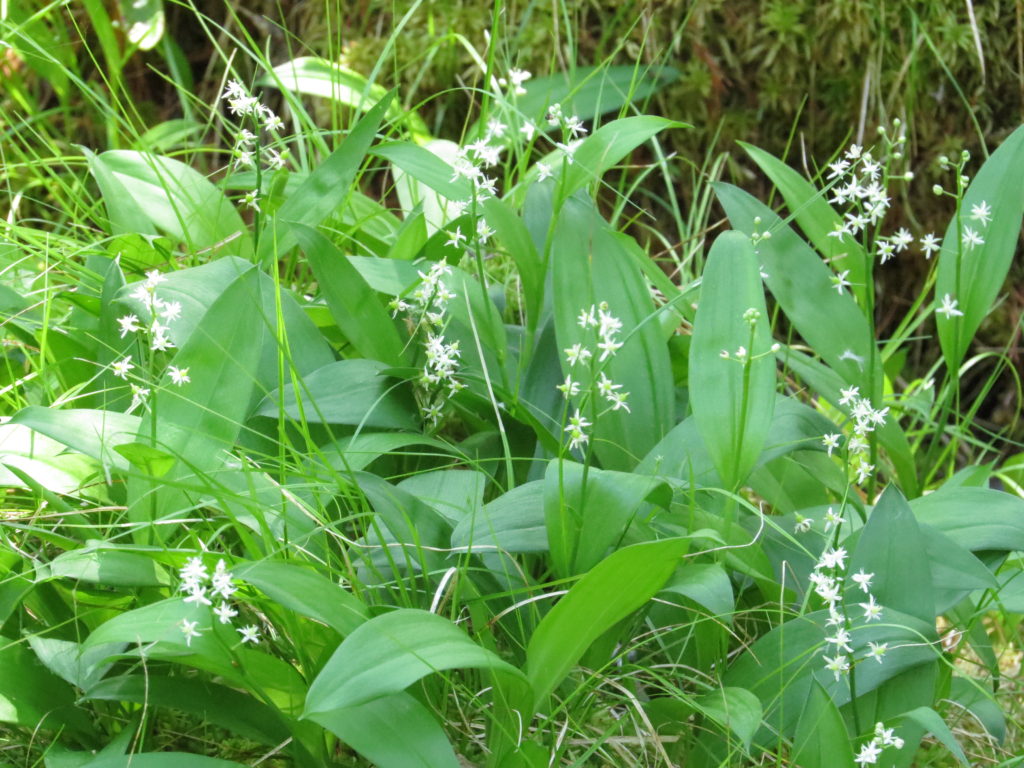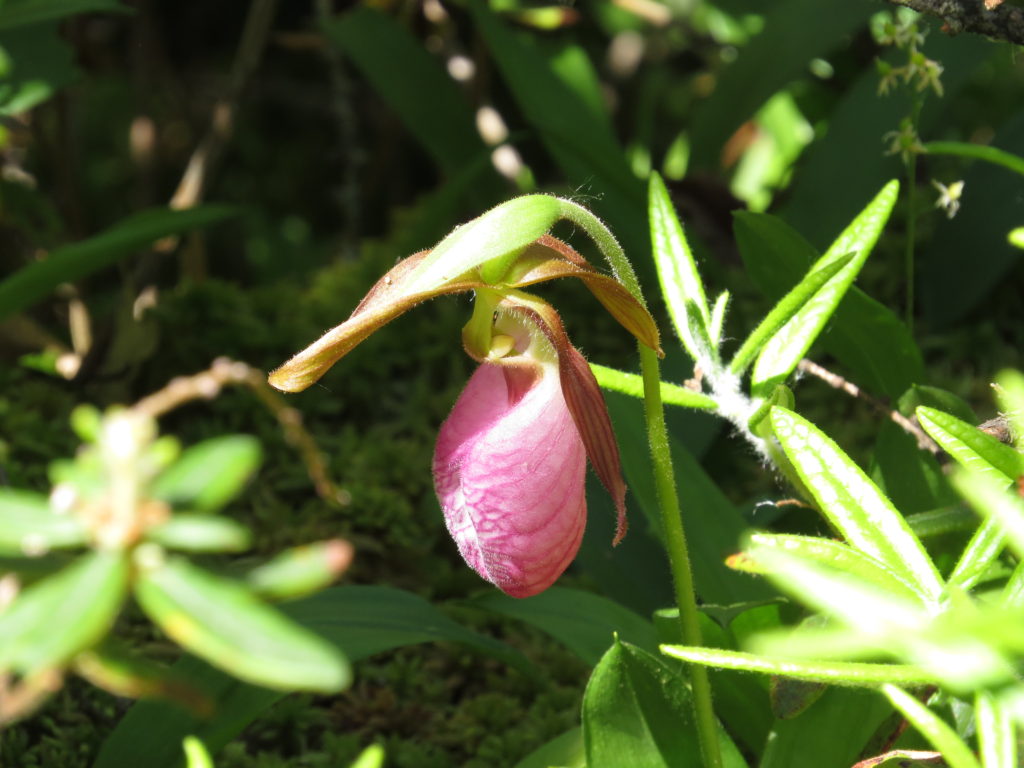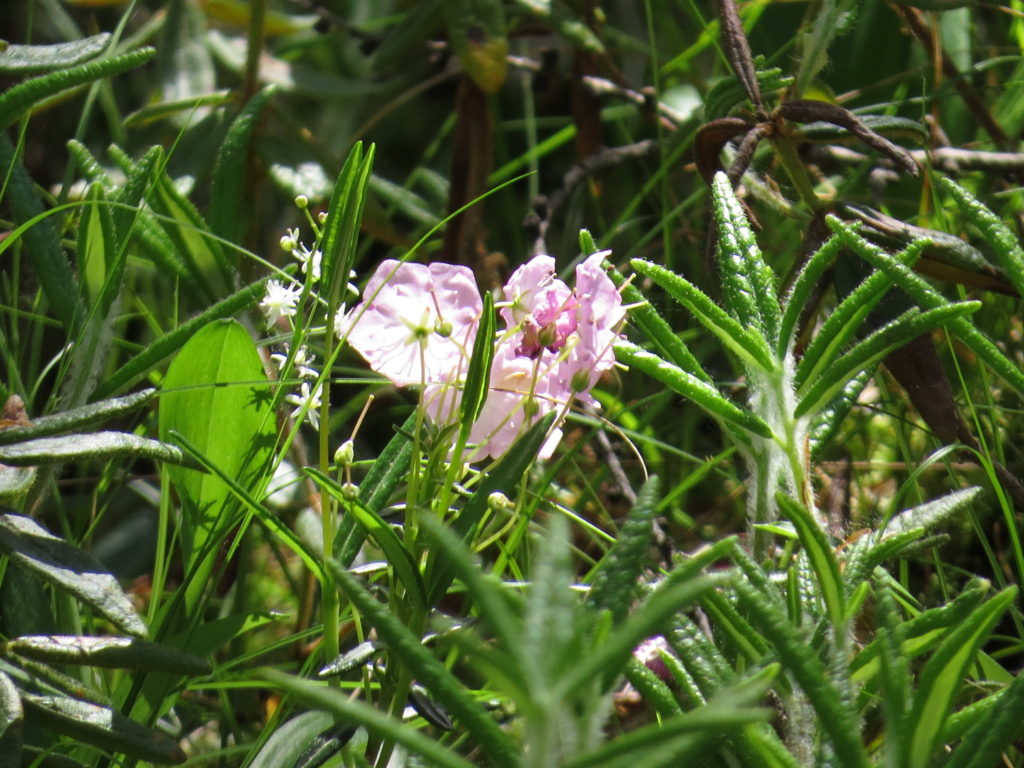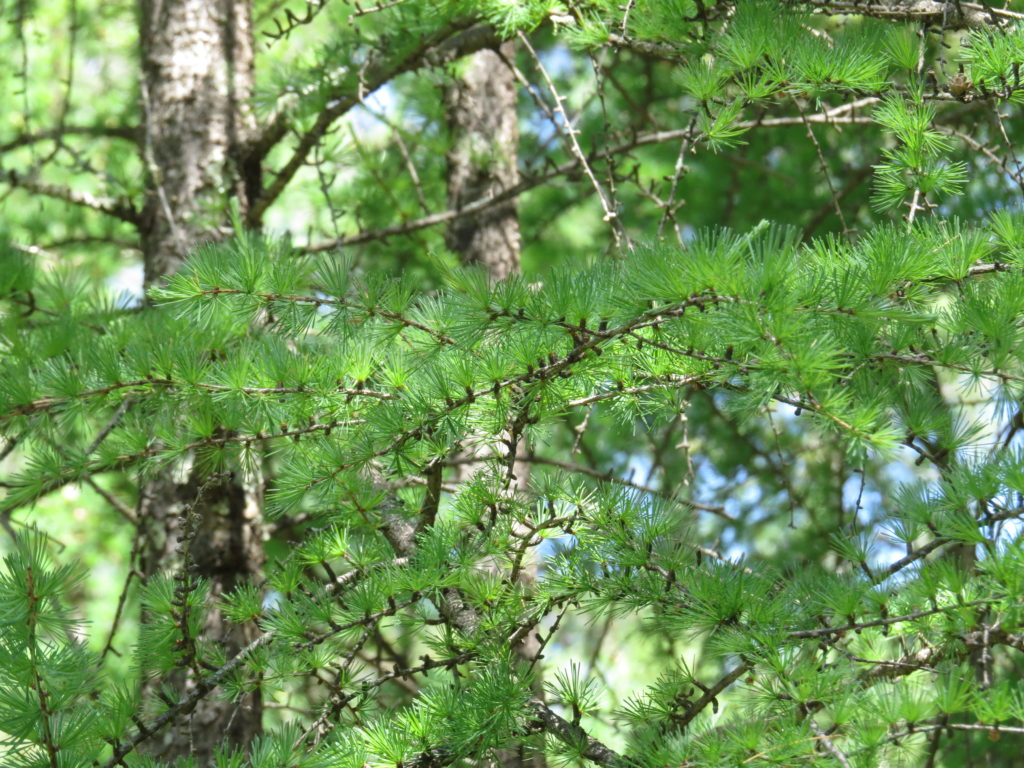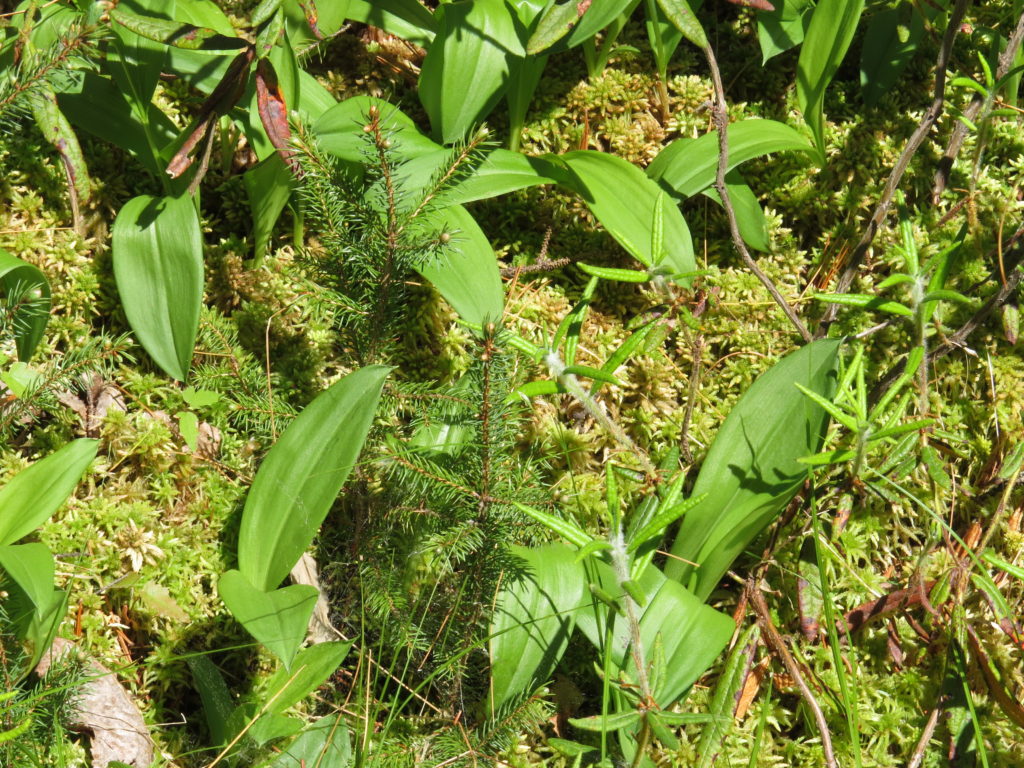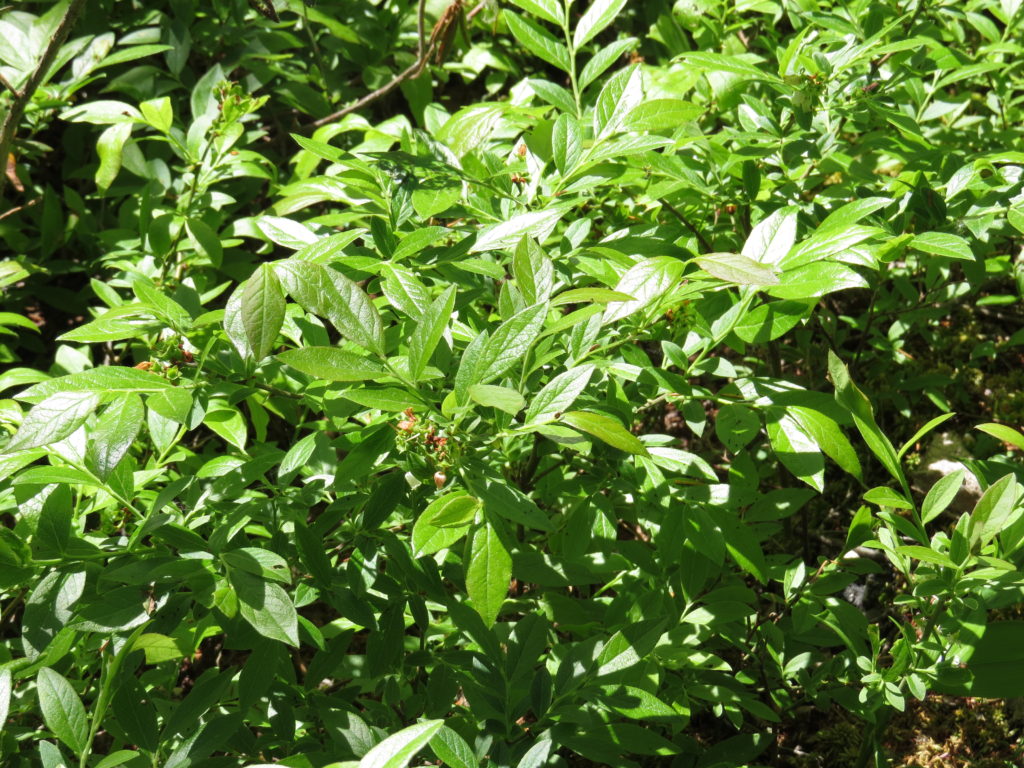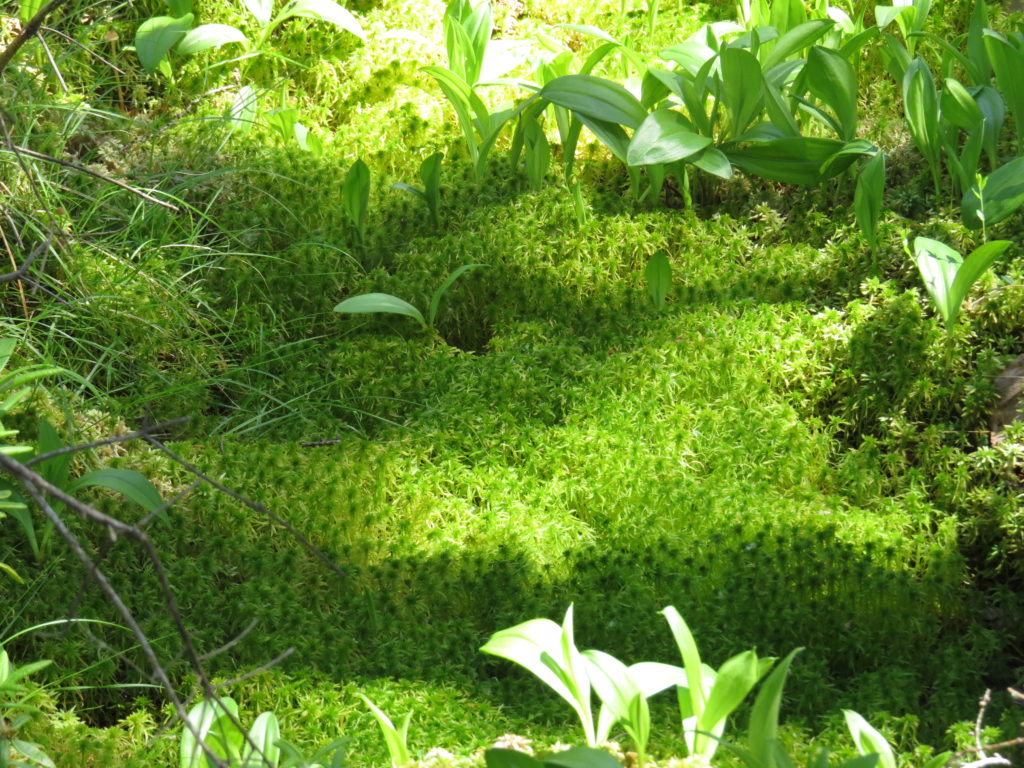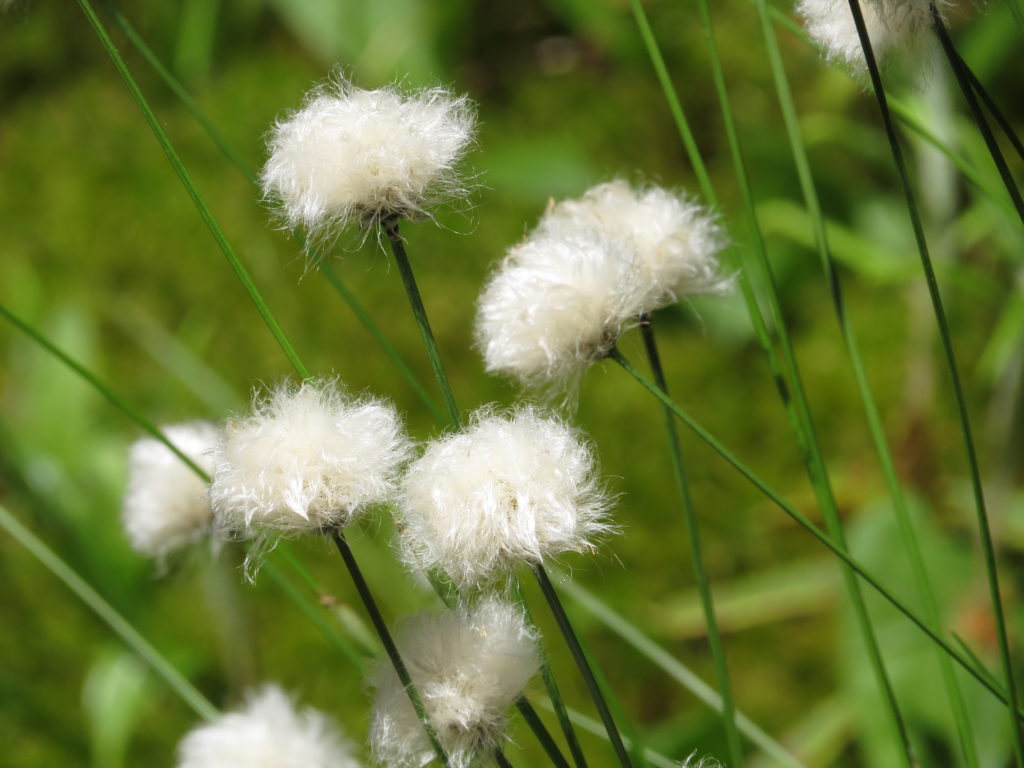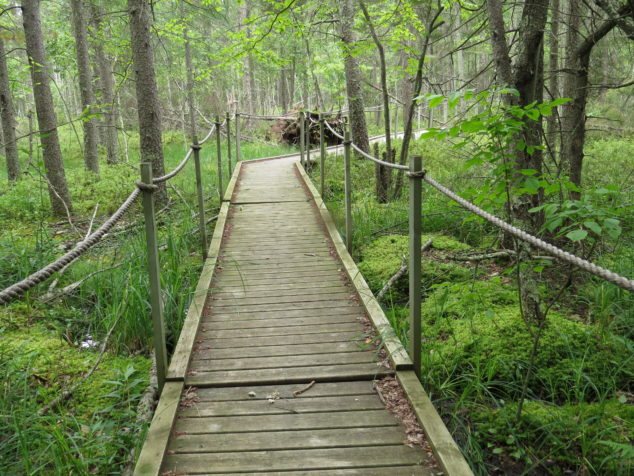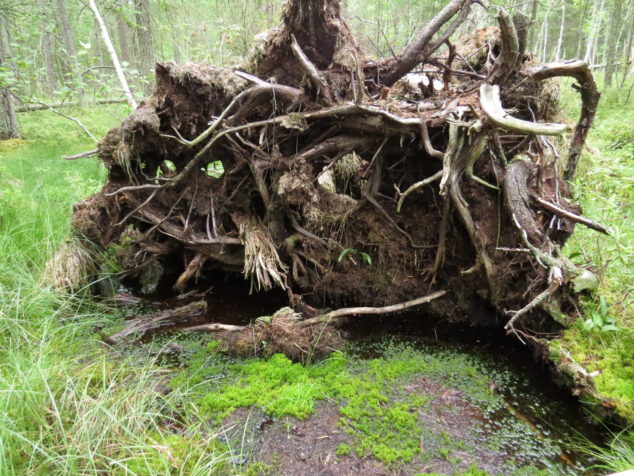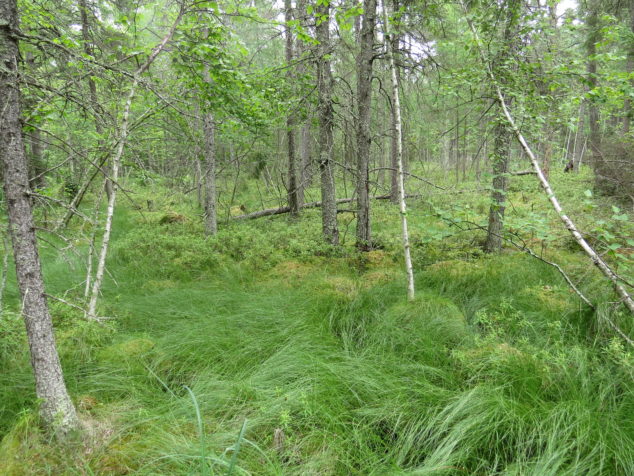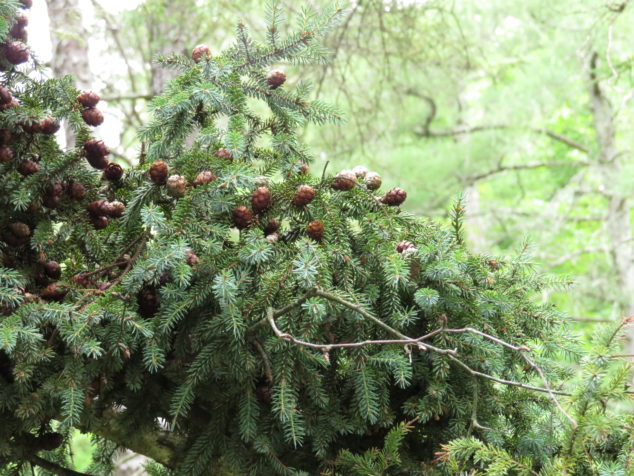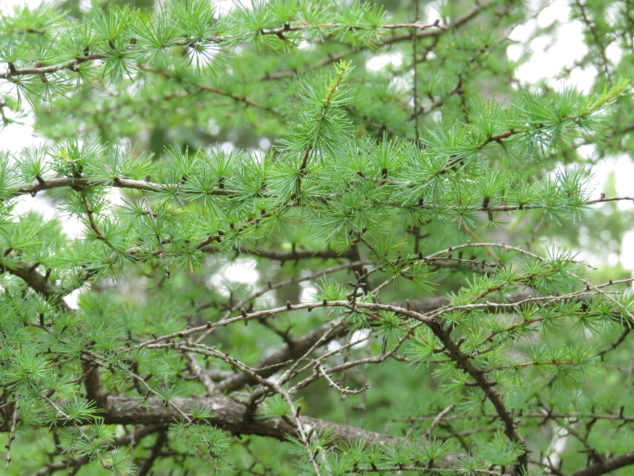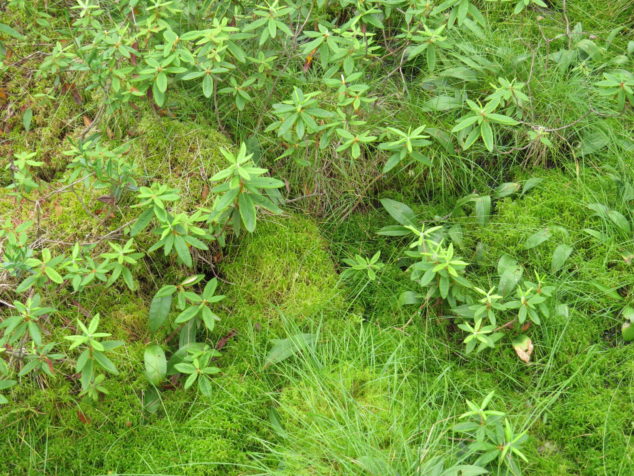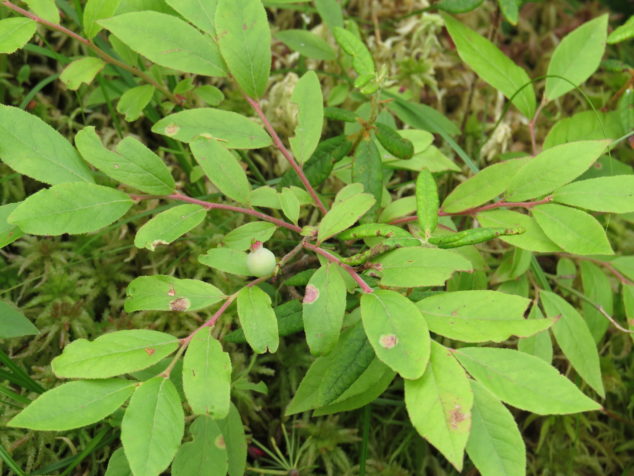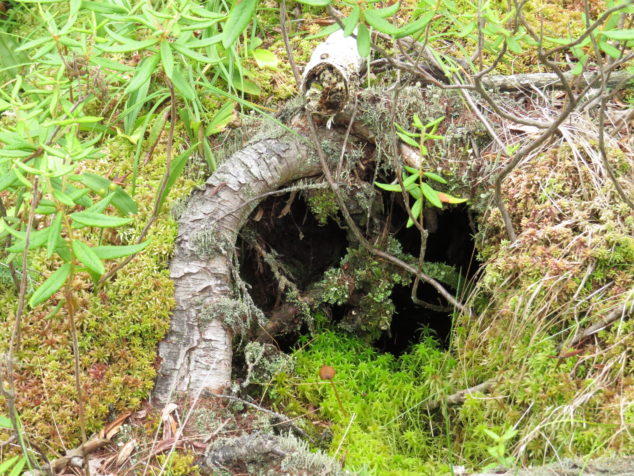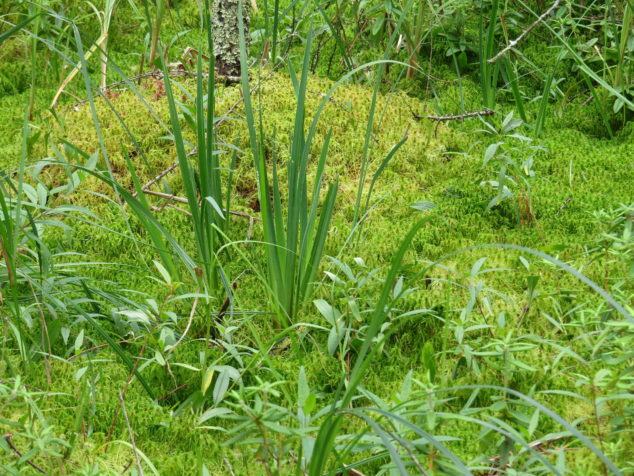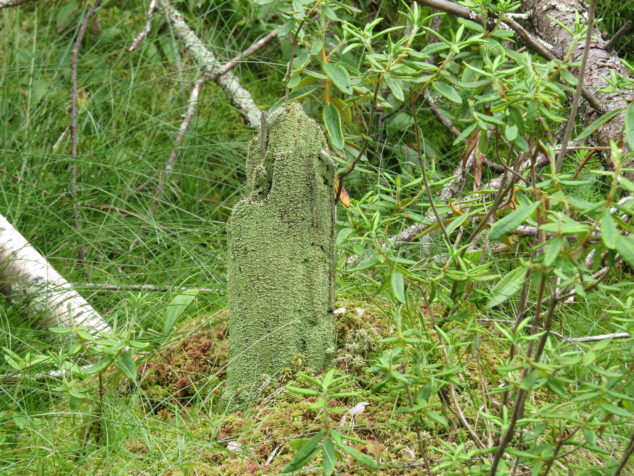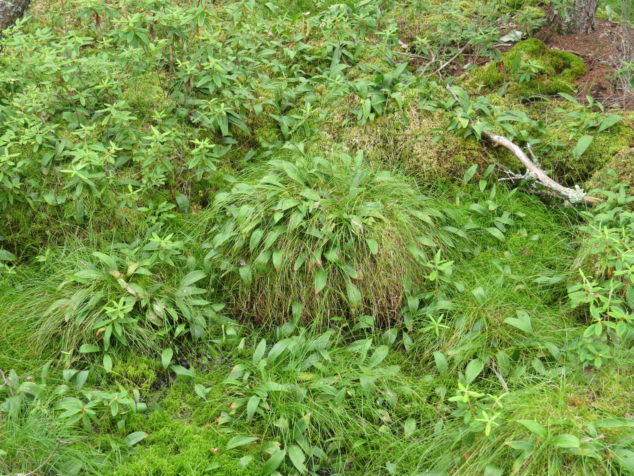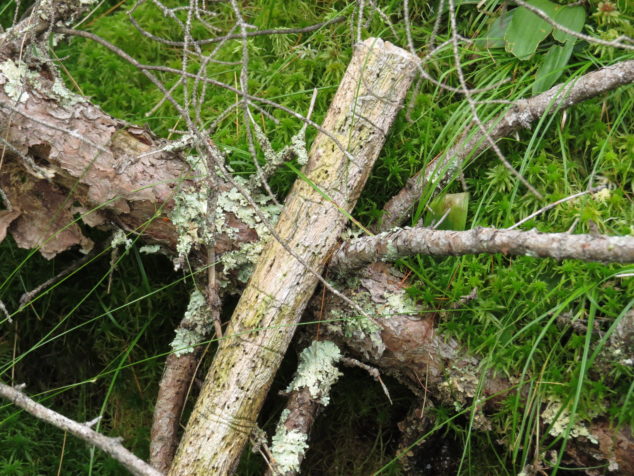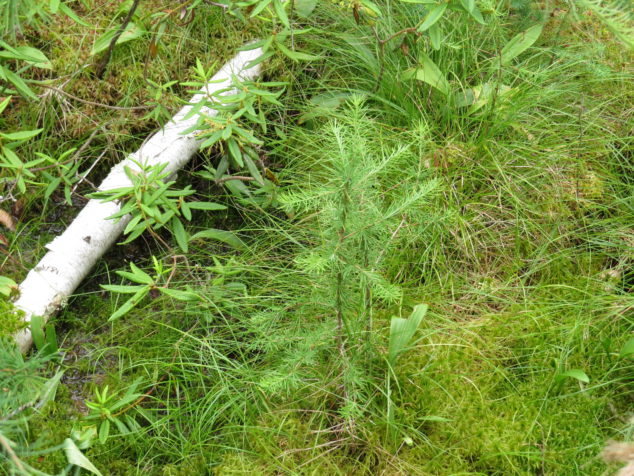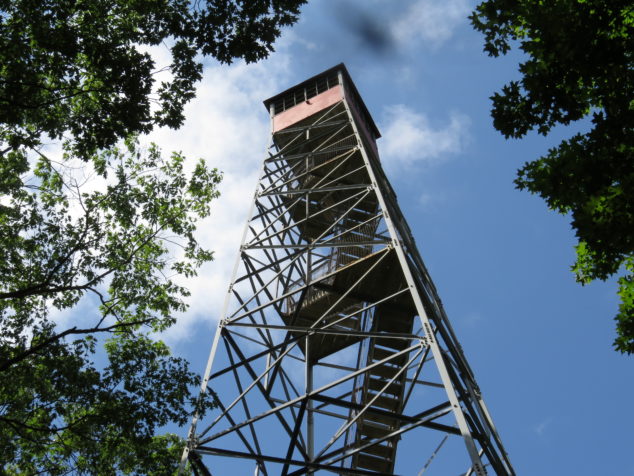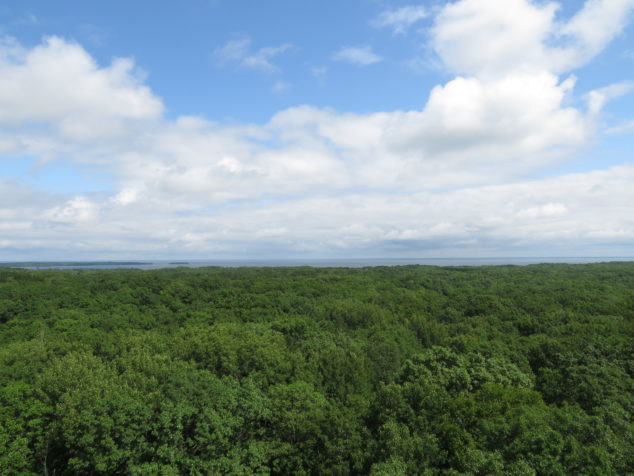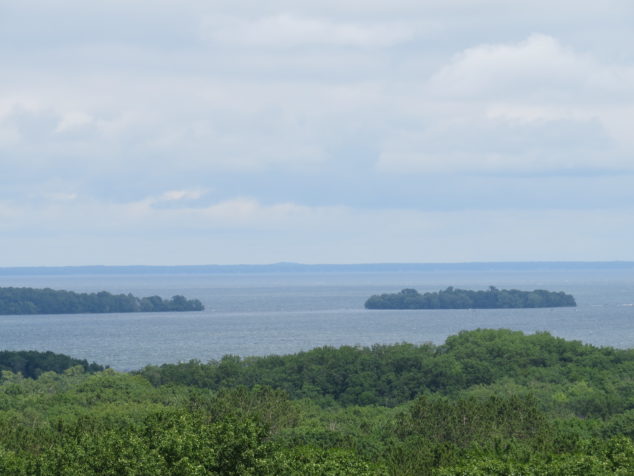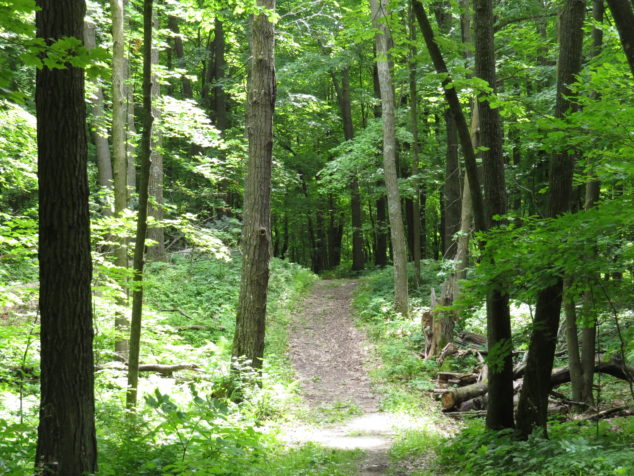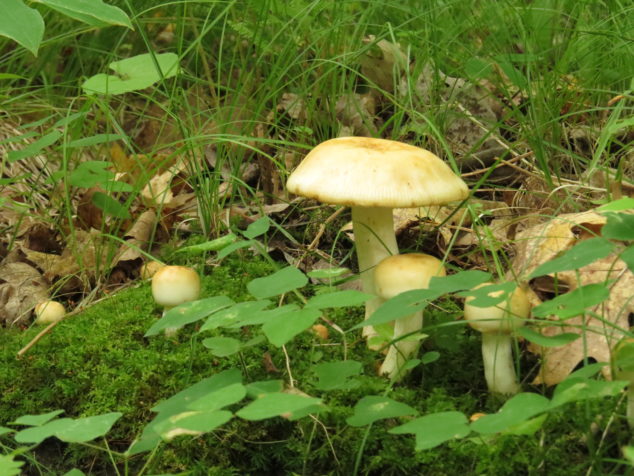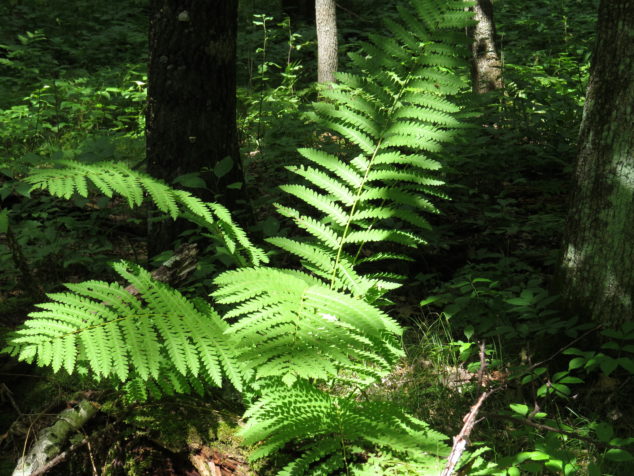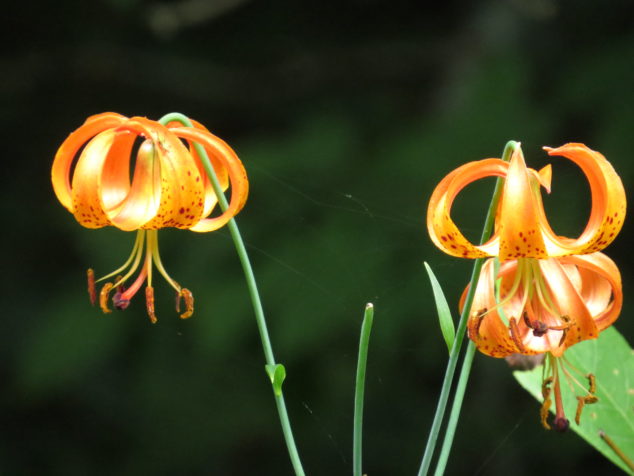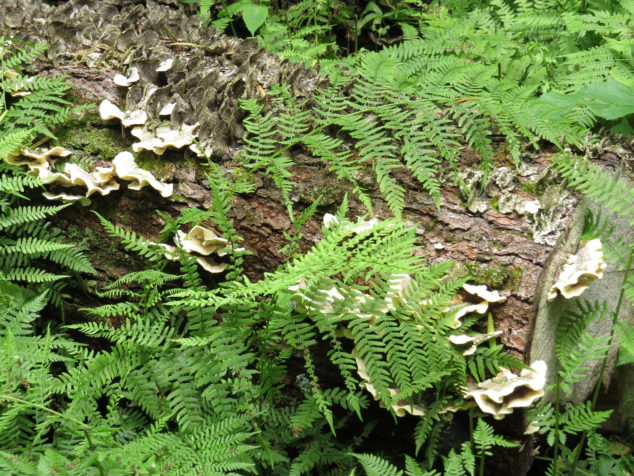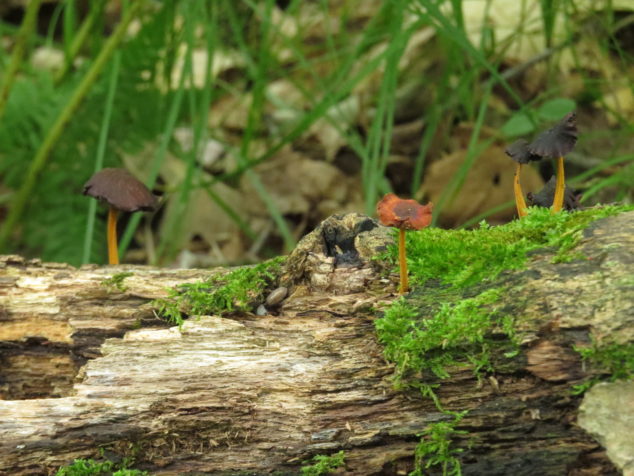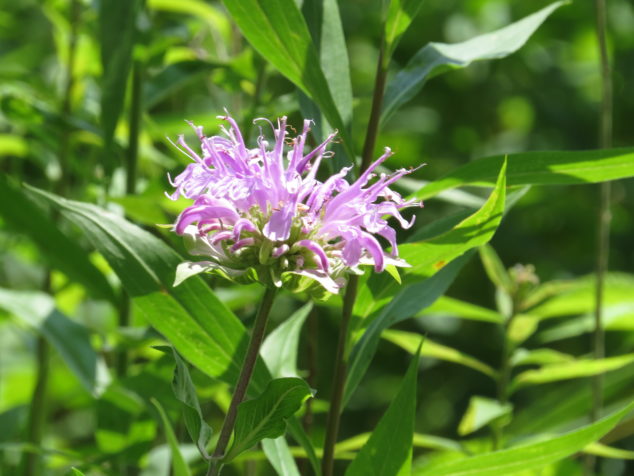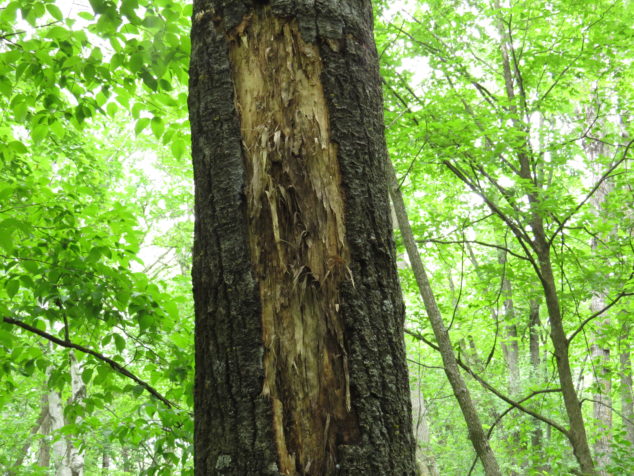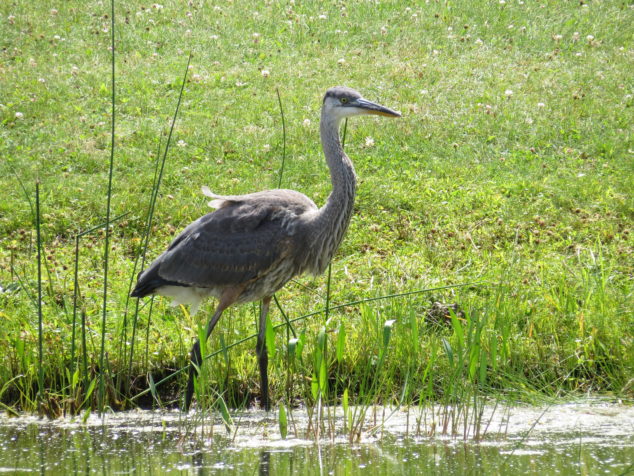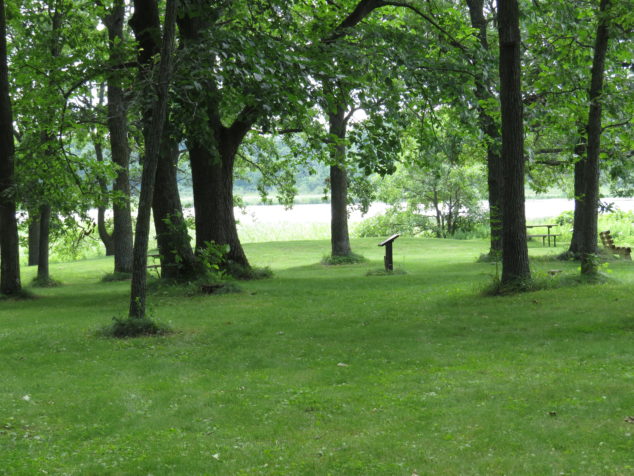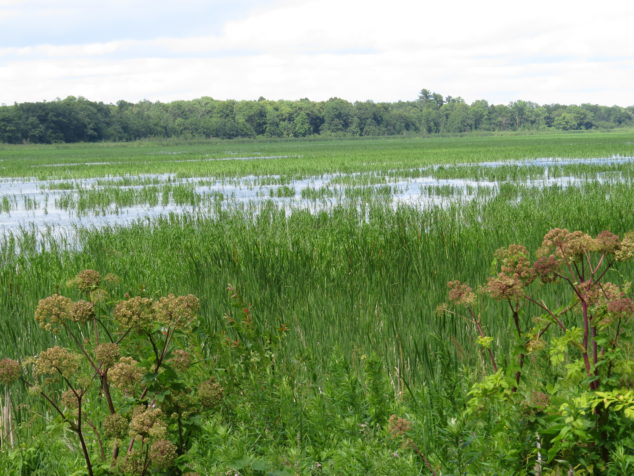Come walk with me in the peak Autumn beauty of the Northwoods. To say that I love this time of year is an understatement. Most everyone can appreciate the colorful falling leaves—it reveals the ‘true self’ of a tree when its leaves are no longer producing chlorophyll. Their true colors are revealed, and there is something simple and shimmering about that. But many people dread the coming cold and snow and how the days are short on sunshine and light. I have learned to appreciate the gray clouds of a Winter’s day and how the light has shifted from peeking into the north windows of the house to the full, long gaze through the southern windows. It’s a warm gift from the tilt of the Earth. Receive it with an open heart. And the invigorating cold and the beautiful snow…but I’m getting ahead of myself!
Before our trip to Mille Lacs Kathio State Park a couple weeks ago, I checked the website for alerts and notices, and at the top of the list was this: “The bears are active! Please practice bear safety and plan accordingly.” Good to know. The DNR has a couple of dedicated pages to bear safety—what to do, what not to do, and reassurance that bears (like so many wild animals) are not ‘out to get you.’ So we were well aware that we were walking into bear territory as we packed our snacks, but we soon had Fall’s colorful changes in our eyes and on our minds. The perennials—ferns, grasses, and flowers—go through their own color transformations that add interest to the forest floor. The greens of mosses and ‘evergreen’ plants are the rich outliers in the Autumn palette.
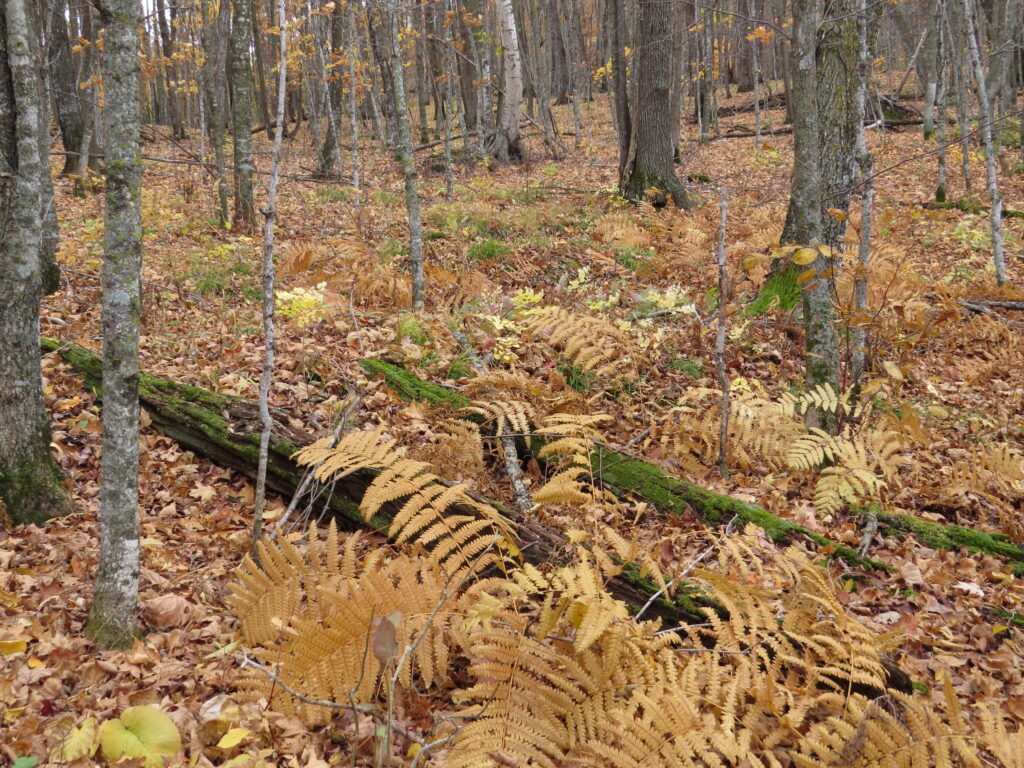
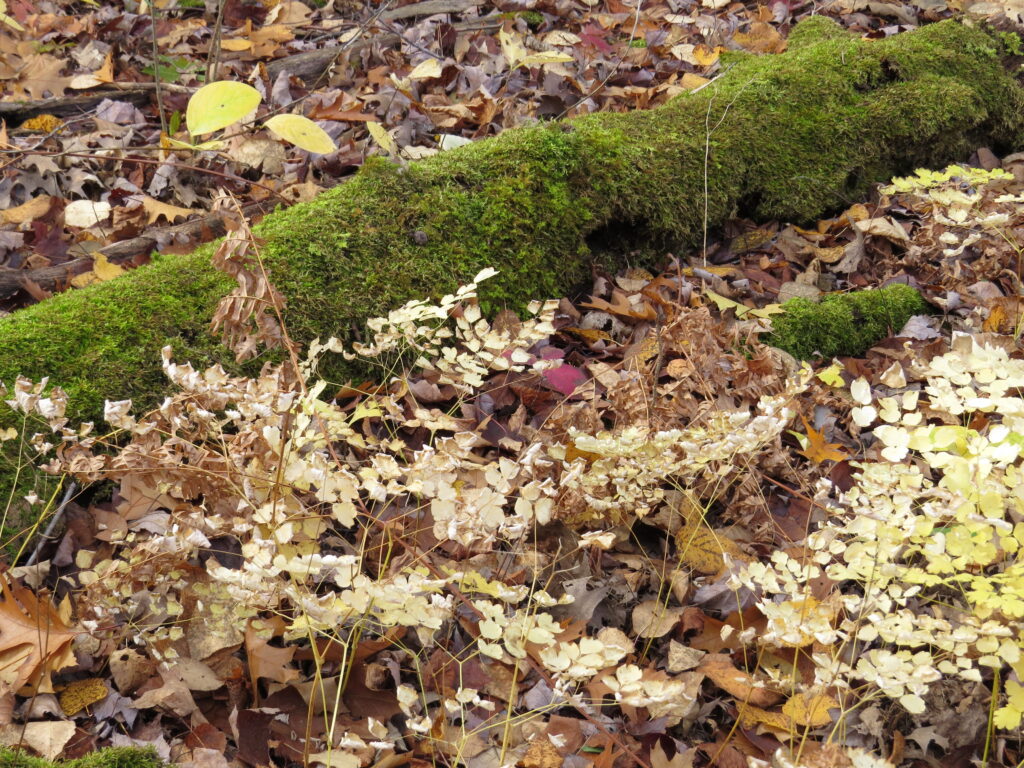
I loved how some little creature had tucked an acorn into the thick moss that was growing up a rough-barked Pine!
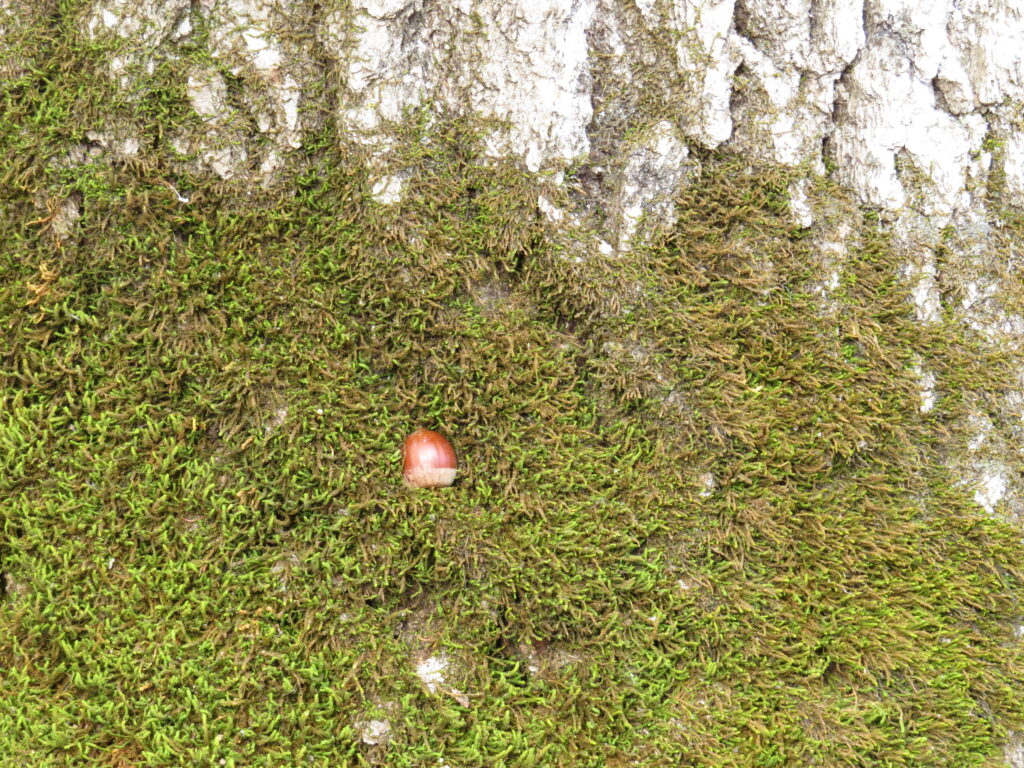
An amber wetland with spikes of dead trees was surrounded with the rust and red glory of Oak trees. A water trail through the cattails made by a beaver connected him to the forest trees.
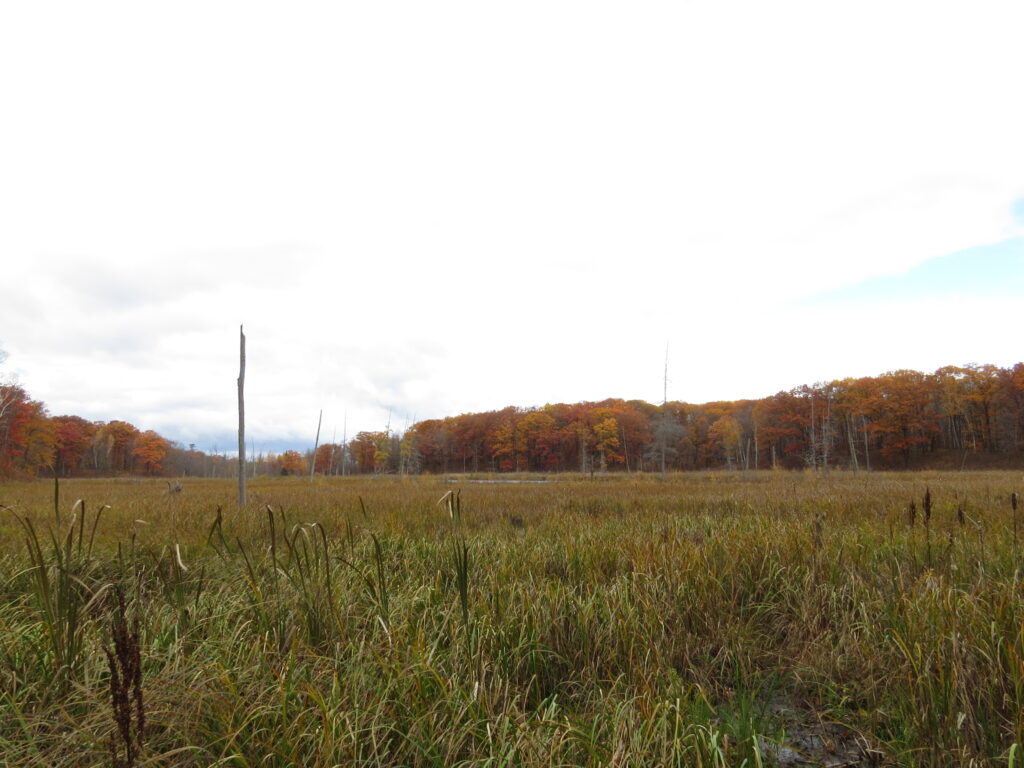
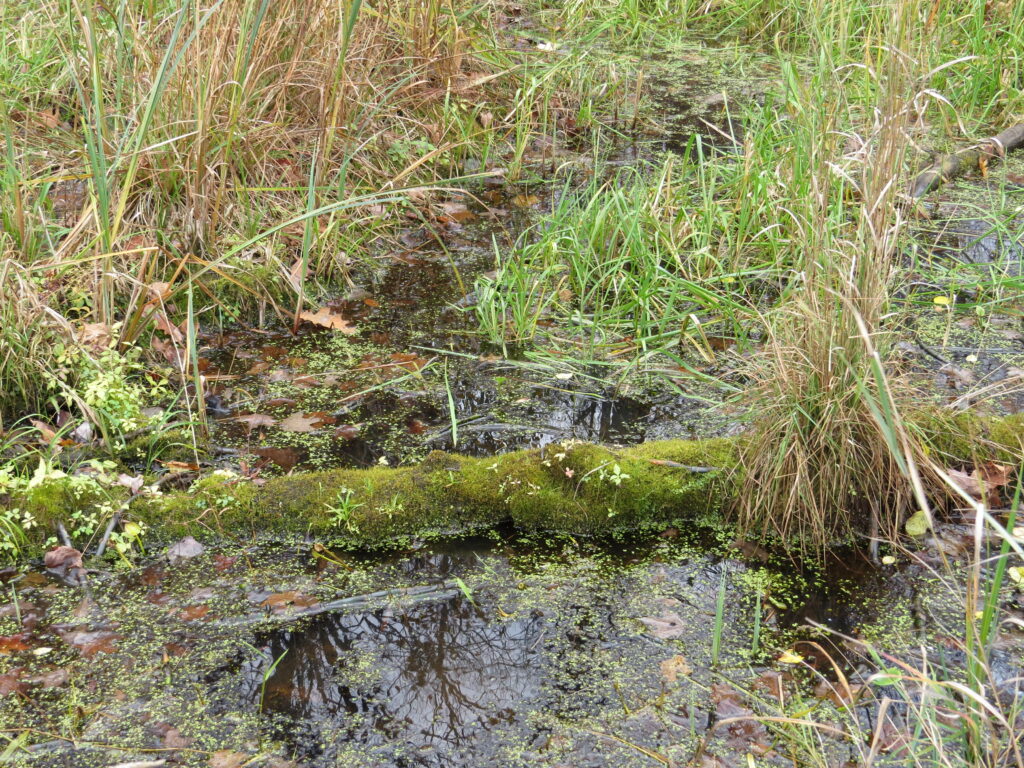
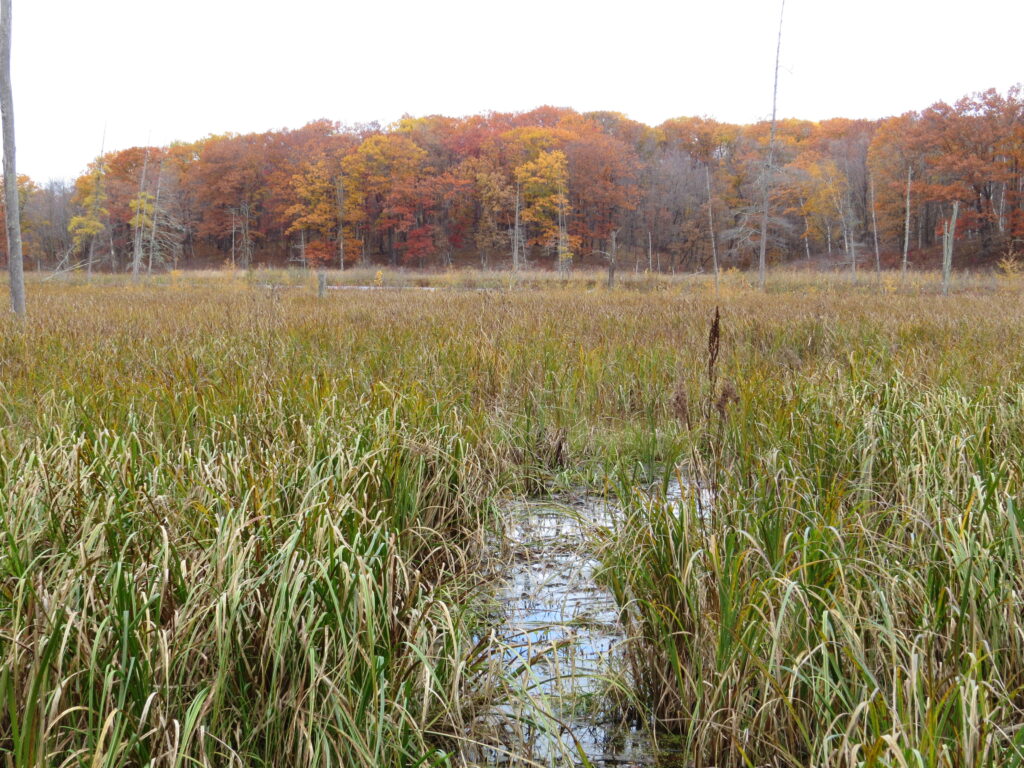
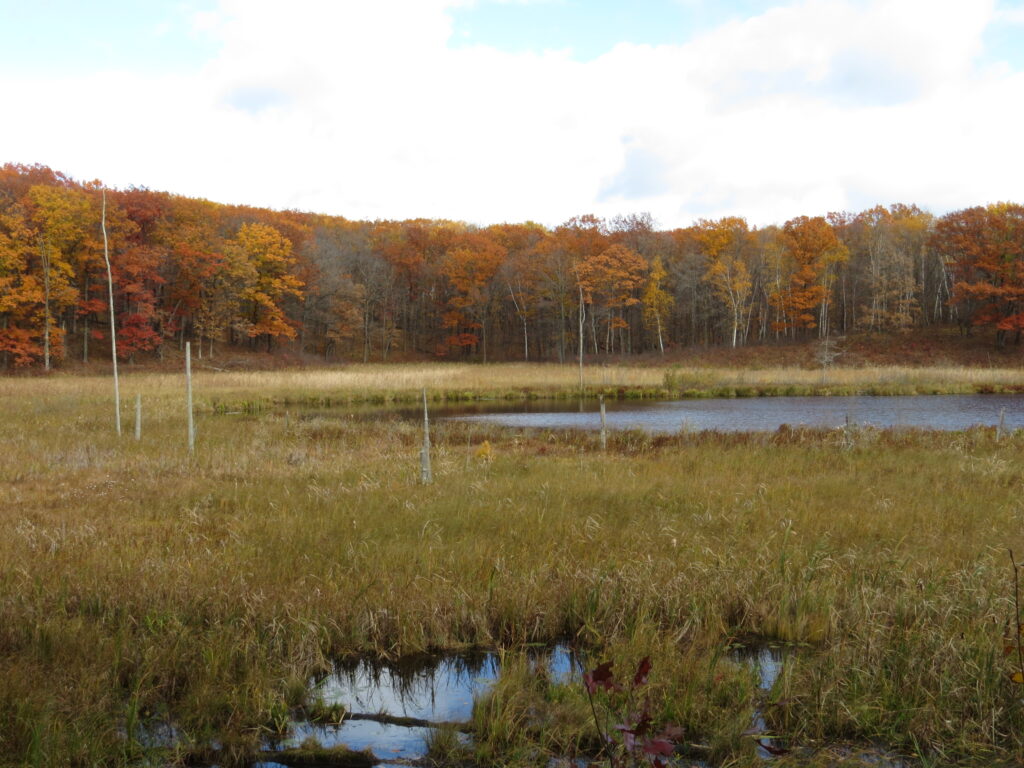
The woods were quiet except for our rustling through the fallen leaves.
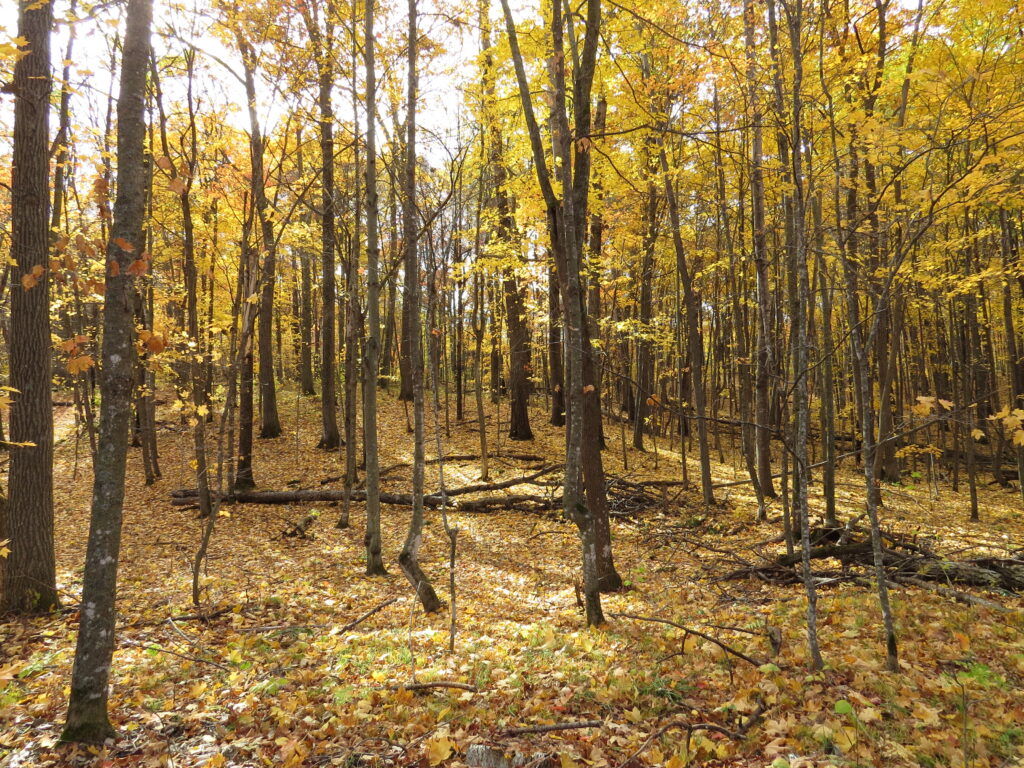
Then I recognized and remembered a Grandfather Pine ahead of us on the trail. Old darkened claw marks from a bear had scarred the tree from year’s past with beads of hardened sap like amber rings on the claw print. And on the other side of the tree, there were much newer claw marks with whitened, sugary sap dripping from them. (Not so new that the sap was still wet!) Mad respect for claws that can do that to an old tree.

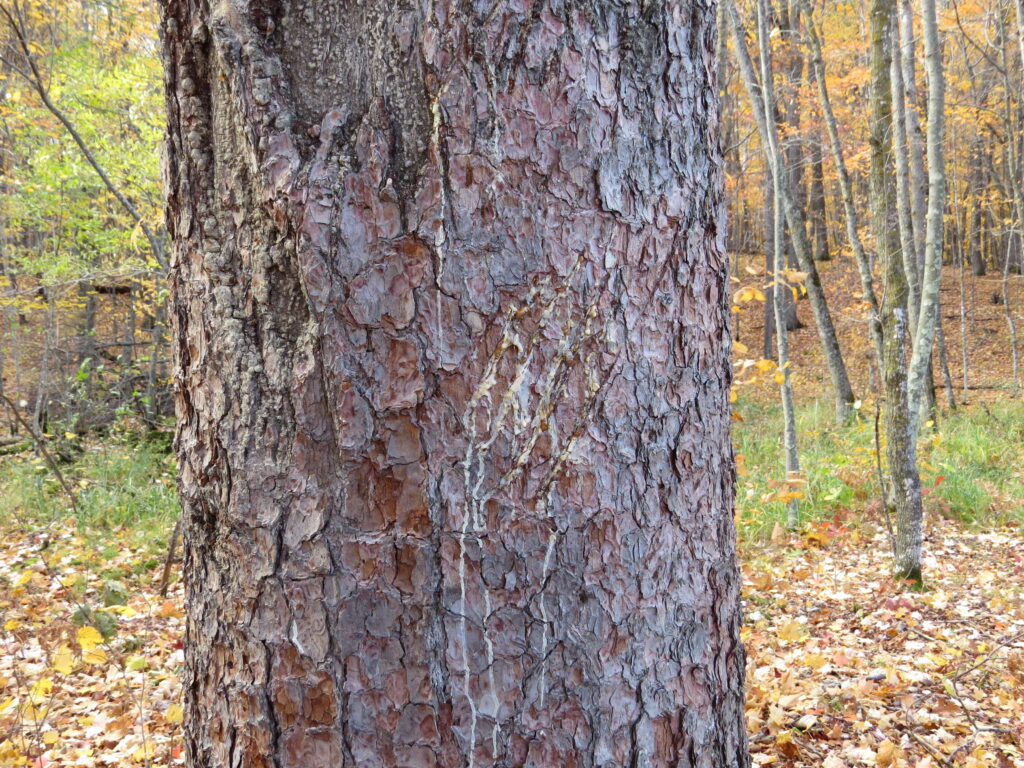
The backpack camp site where we were hoping to eat our snacks was occupied with tenters—lucky them to be camping on that beautiful place overlooking the lake! So we curved back through the glorious Maple trees towards a bog, one of dozens in the 10,000-acre park.
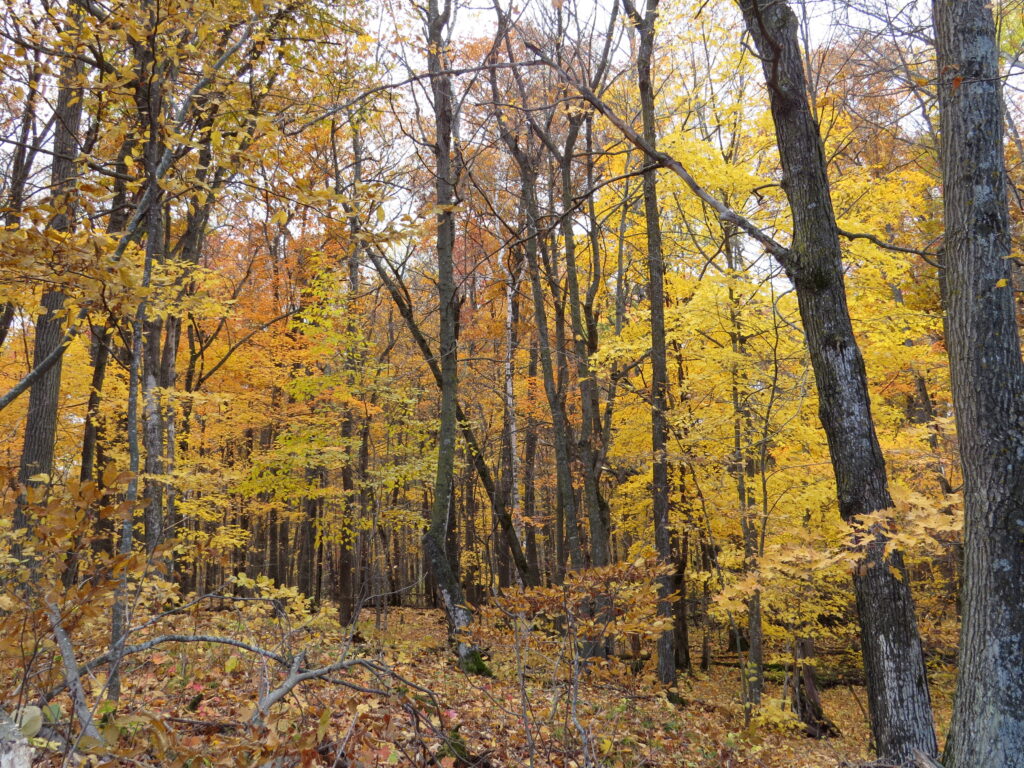
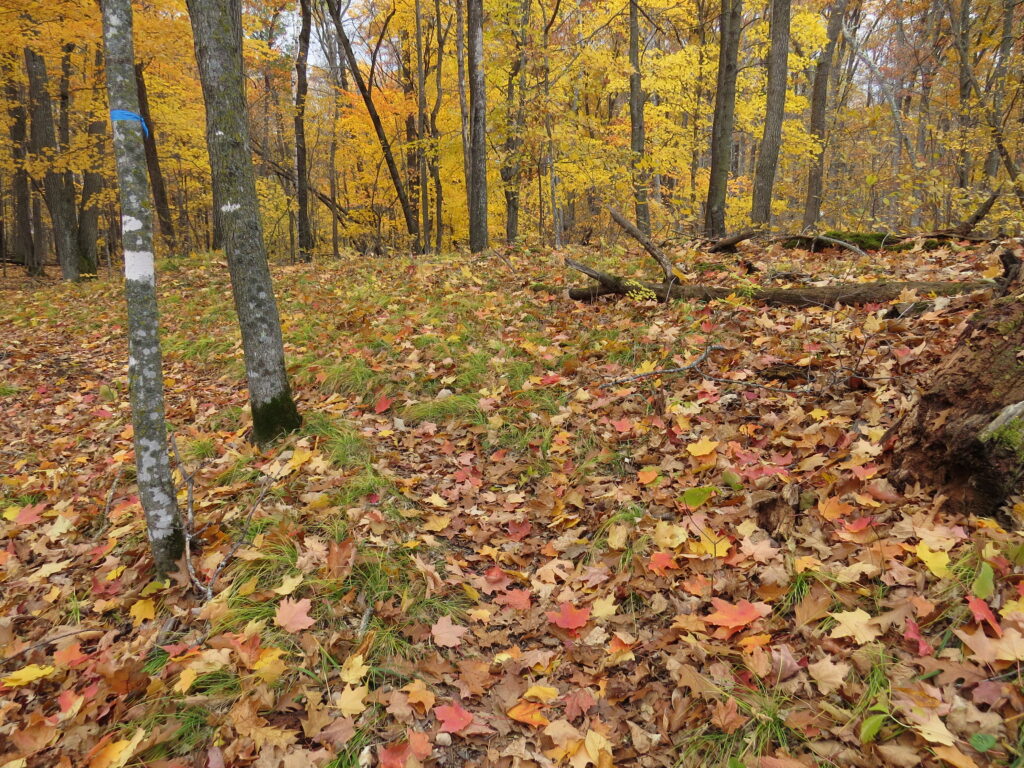
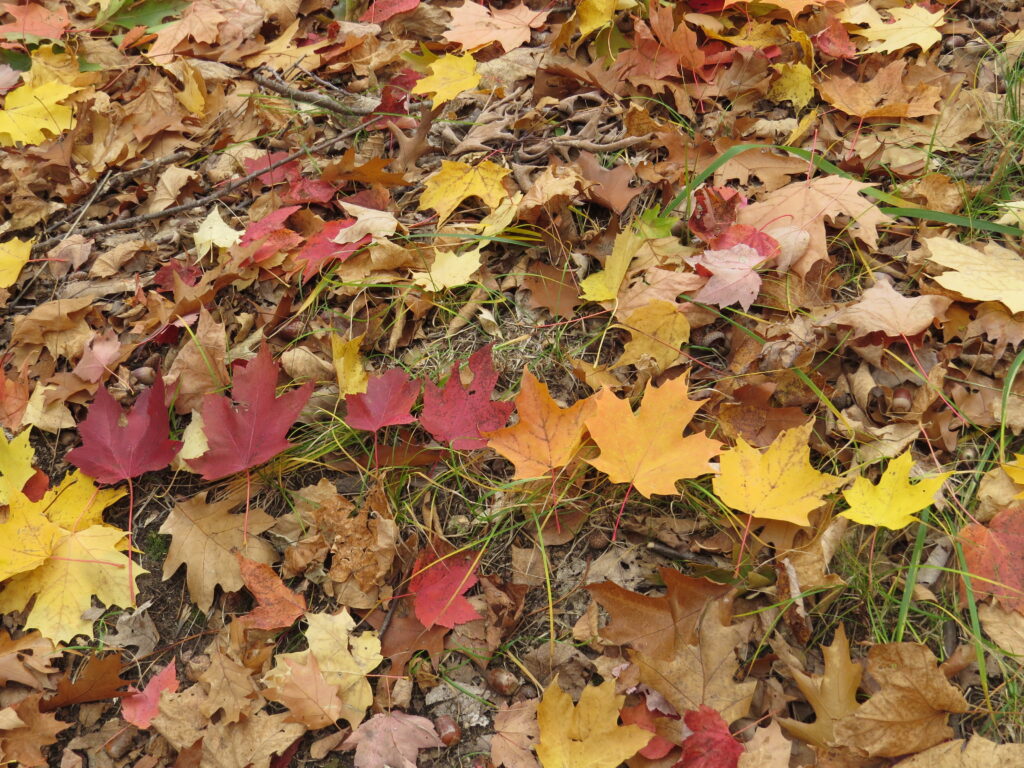
The bog was ethereal as the sun lit up the golden Tamarack trees. They weren’t quite in their full glory, as some were still tinged with green, but there is hardly anything more beautiful than a stand of golden-yellow Tamaracks before they drop their deciduous needles!

Bogs are fascinating ecosystems! Peat moss looks like a solid substrate from which all the trees and plants grow, but with only one step into the bog from the forest floor, my boot sank into the water just under the surface. That’s why only certain trees will grow there, those adapted to wet feet and acidic environments. So even while the colorful Oak seedlings germinated in the mossy bog, they don’t stand a chance of maturing there.
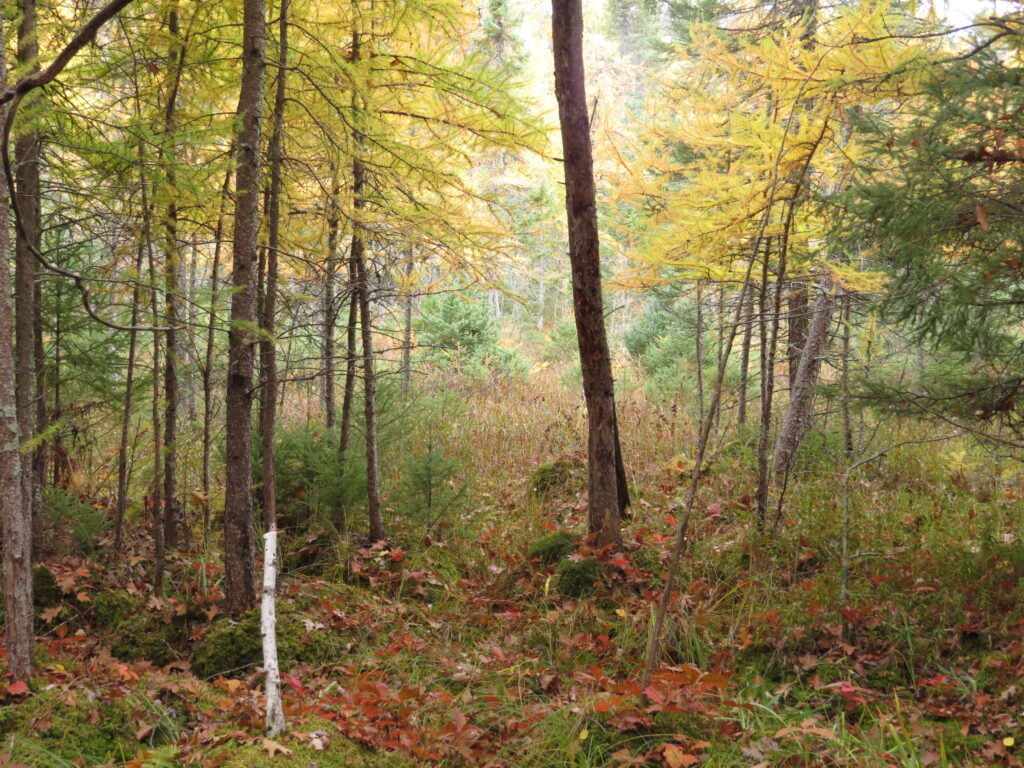
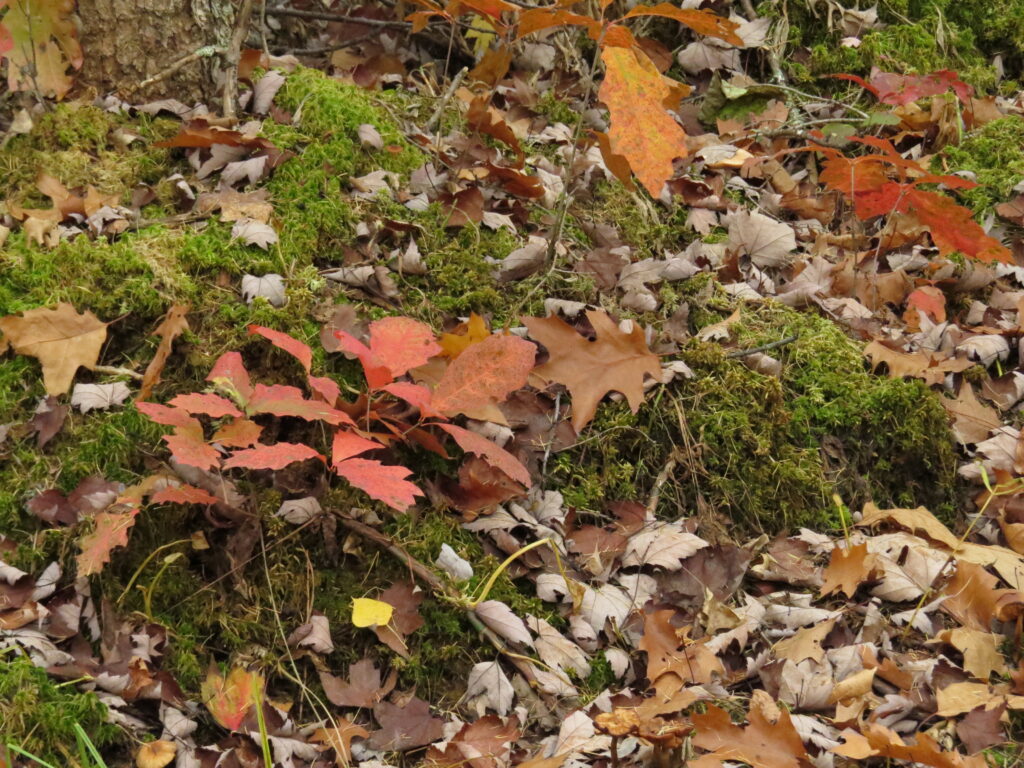
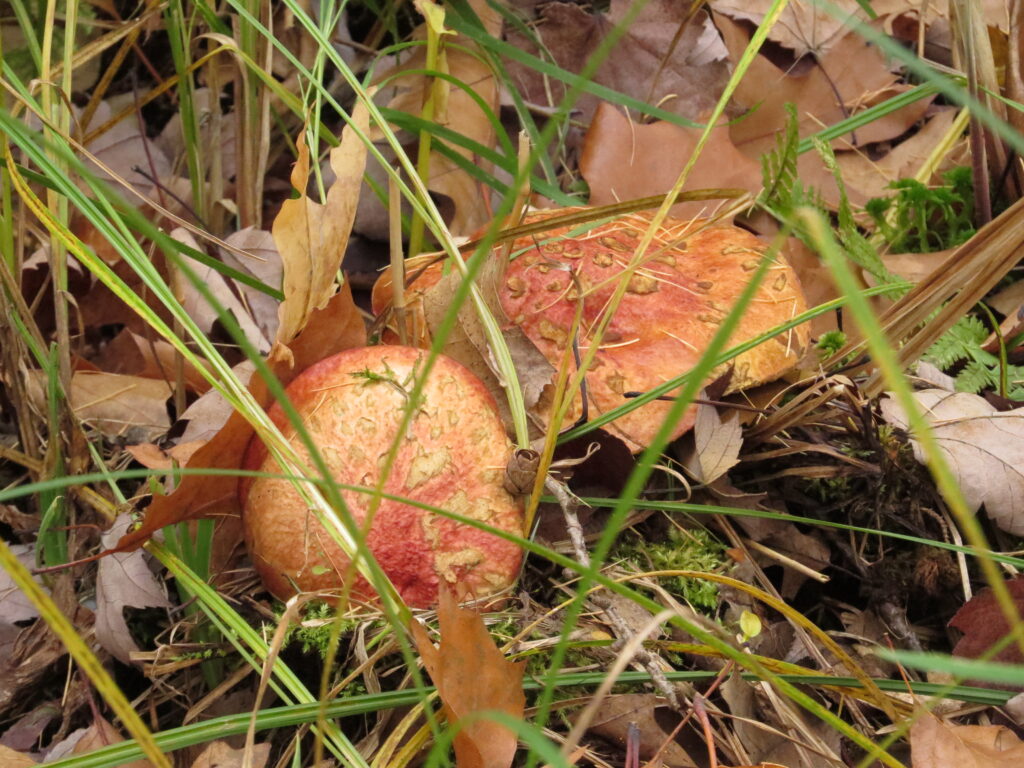
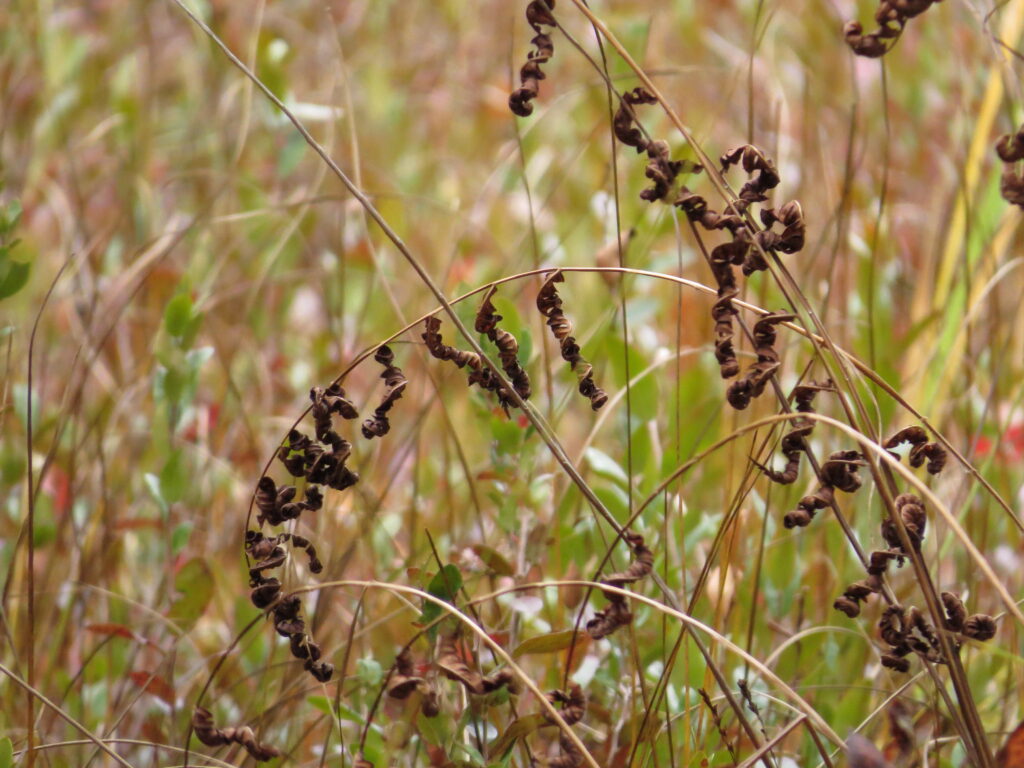

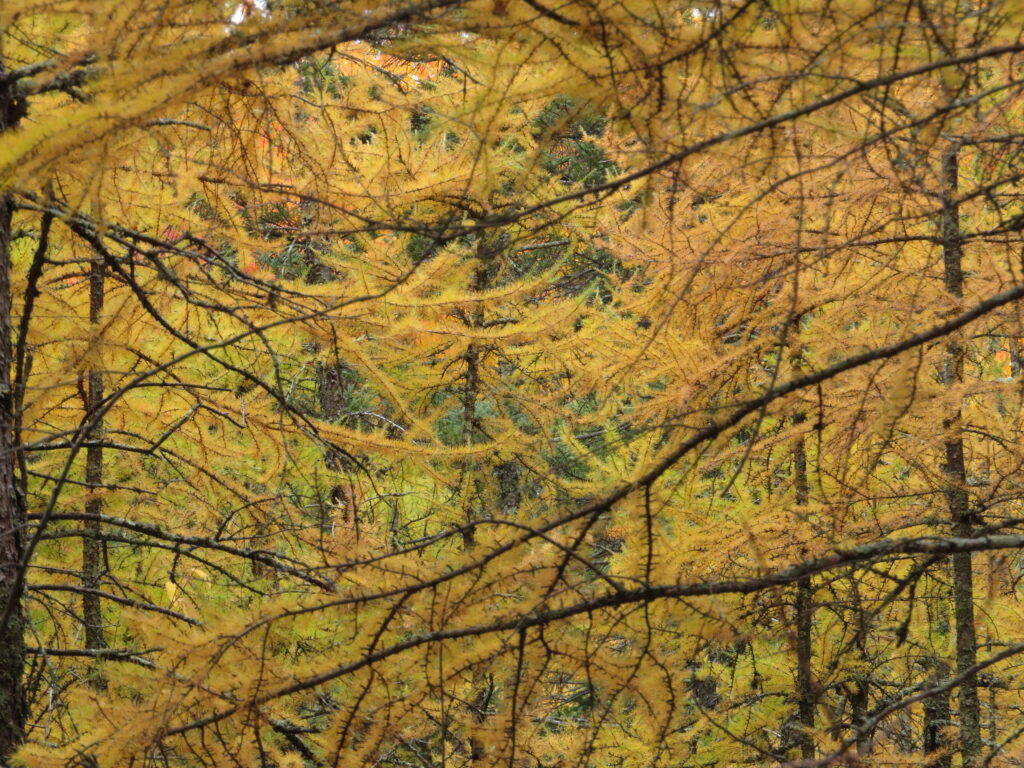

We circled around the bog, often walking on boardwalks over the low spots. Orange mushrooms, green moss, gray lichens, and a scattering of leaves decorated the fallen logs and ground.

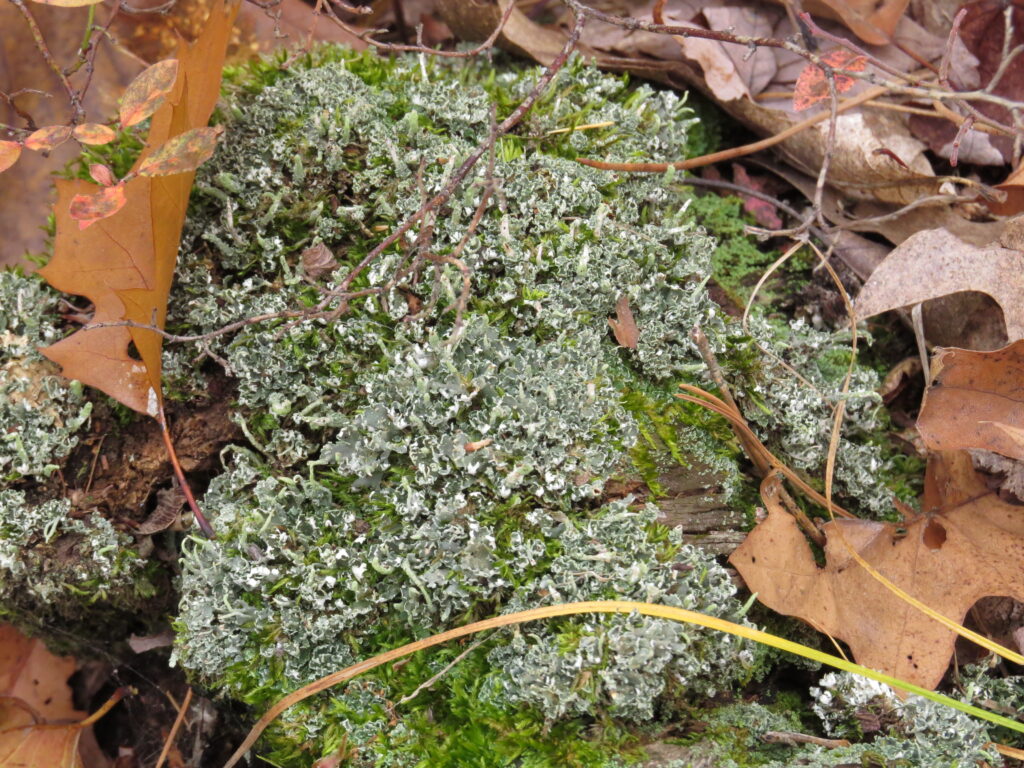

All I could do was peer into the bog, into its mystery. I wondered if a bear would cross a bog. What creatures live in the floating fantasyland? These places where we cannot go capture our attention and imagination.
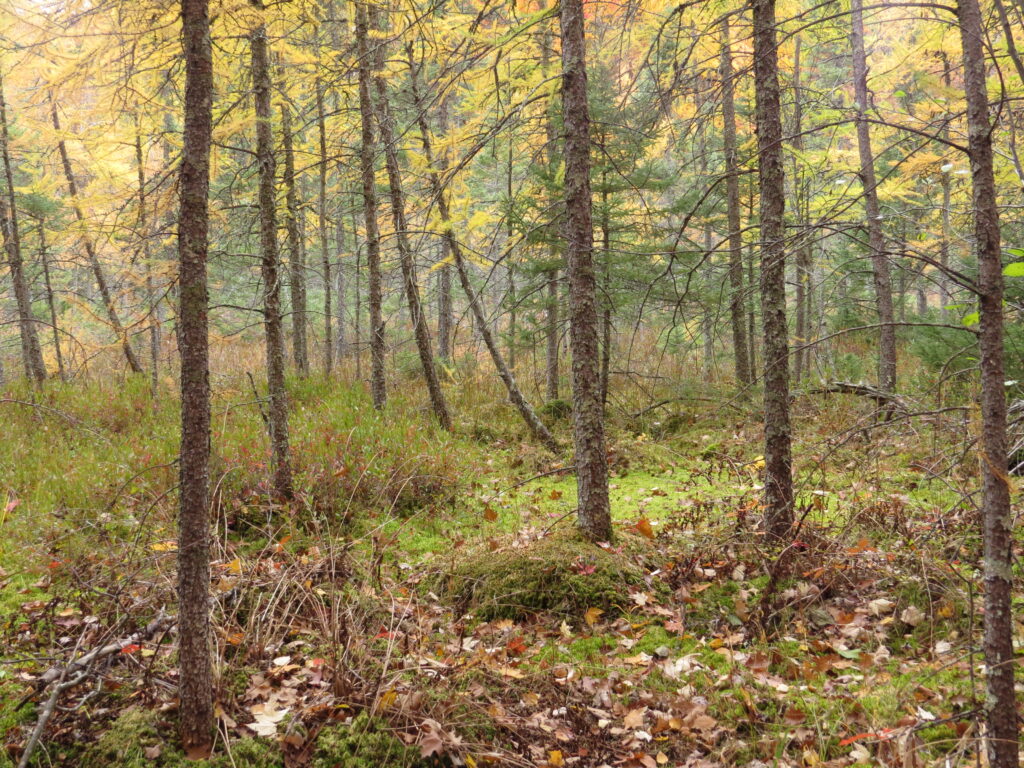
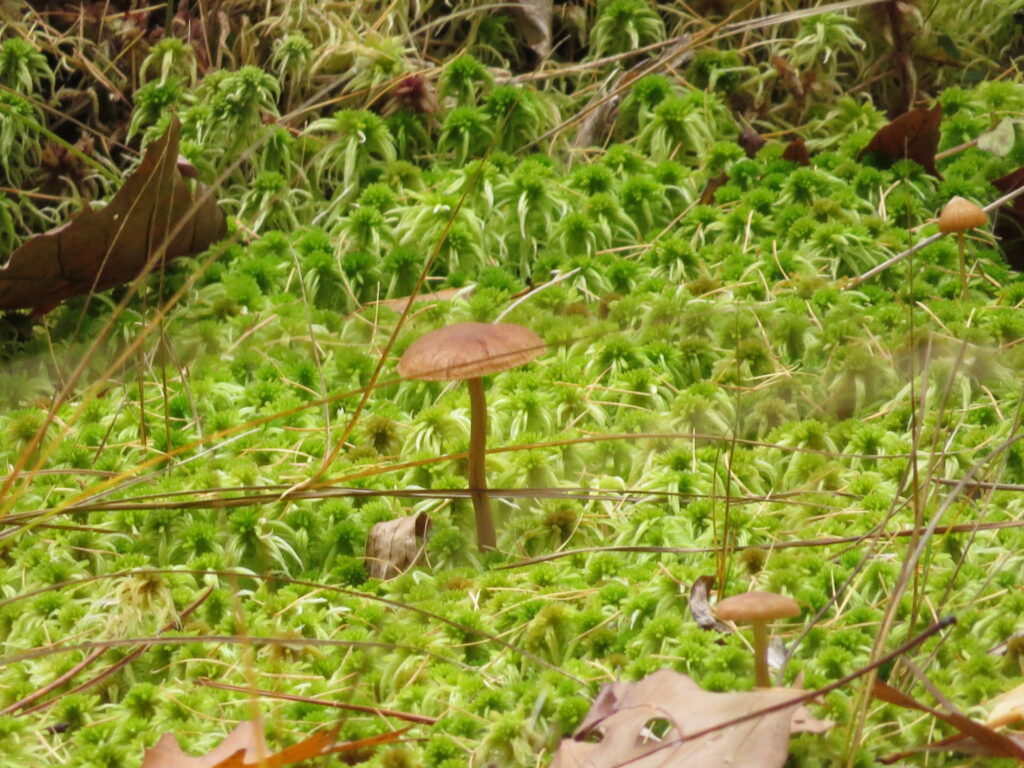
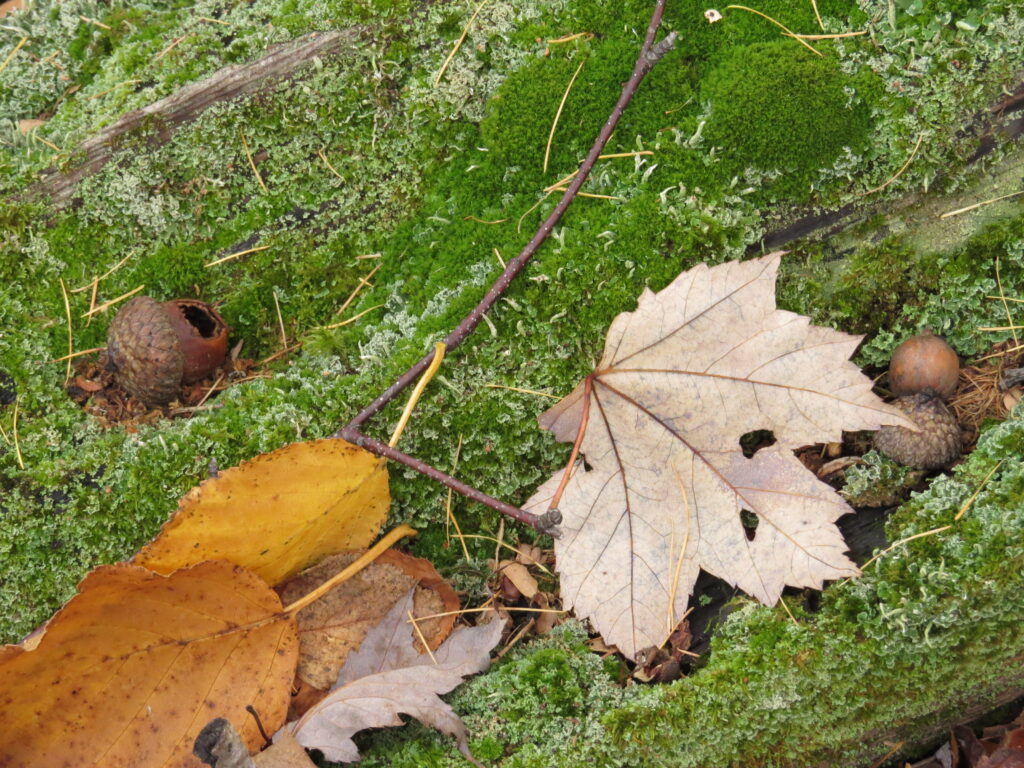
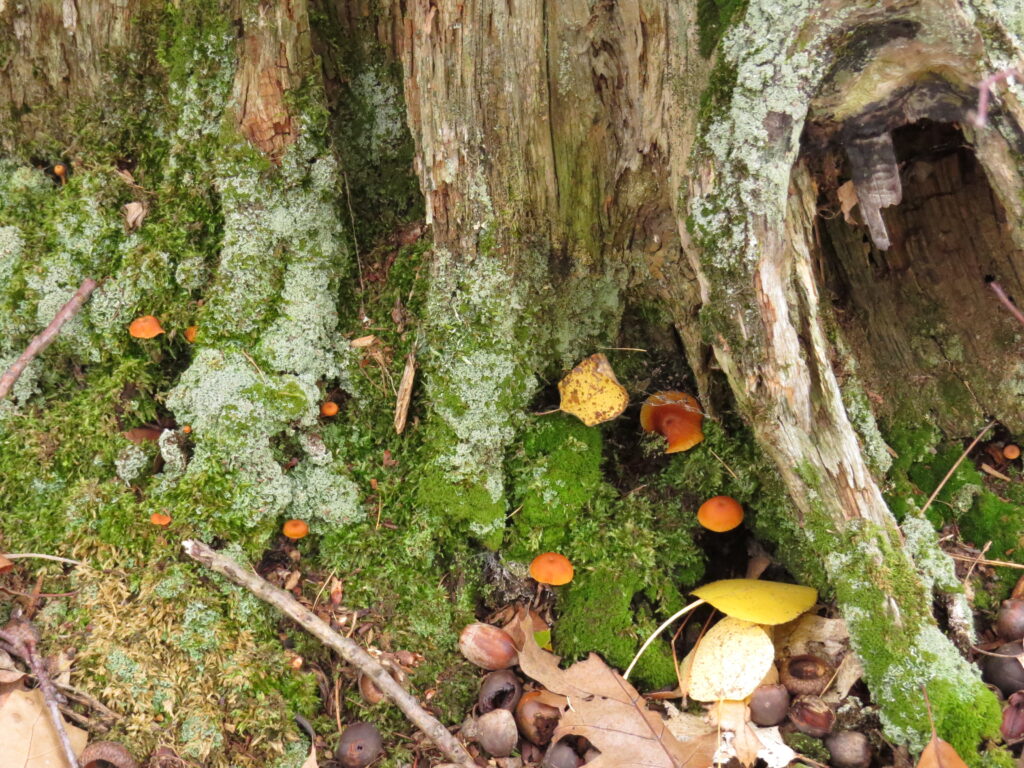
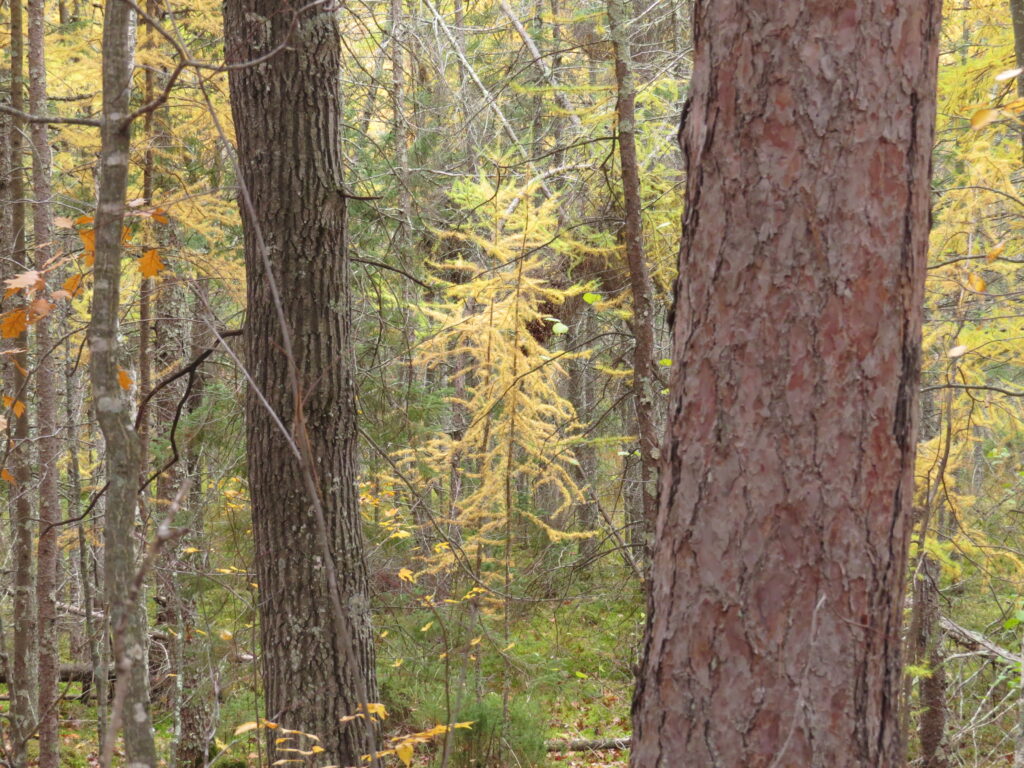

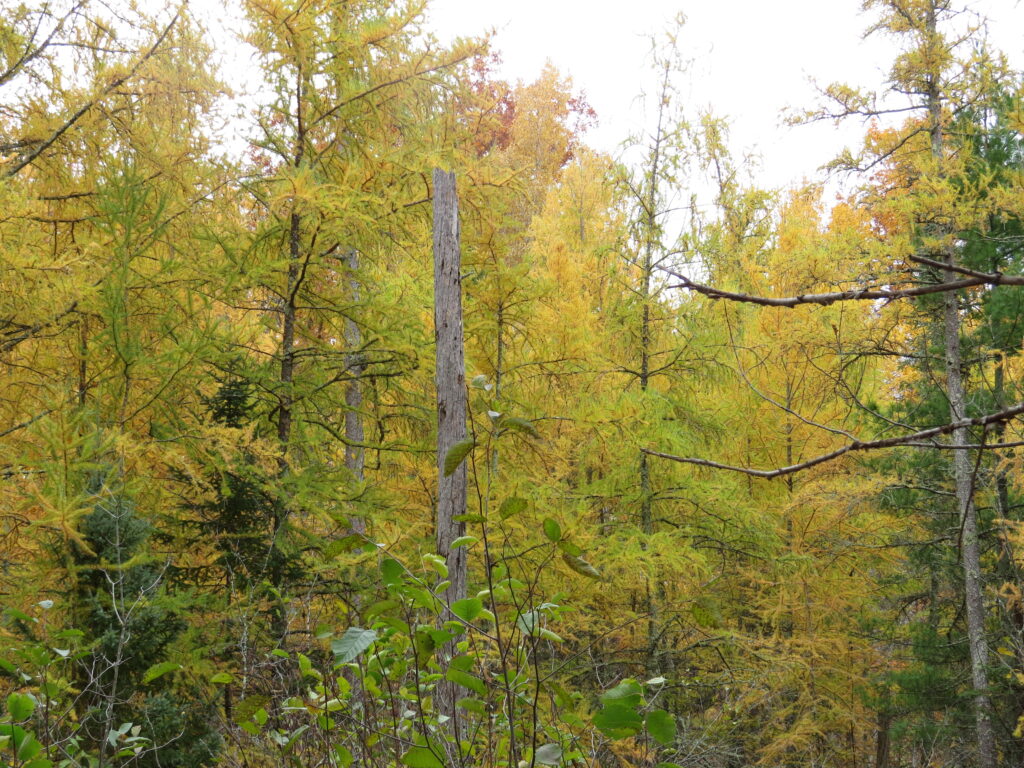
Colorful leaves camouflaged a colorful Fly Agaric mushroom popping from the ground in its Autumn season. This one is pretty but toxic.
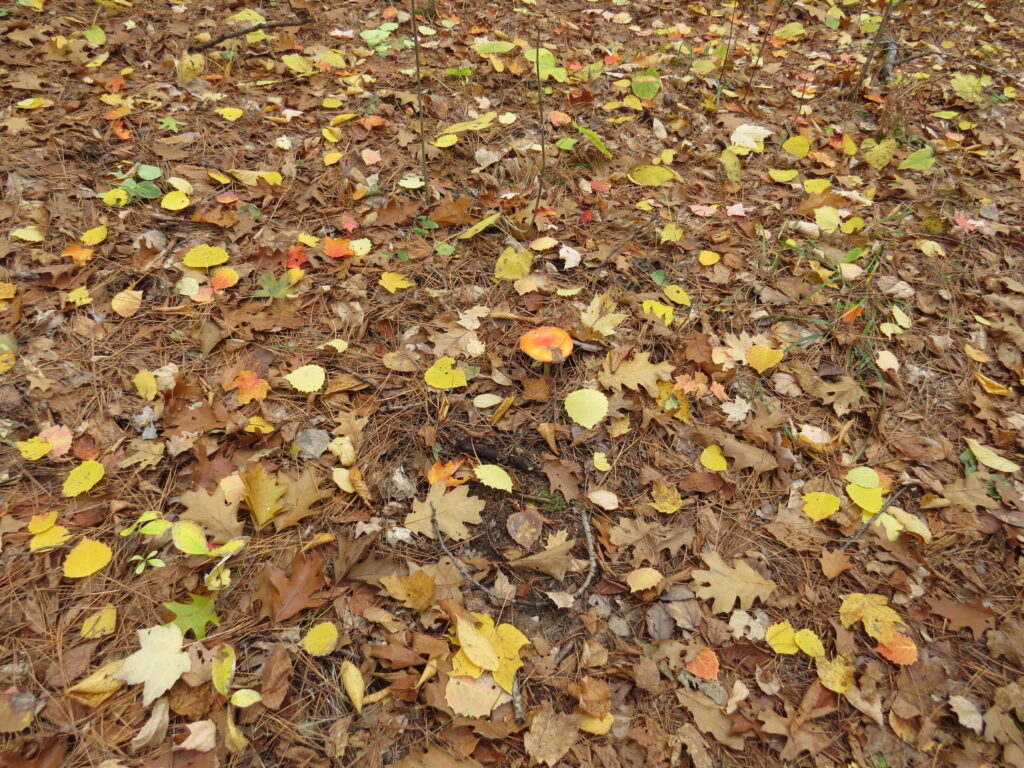
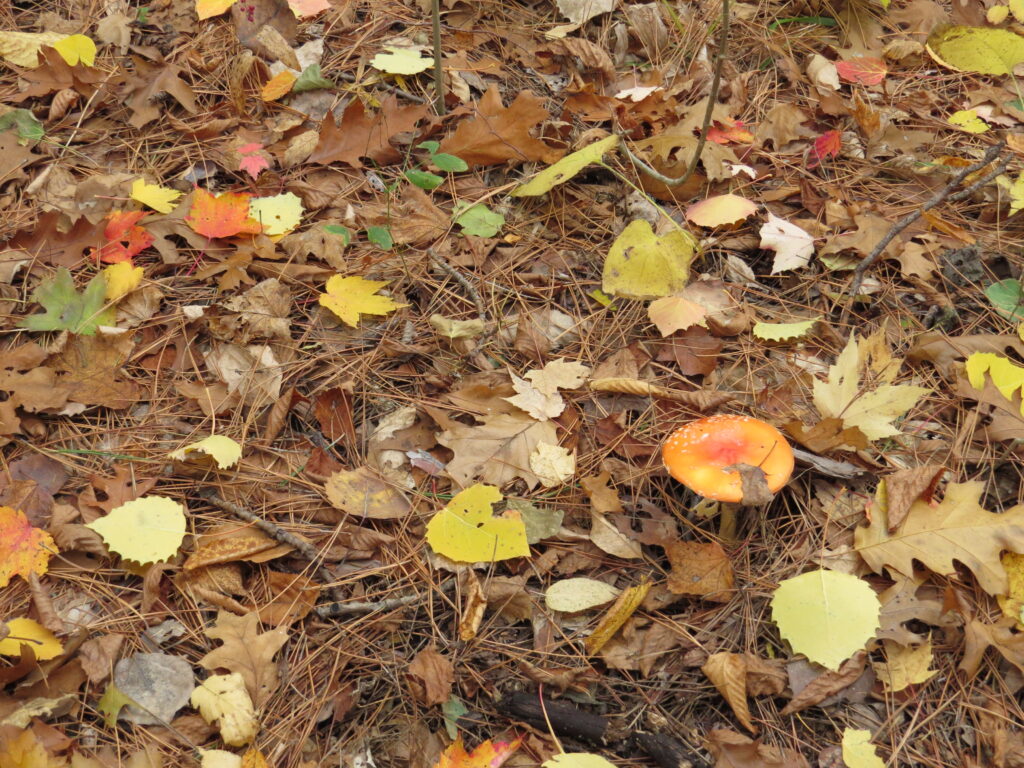
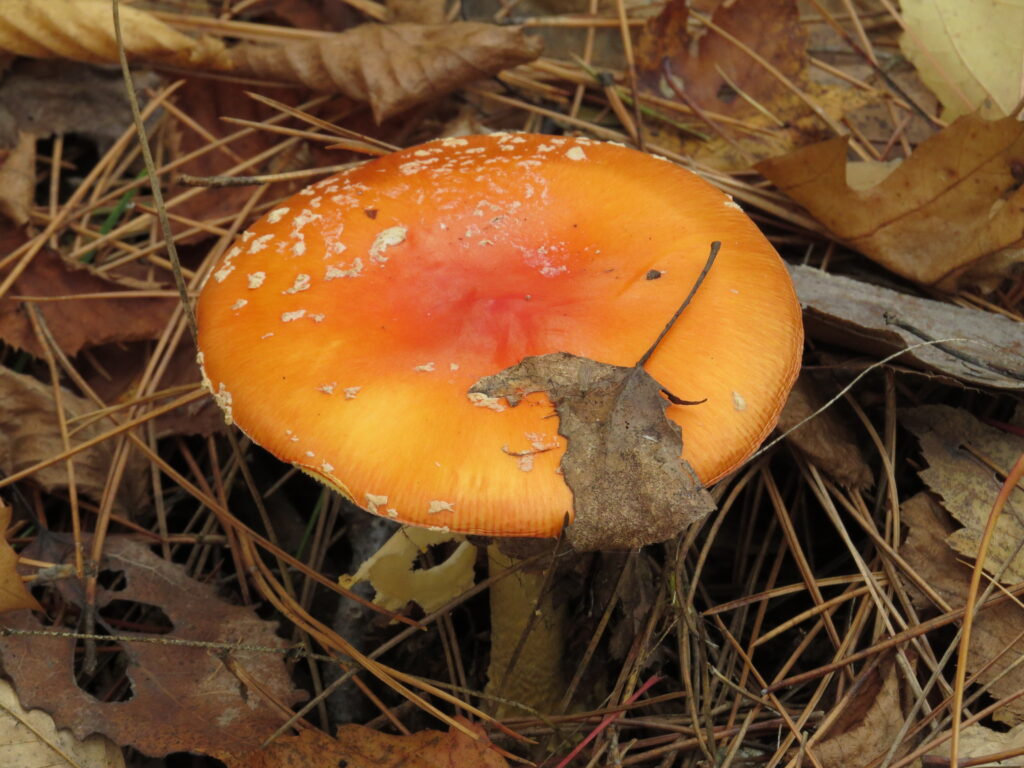
The trail veered away from the bog and was covered with a golden blanket of Big-toothed Aspen leaves. Old logs, like troughs, held the shimmering leaves. Drink in the beauty.

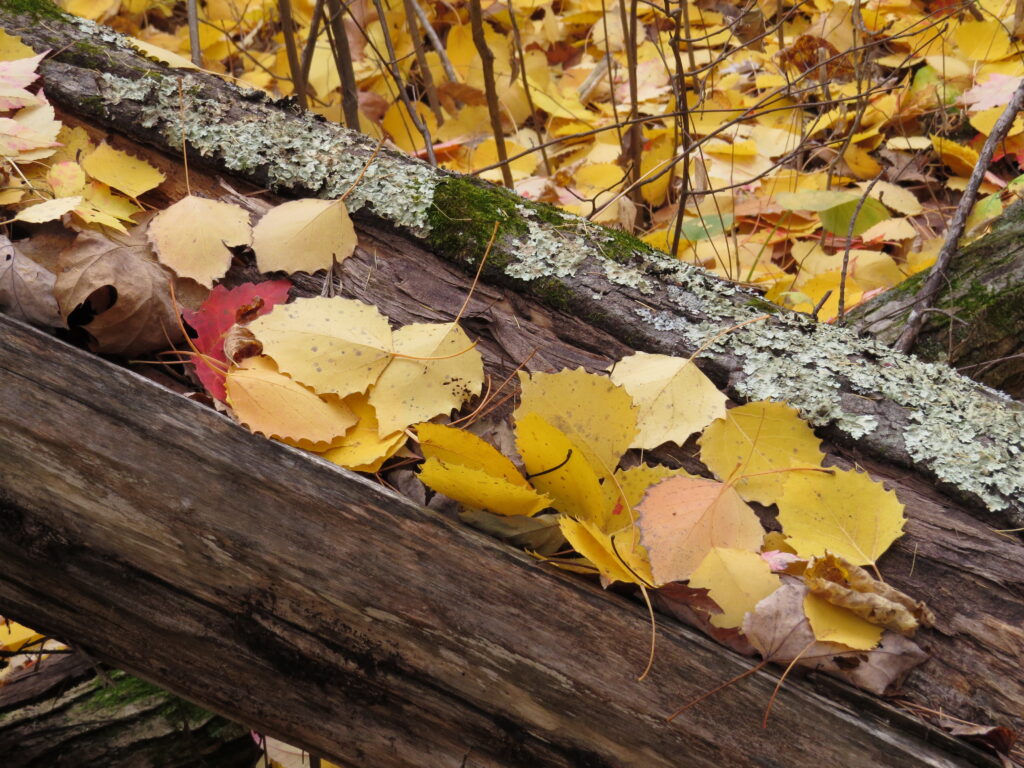
Claw marks from a smaller-than-a-bear animal were etched into a mushroom on the trail, but soon we passed another large Pine tree that had the head-high scratches from a bear.
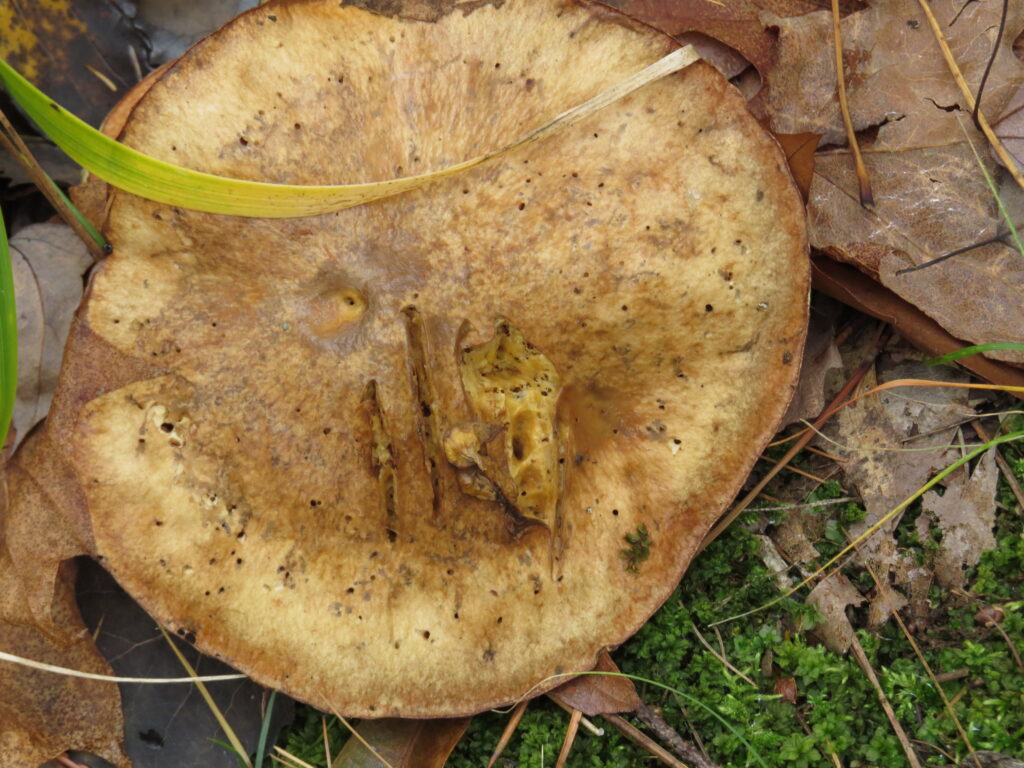
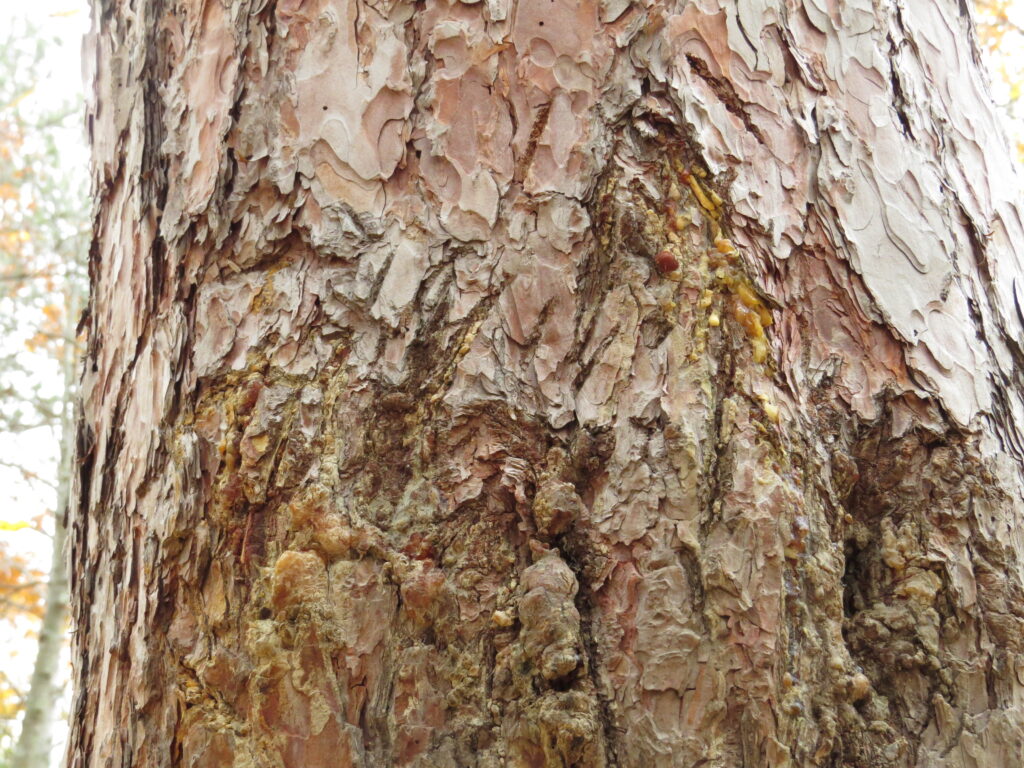
Another sign was a torn apart rotten log where a bear had been on a quest to find ants, grubs, or rodents.
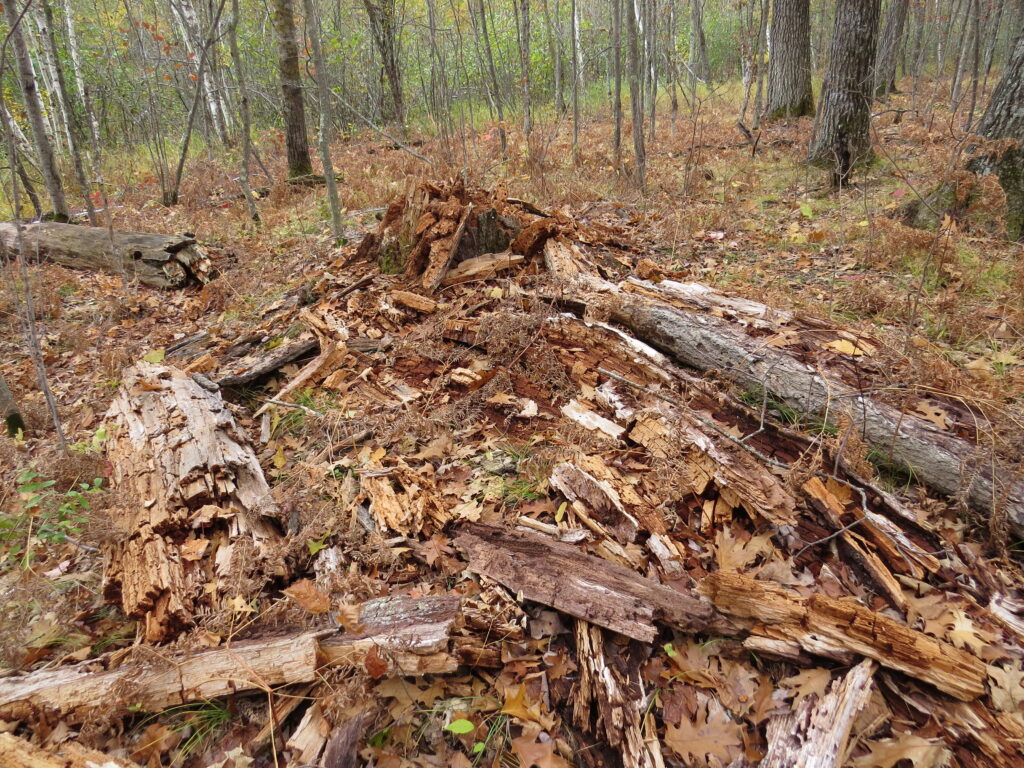
One tree gone back to the Earth, a new one to take its place.
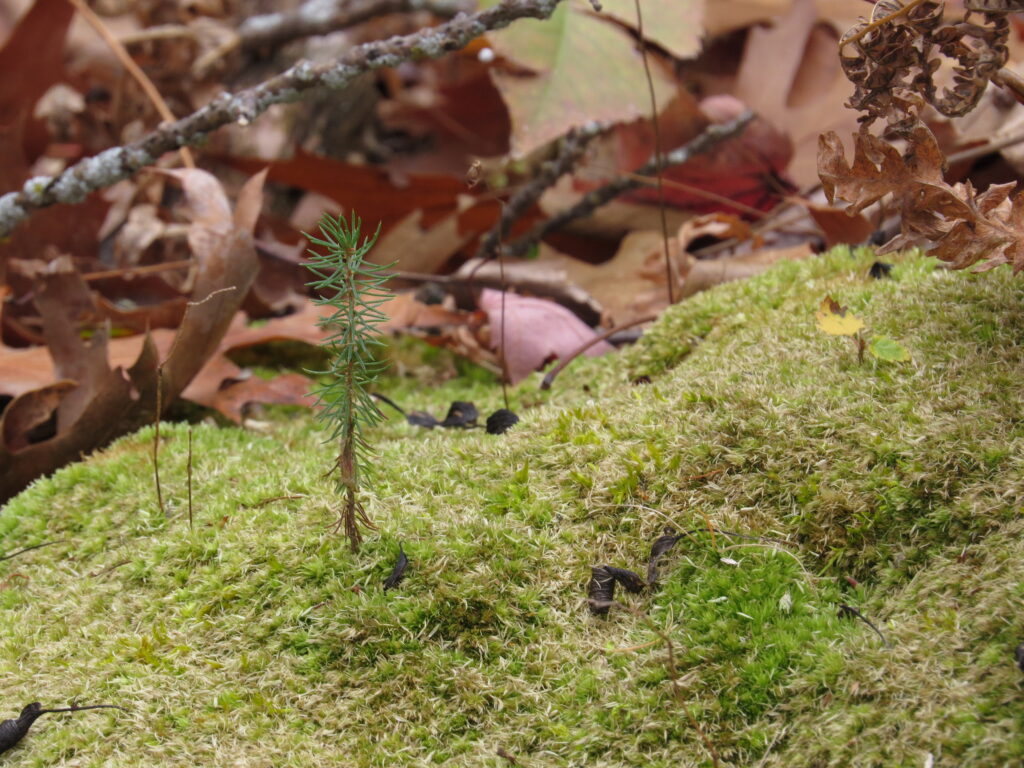
Towards the end of the trail, there was a wetland of rushes and grasses carving out a space in the forest of Oaks and Aspens. The most beautiful part was a ring of young Paper Birch trees standing in a singing circle close to the edge of the wetland.
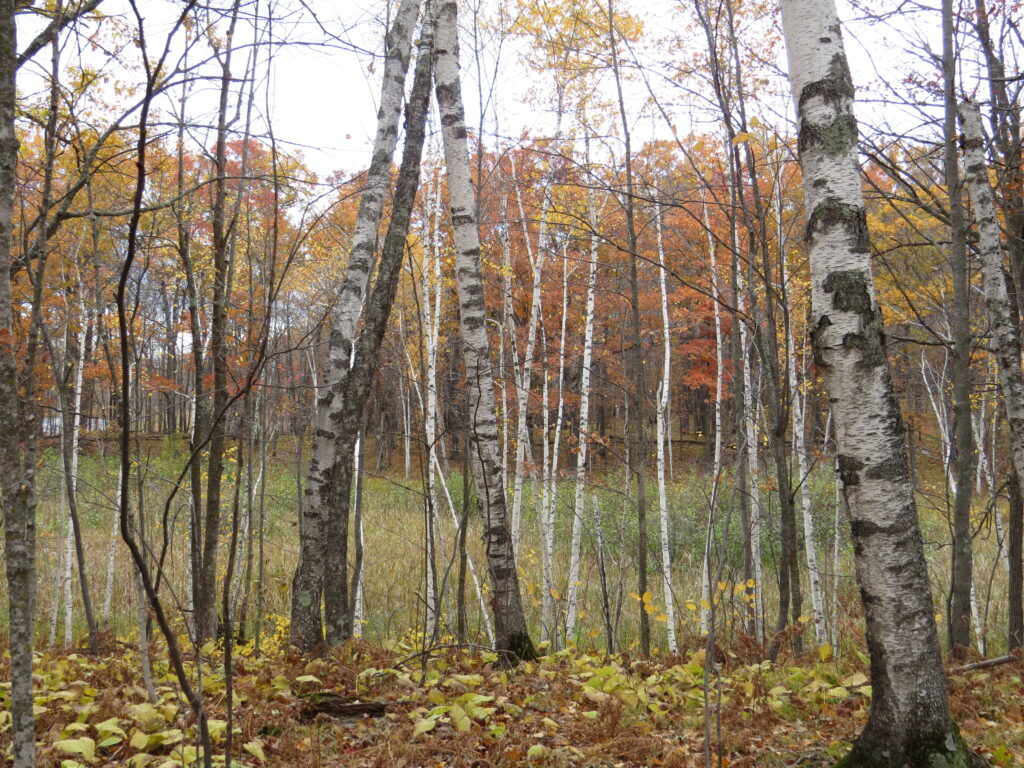
There is mystery and intrigue with bears and bogs. Both are natural and necessary parts of Northern Minnesota. The water-laden peat moss is an unsteady anchor for most trees, yet others have adapted their root systems to splay out in order to stand tall. The bog plants are unique in the same way—adapting to the sometimes harsh conditions in order to thrive. The bog and the bears stand apart from passers-by (usually), even as we are in their midst. We know on whose ground we tread (or tread around.)
Autumn is a glorious time—perhaps to fill our hearts with goodness and appreciation in order for us to traverse our more difficult Winter. Life is like that—we have goodness-filled glorious moments to sustain us through our hard times. Through it all, we are walking the trail of our Life’s journey towards our true self. We begin to see our own true colors and those of the people around us. And there is always a place, a part, a piece of us that seems like a place we cannot go, a place we fear to go. It nags at us, consciously or unconsciously, and intrigues us in some wistful way. That’s where we need to go—it’s an invitation and a map. There may be bears and bogs that frighten us and deter us, but our true self is brave. Our hearts are open to receive it. Drink in the Beauty of it.
Thank you, readers! I am grateful for all of you who have joined me on this glorious Autumn walk. This post marks my 500th post of North Star Nature! I began this venture almost ten years ago (March of 2014) to share Nature’s beauty and wisdom, never dreaming I’d write 500 posts and share over 7500 photographs! A special thank you to those of you who have been with me from the beginning. If you love the great outdoors, be sure to like and share North Star Nature!
